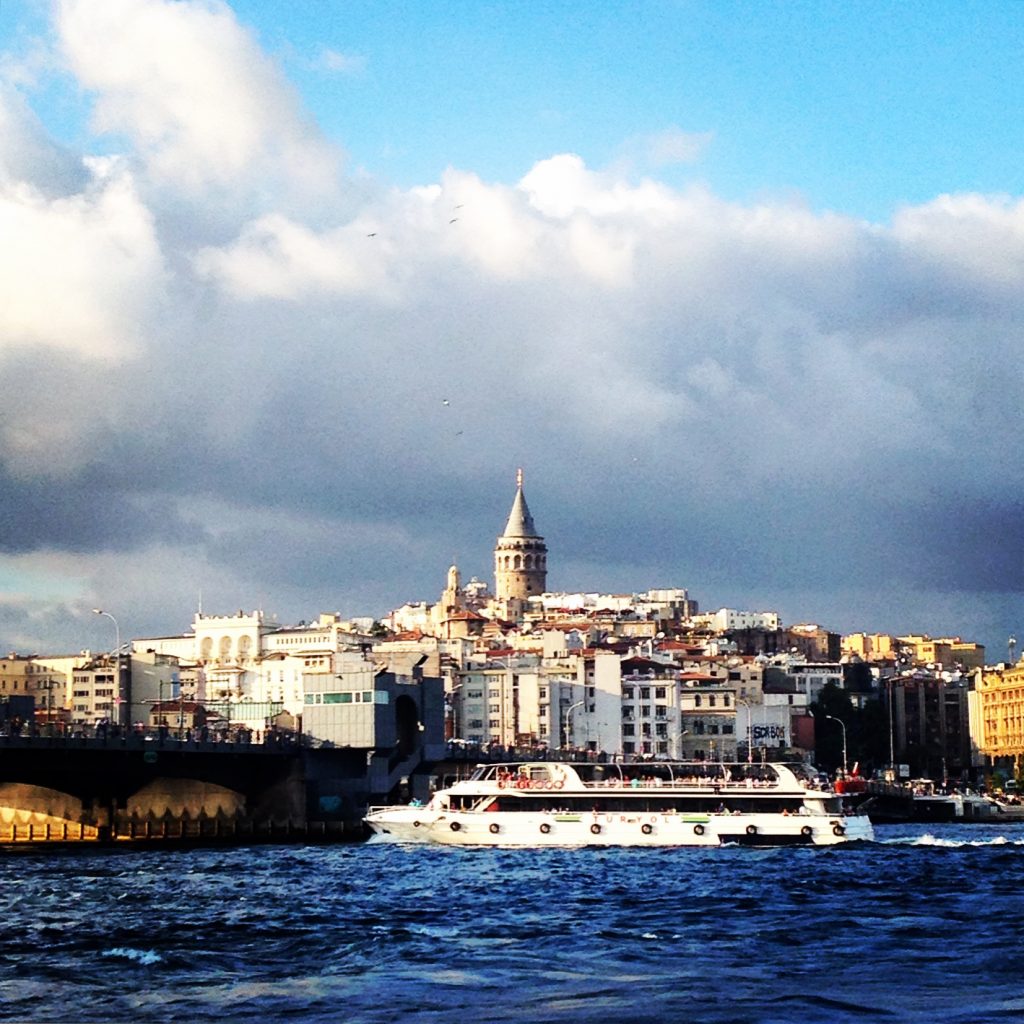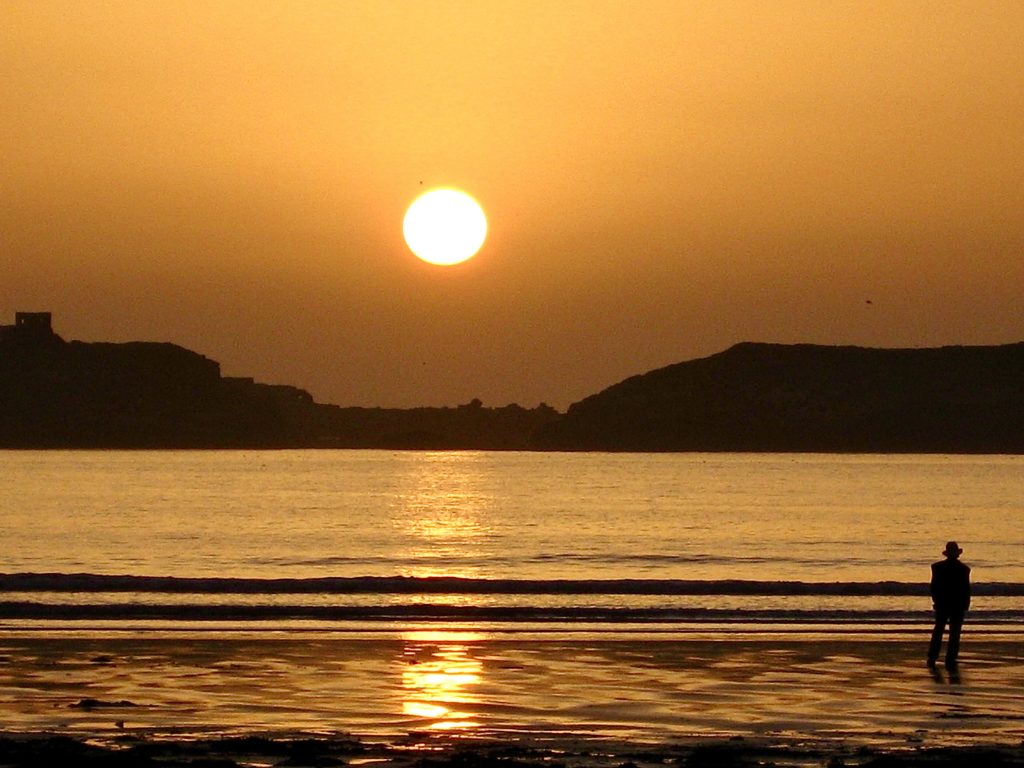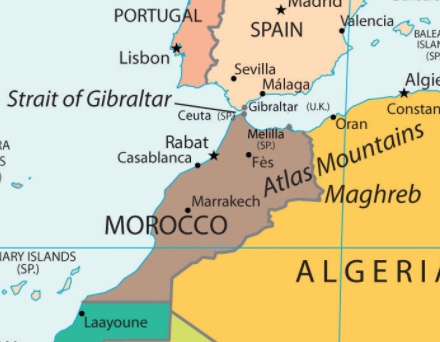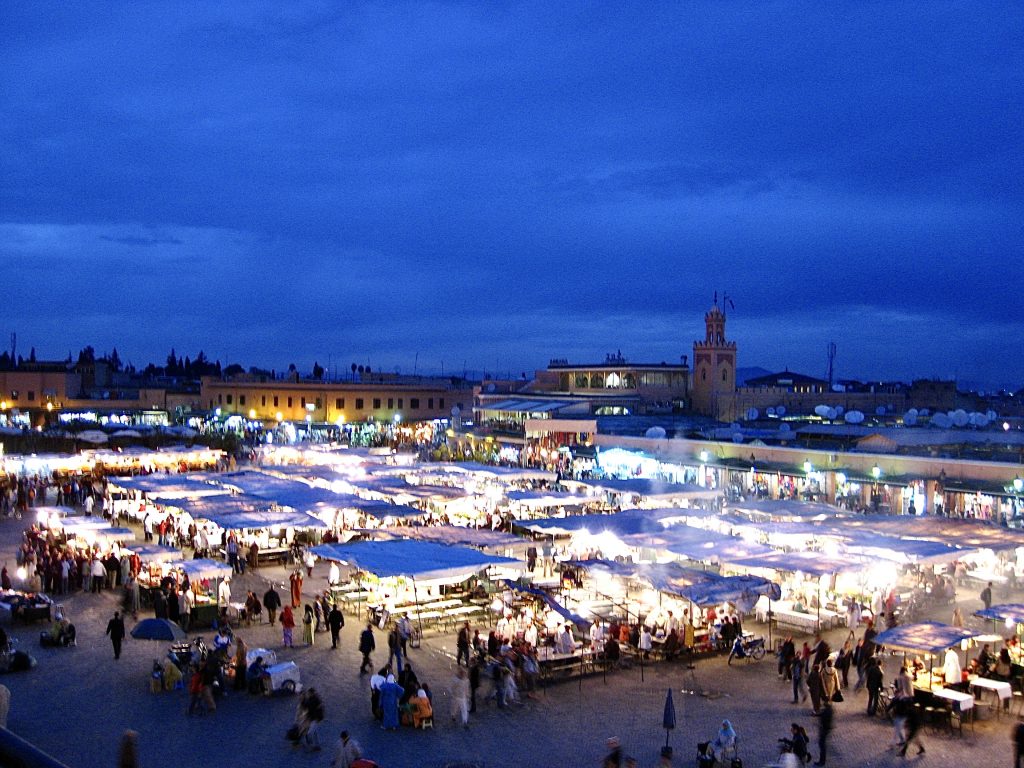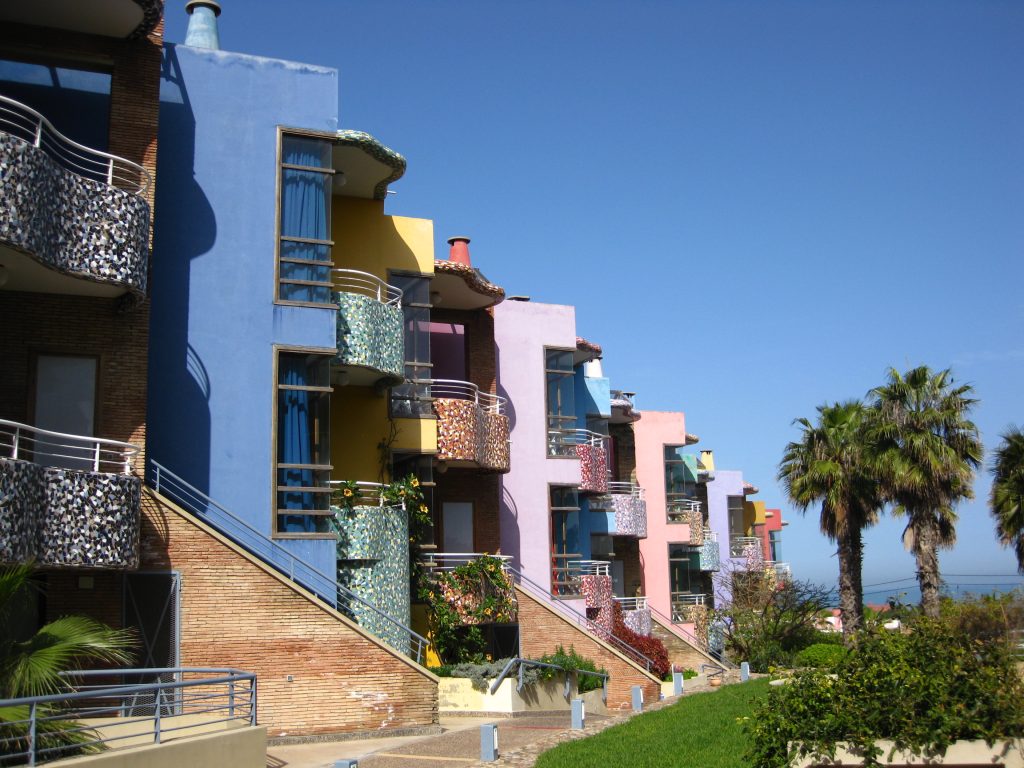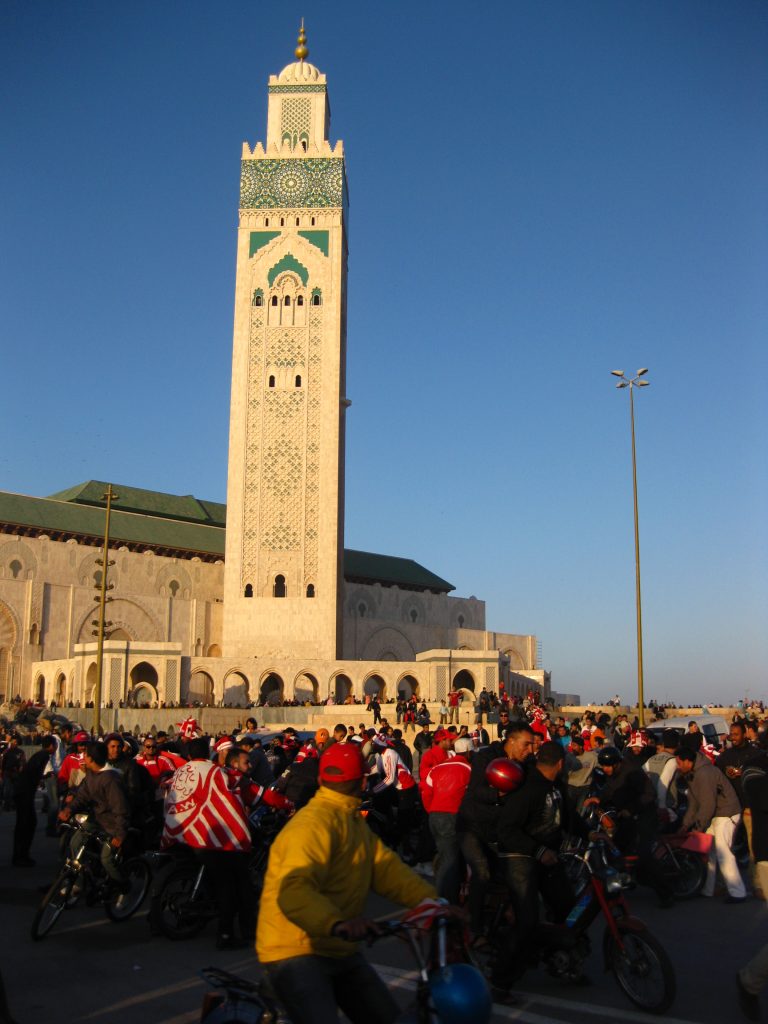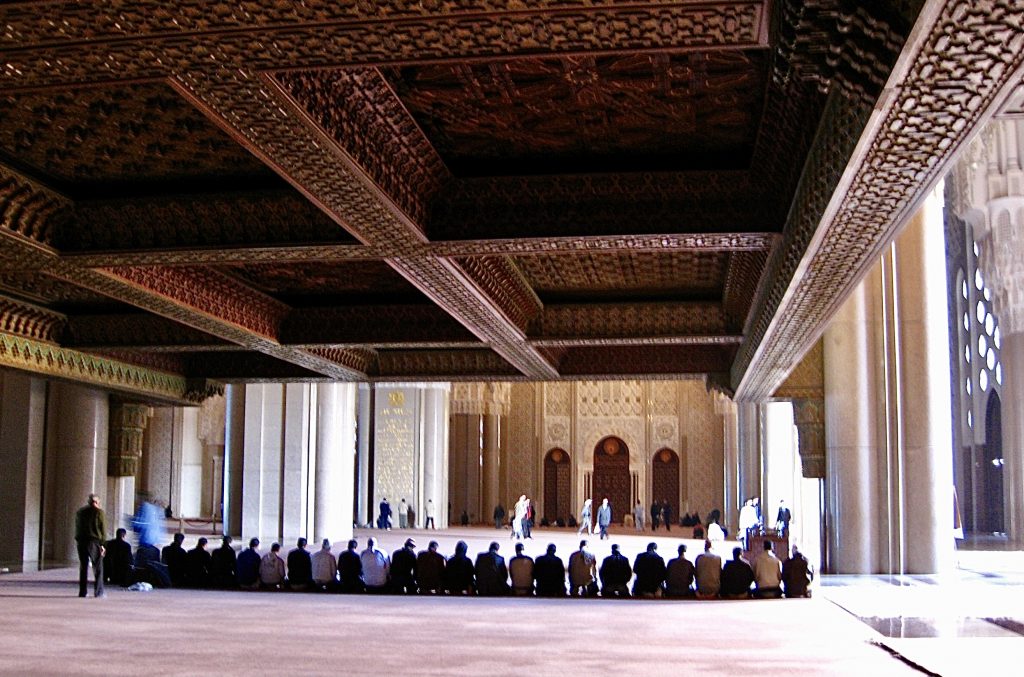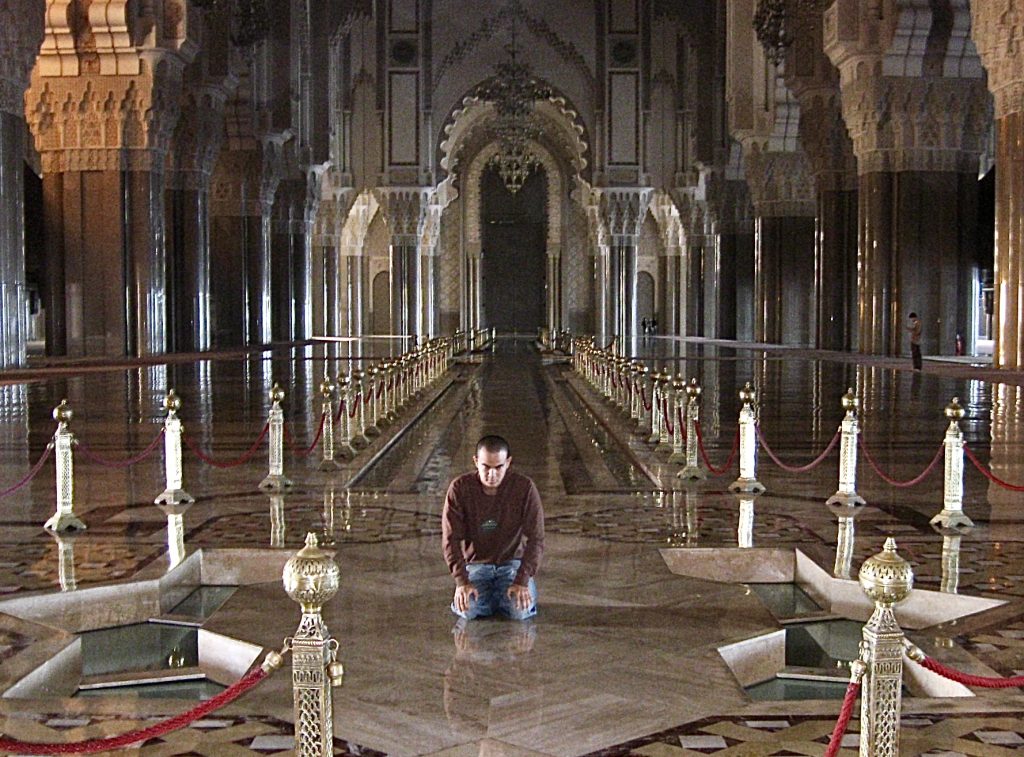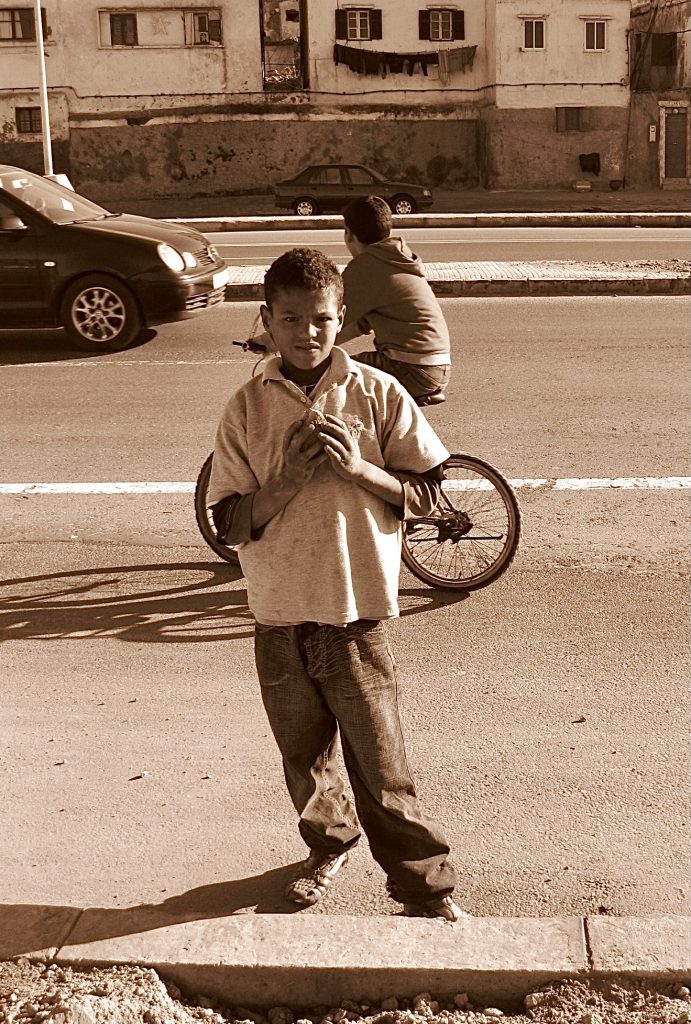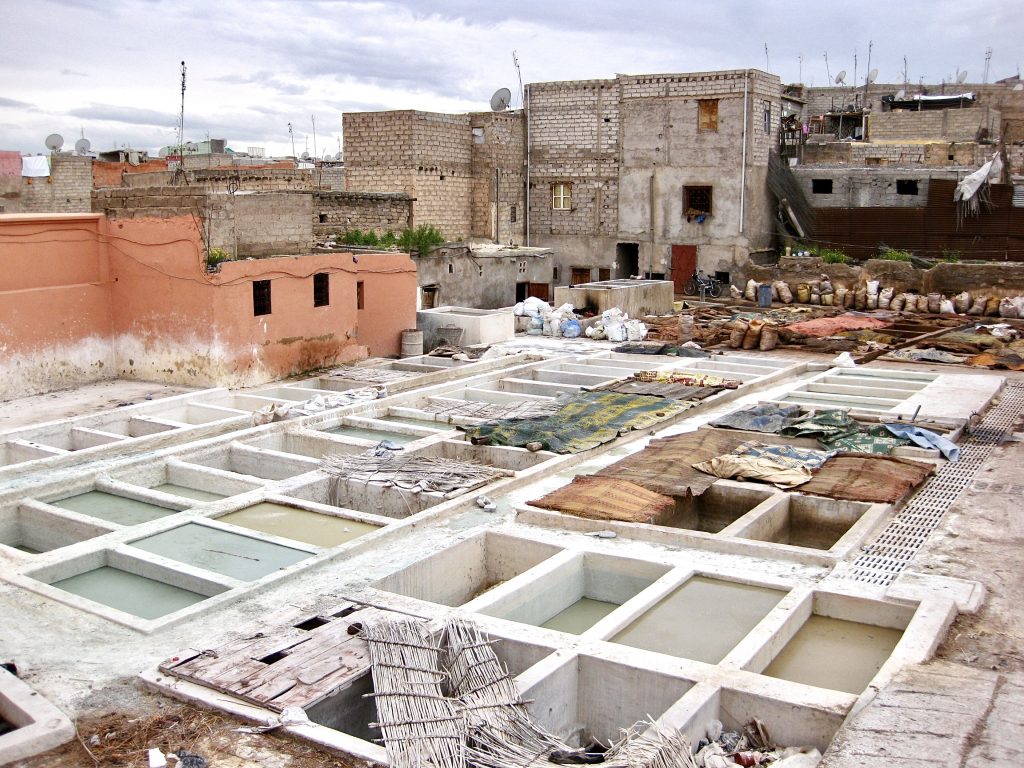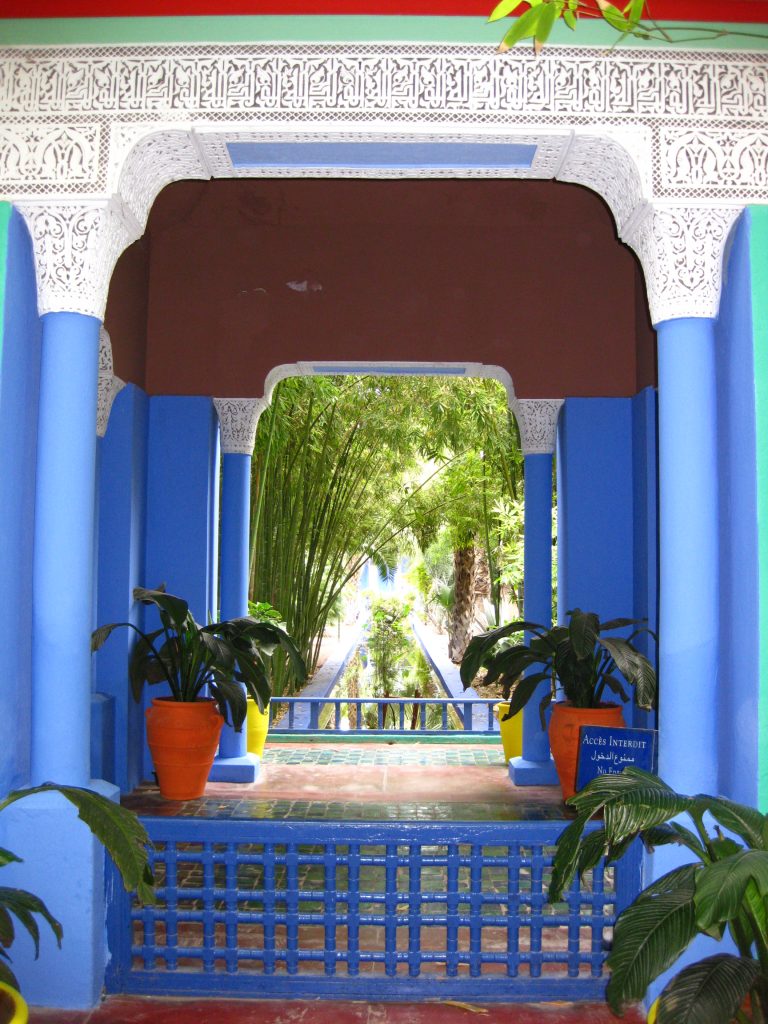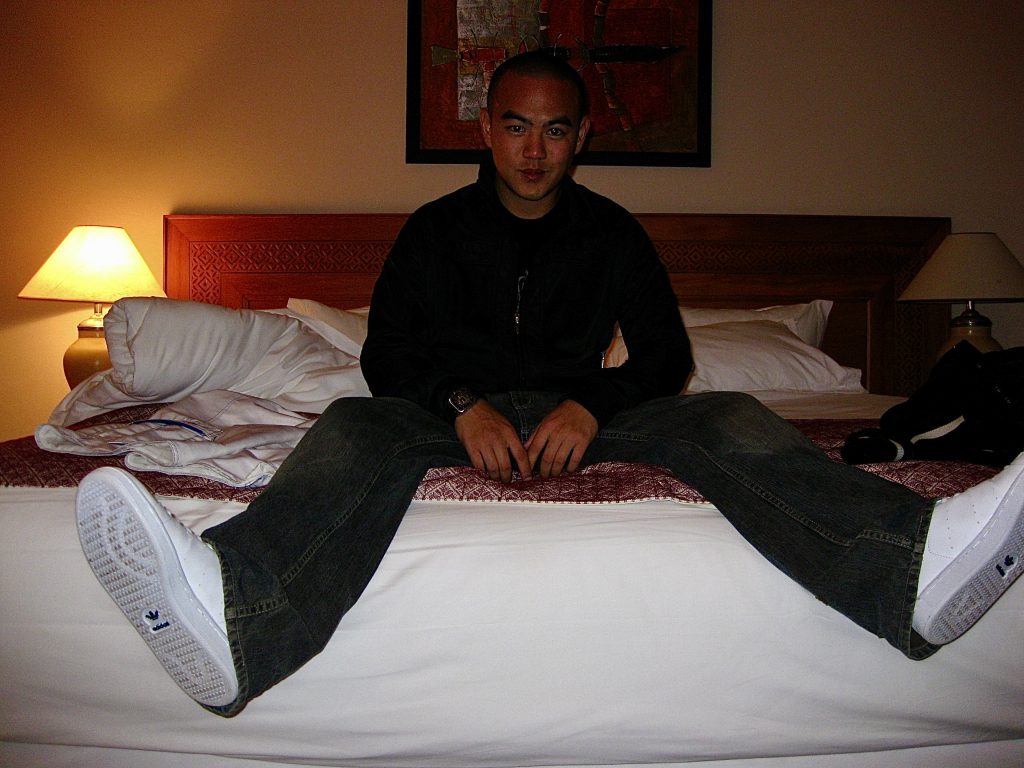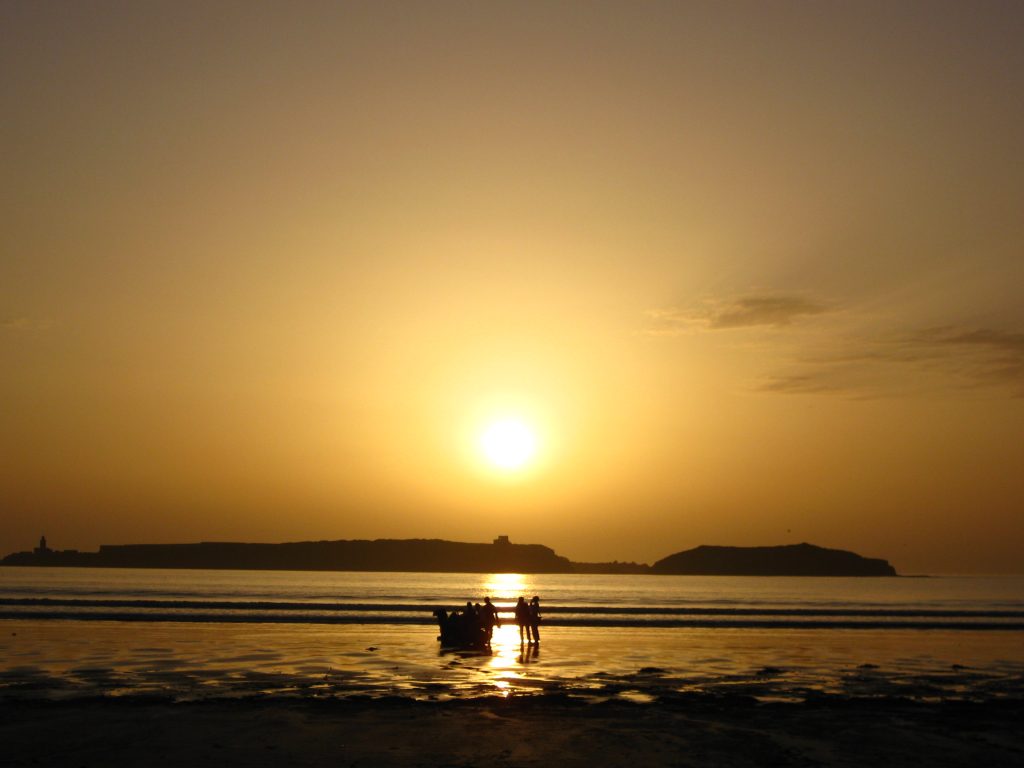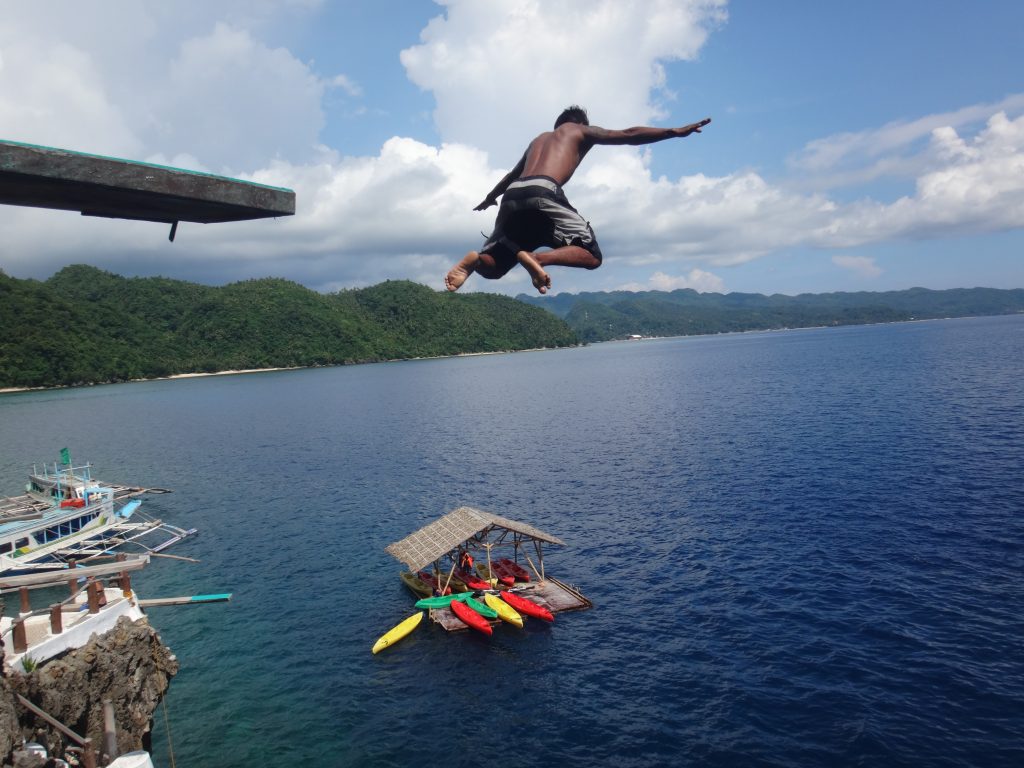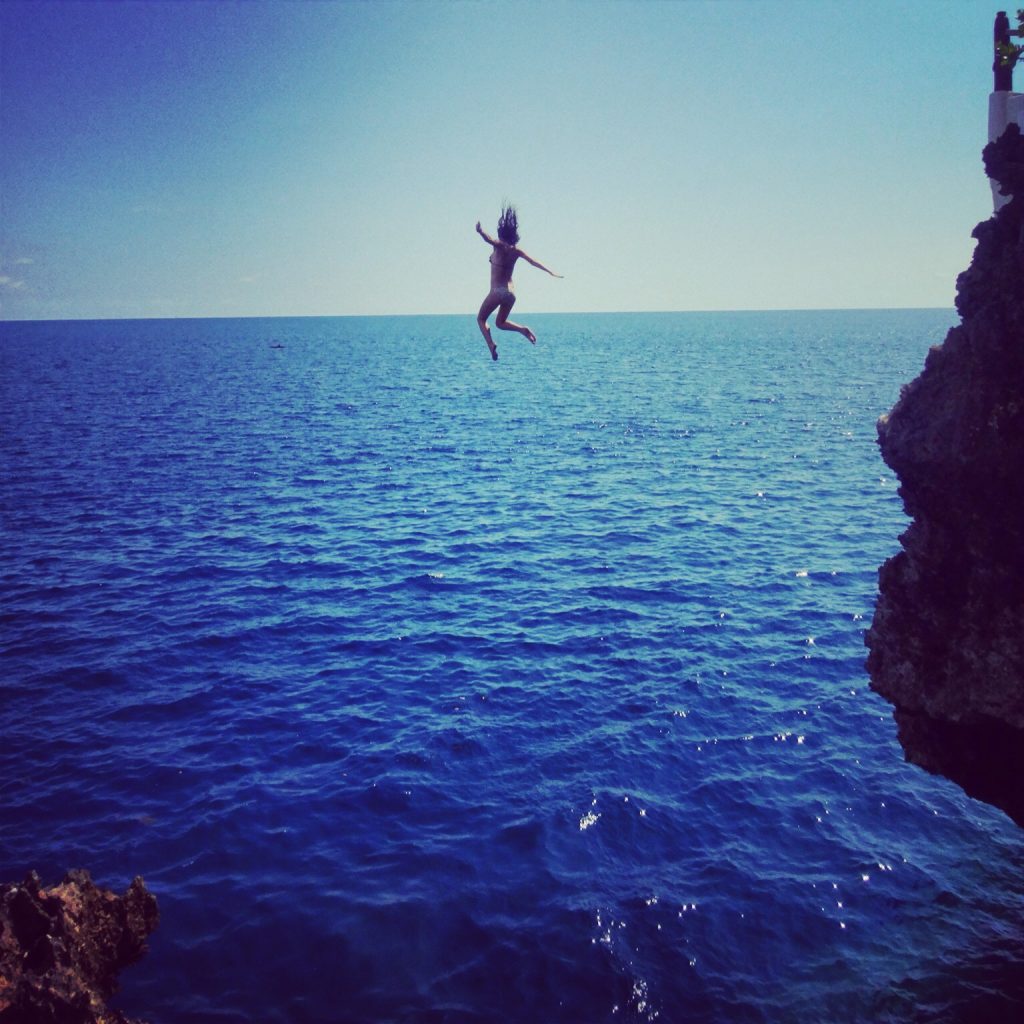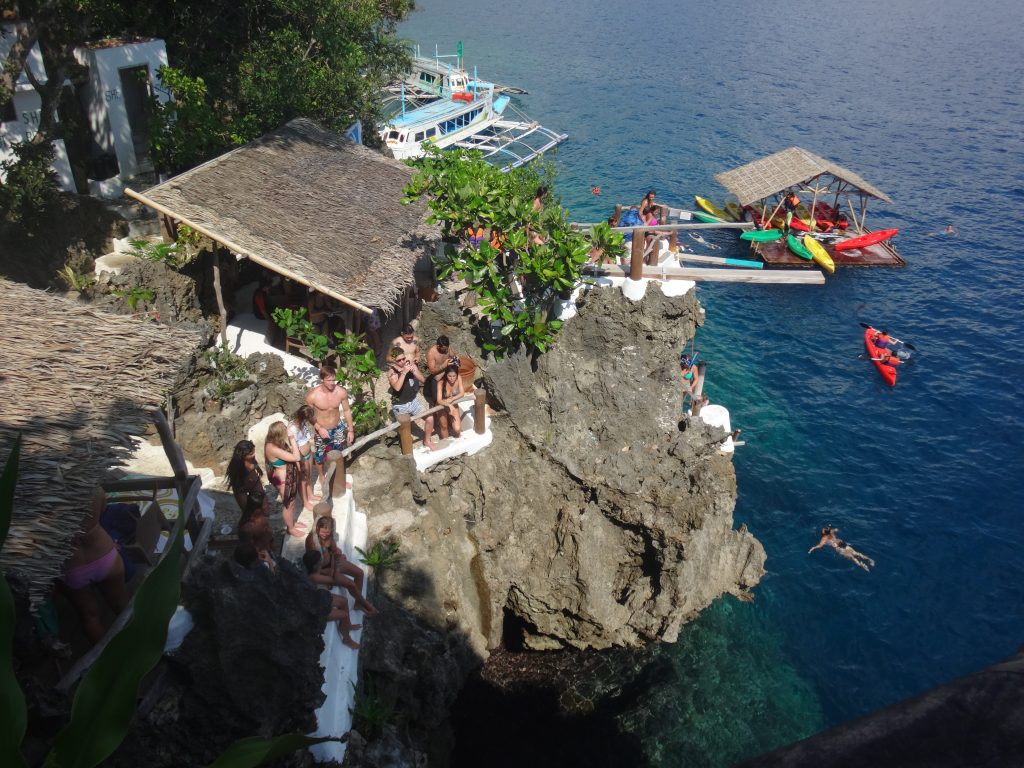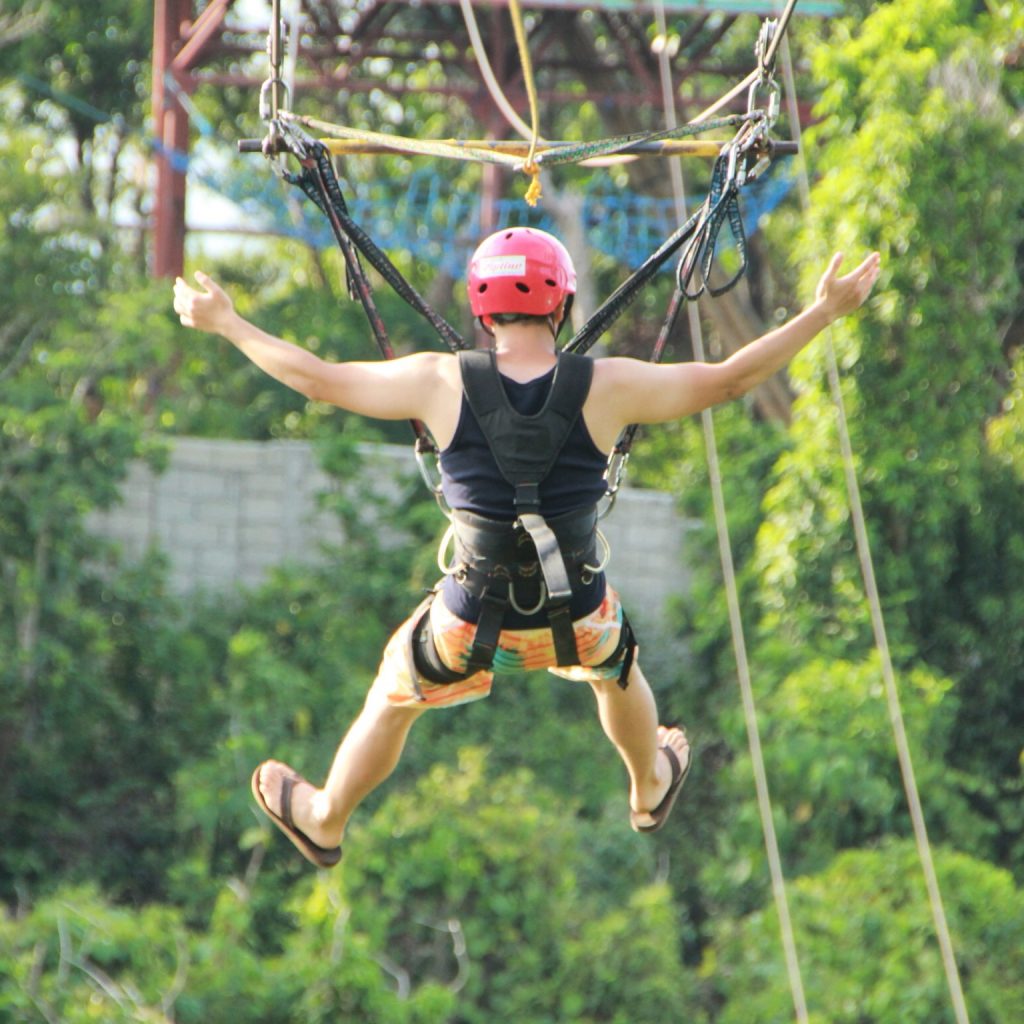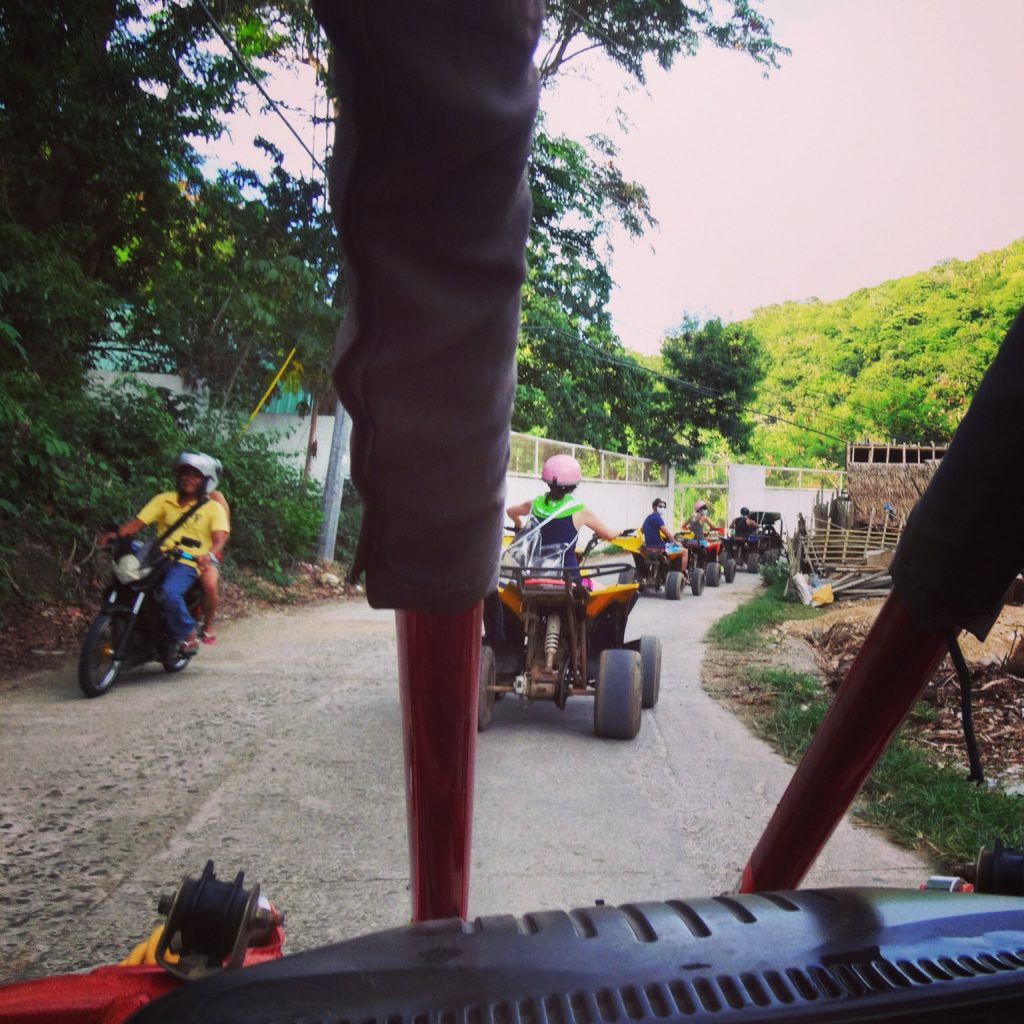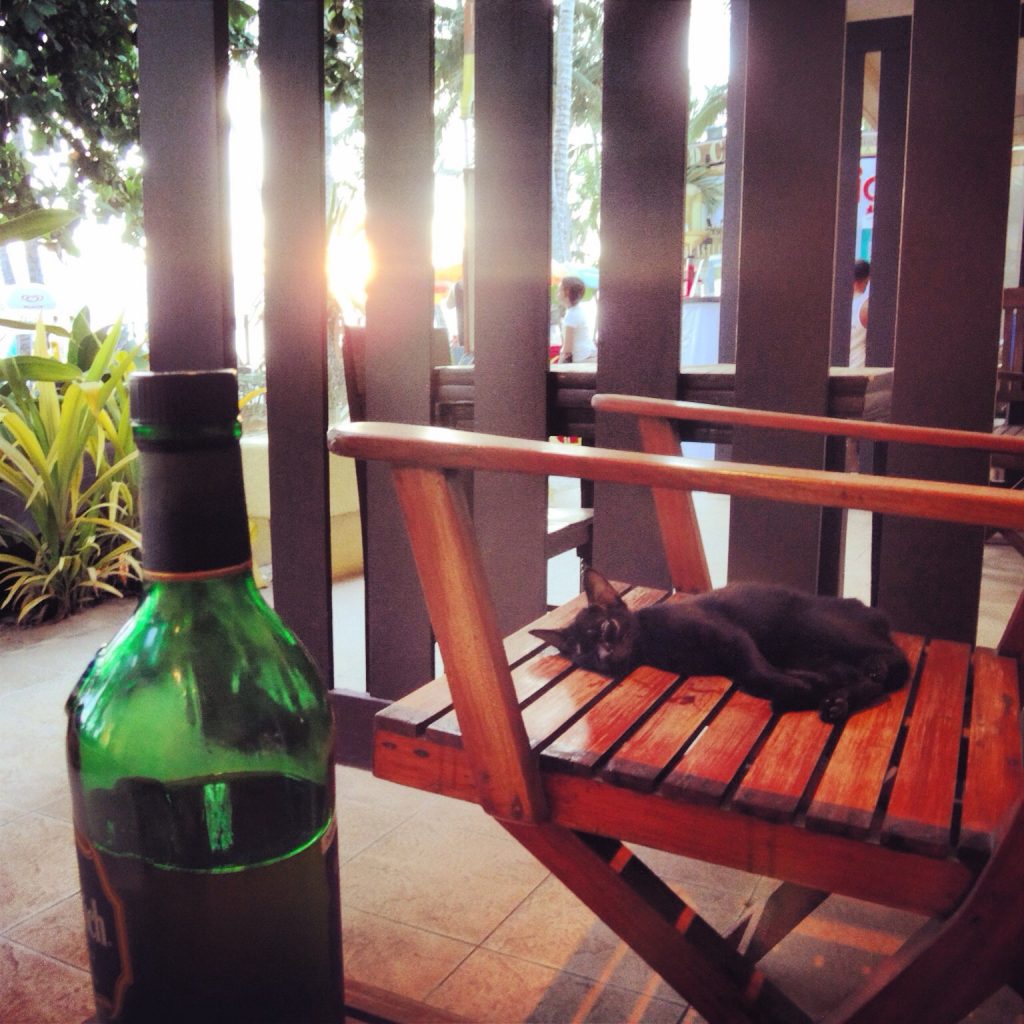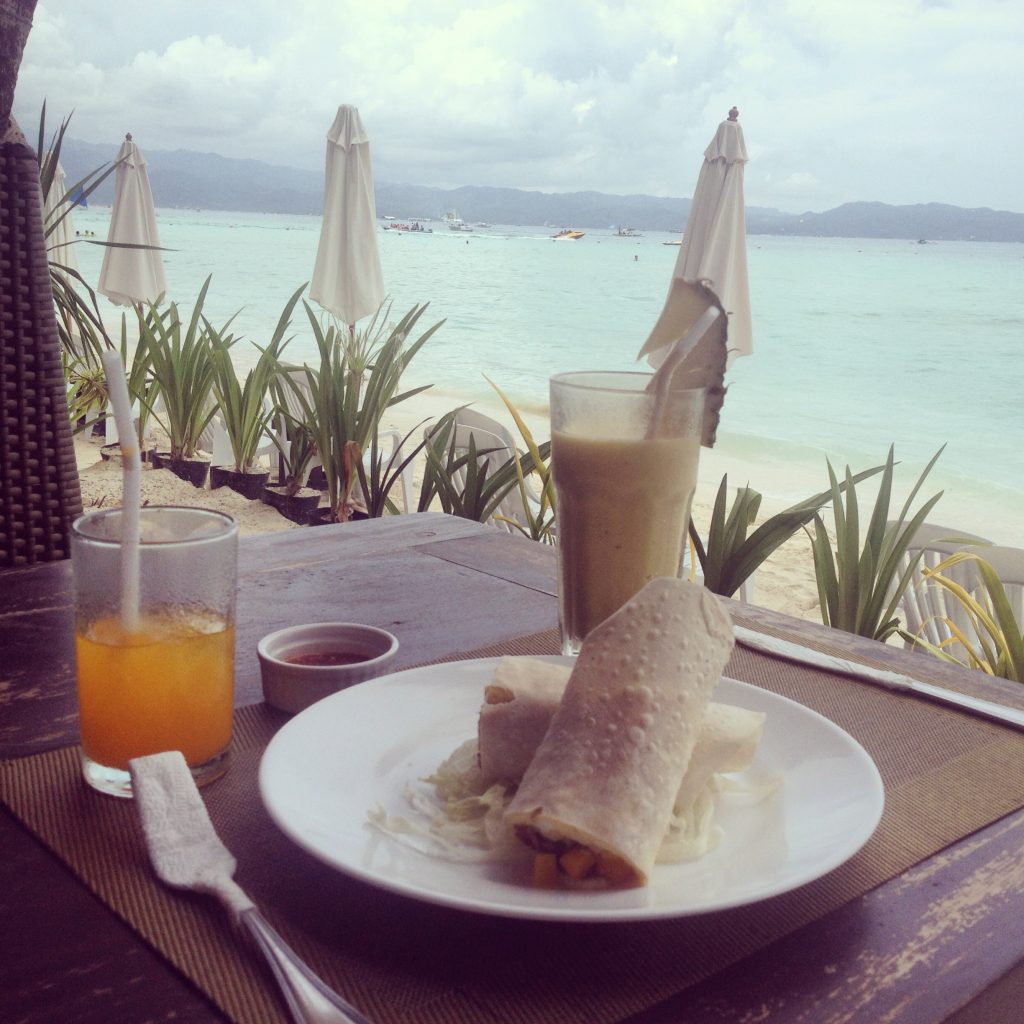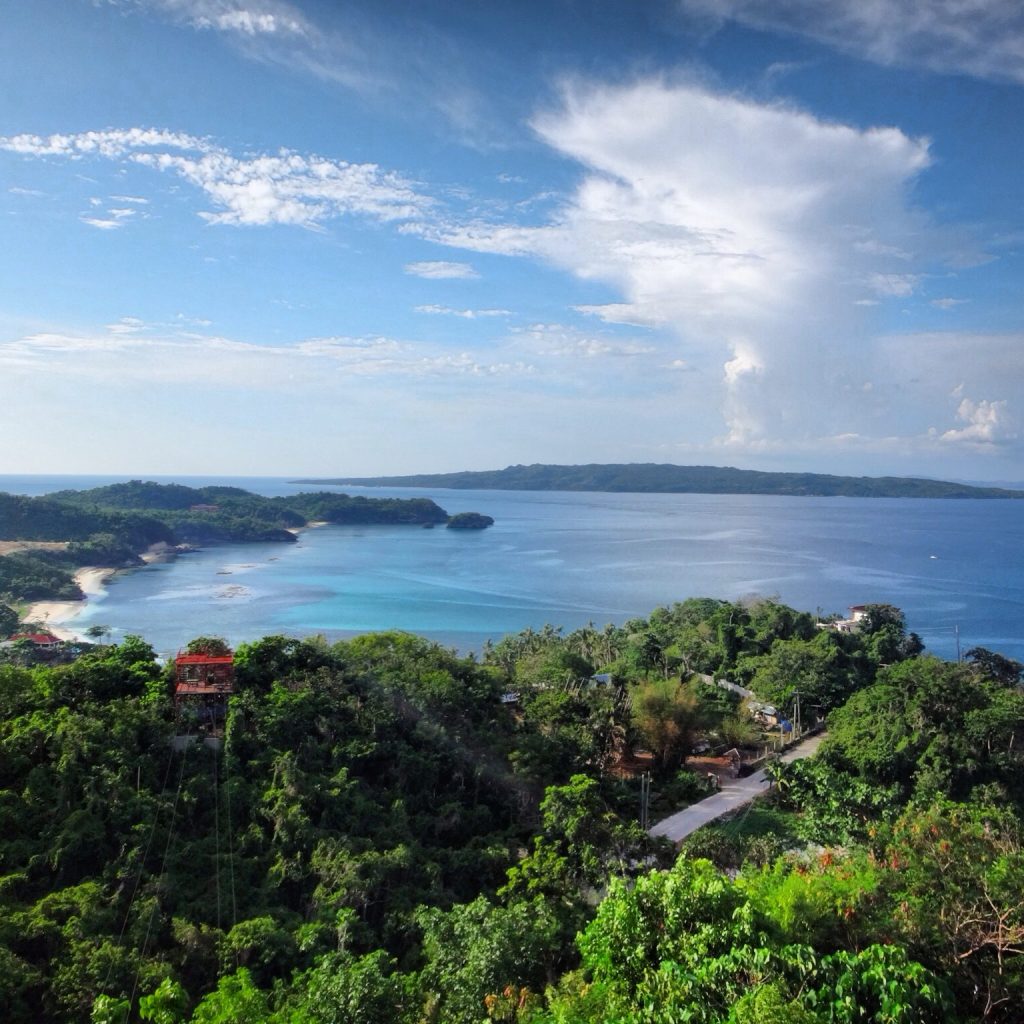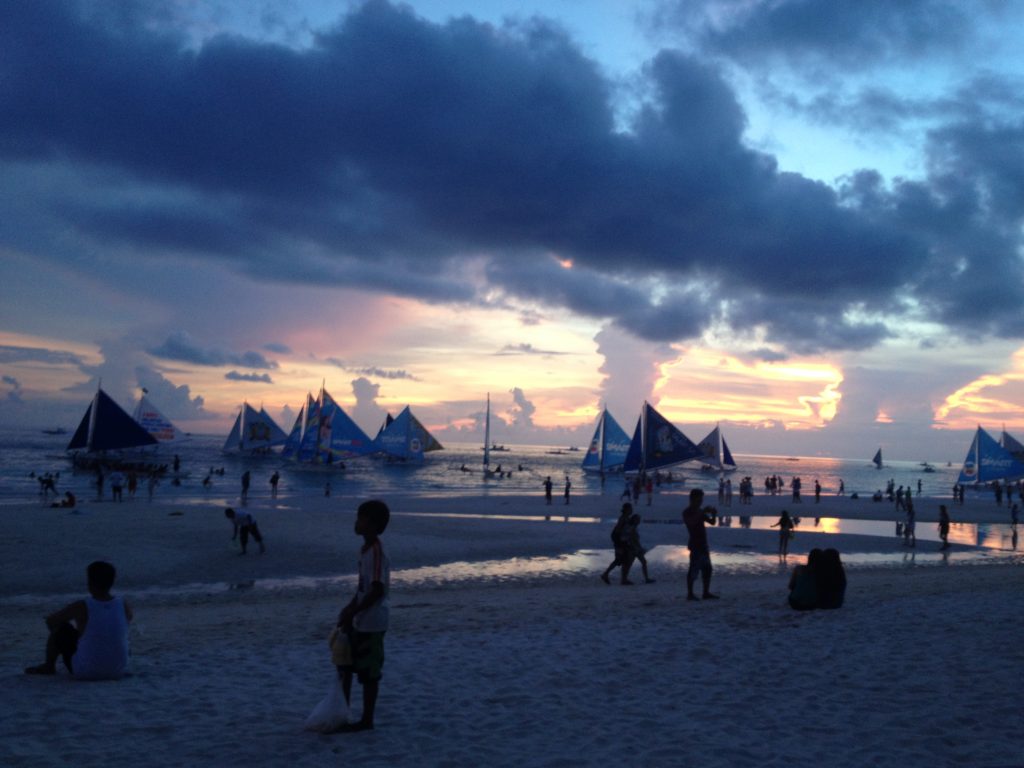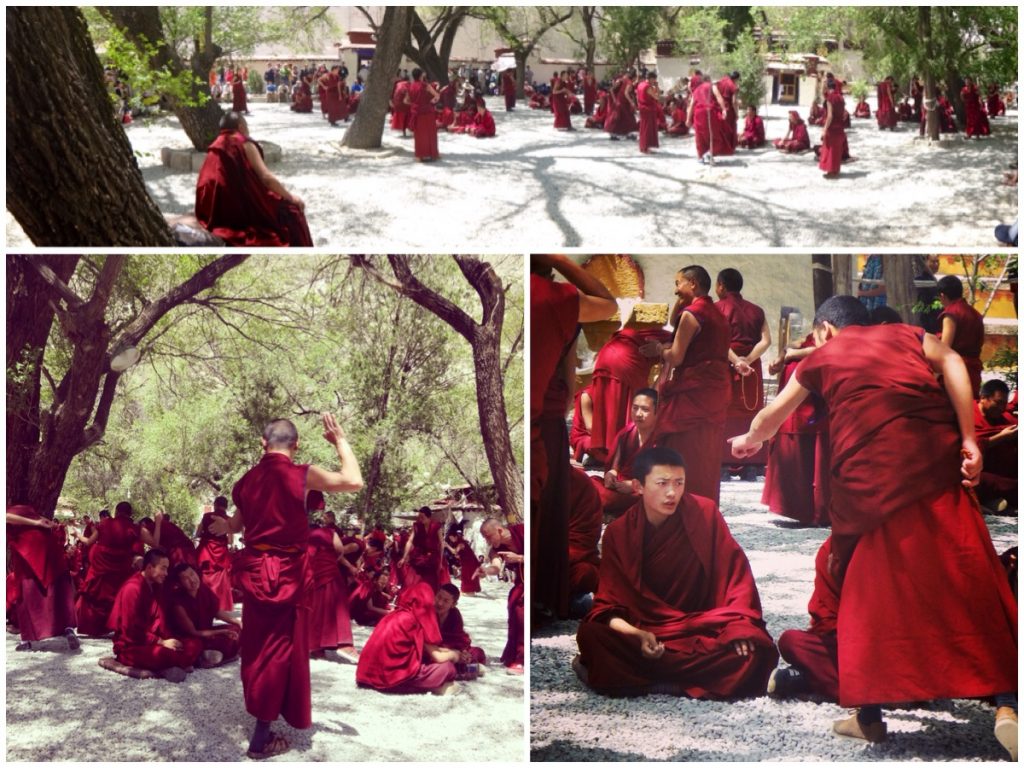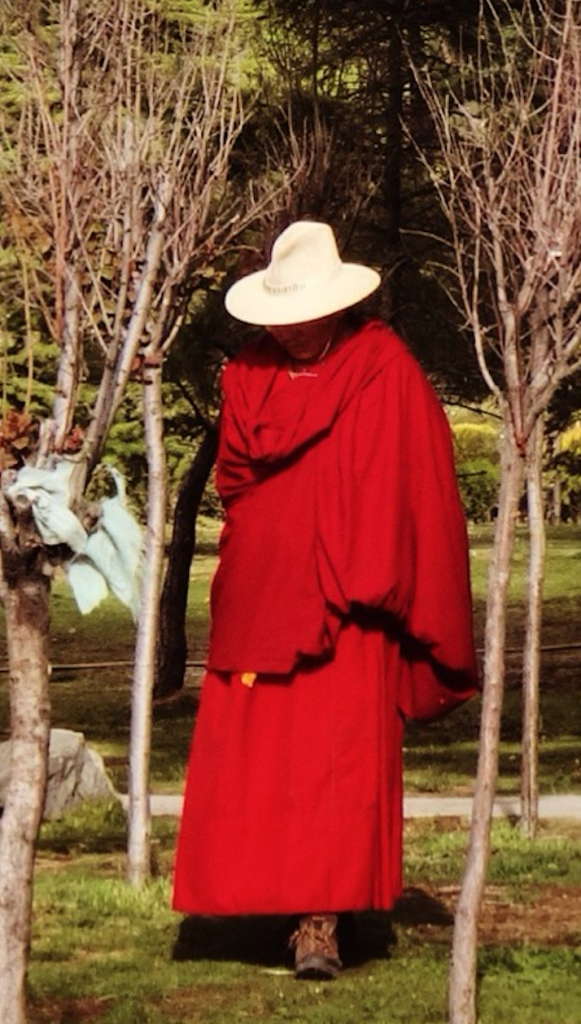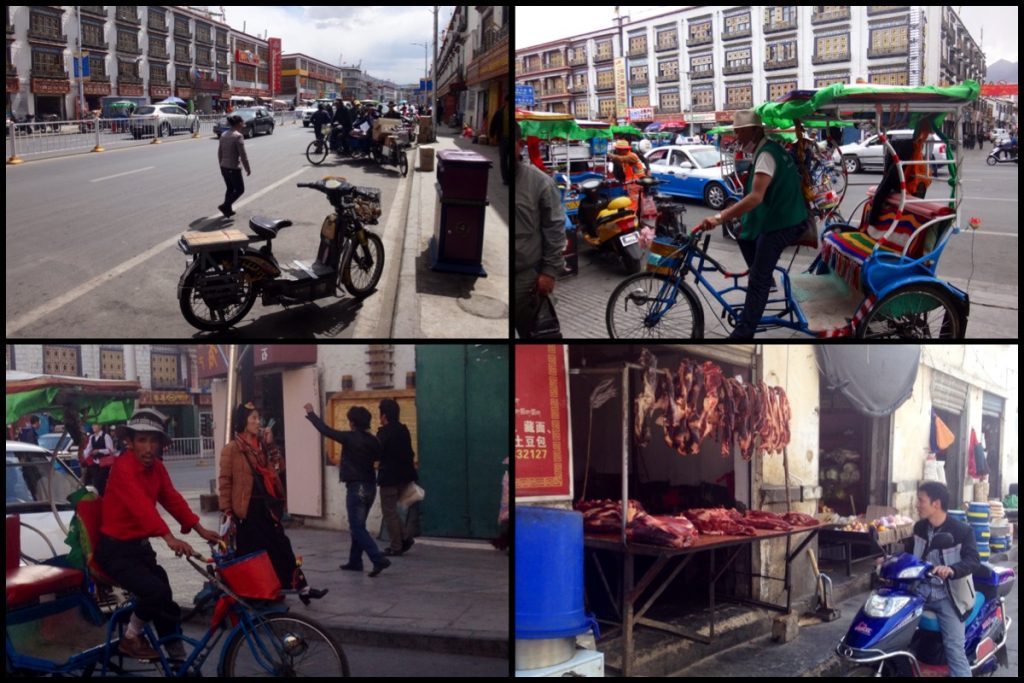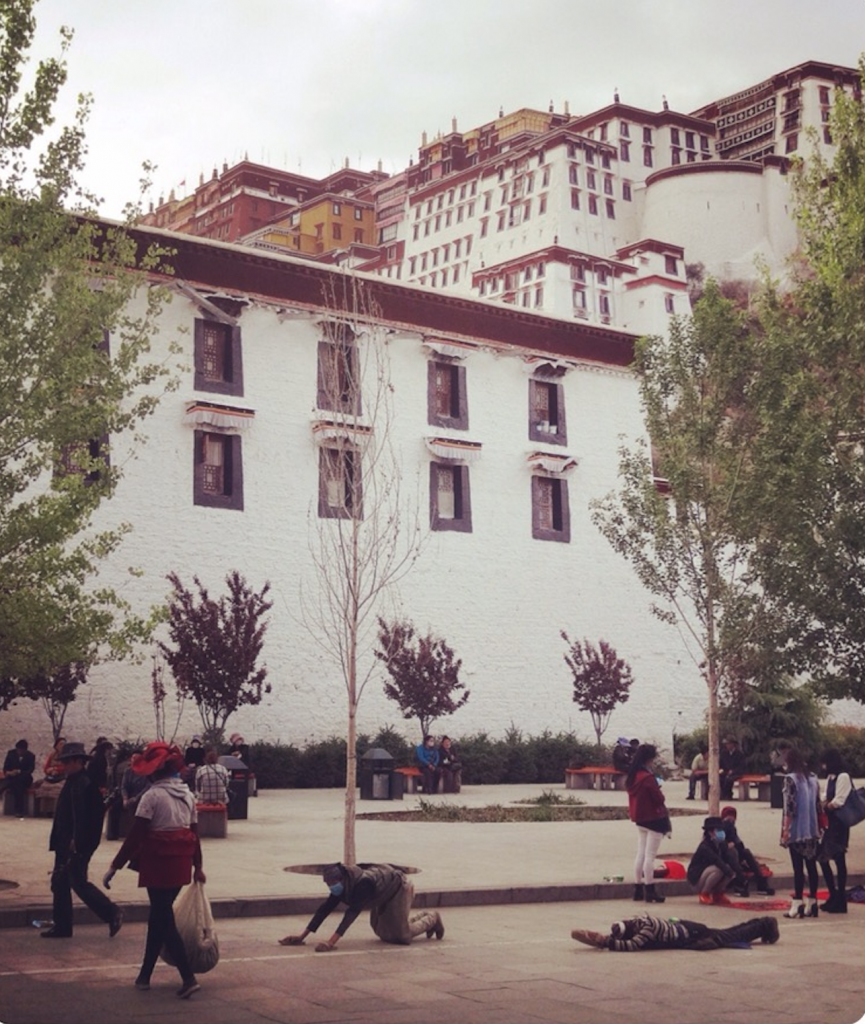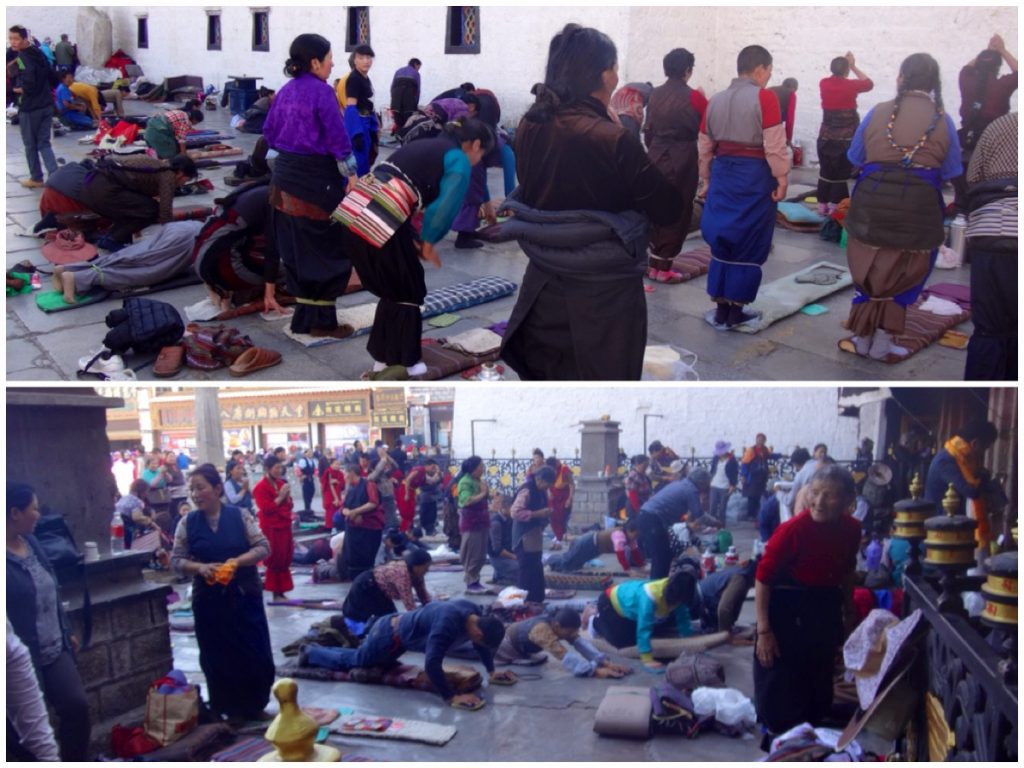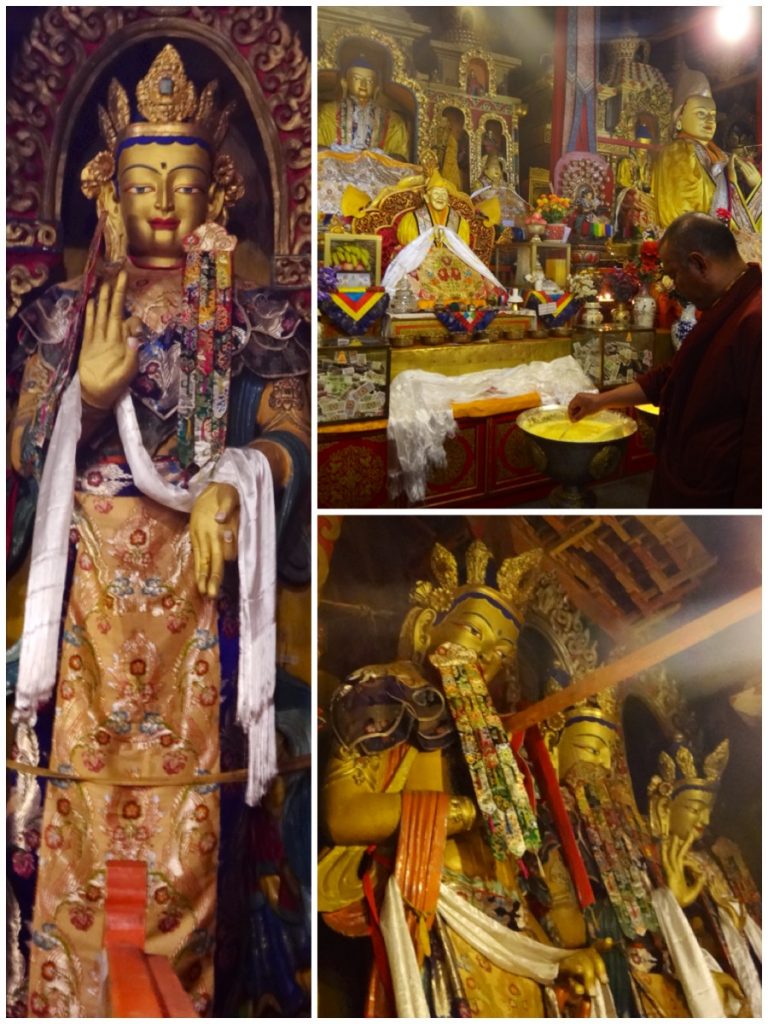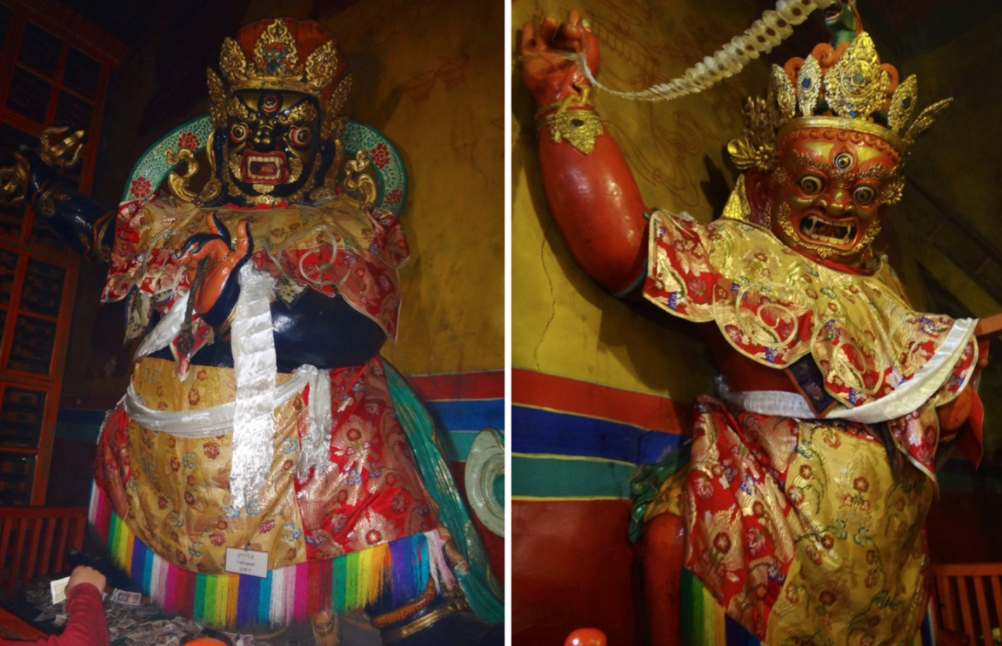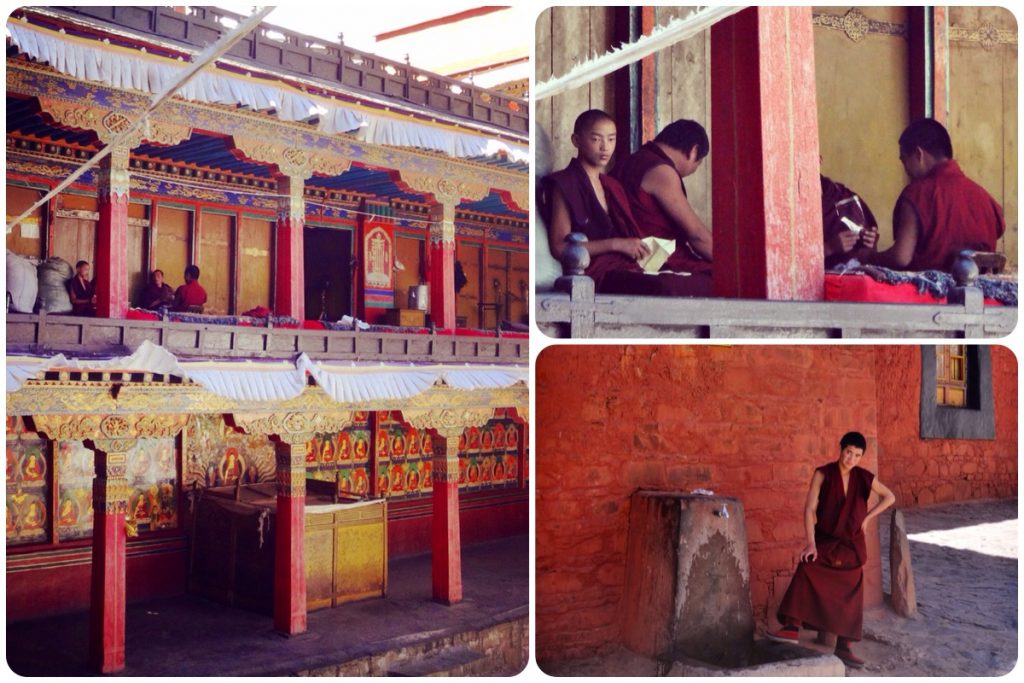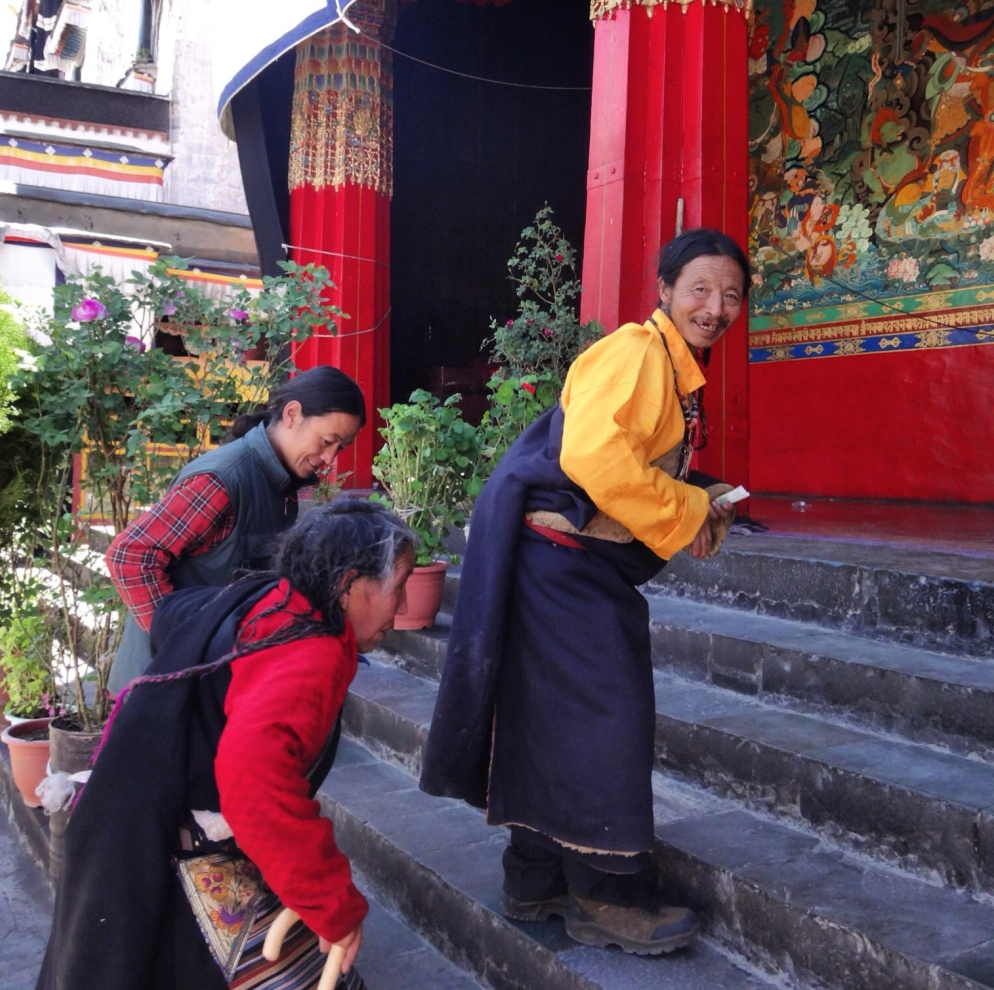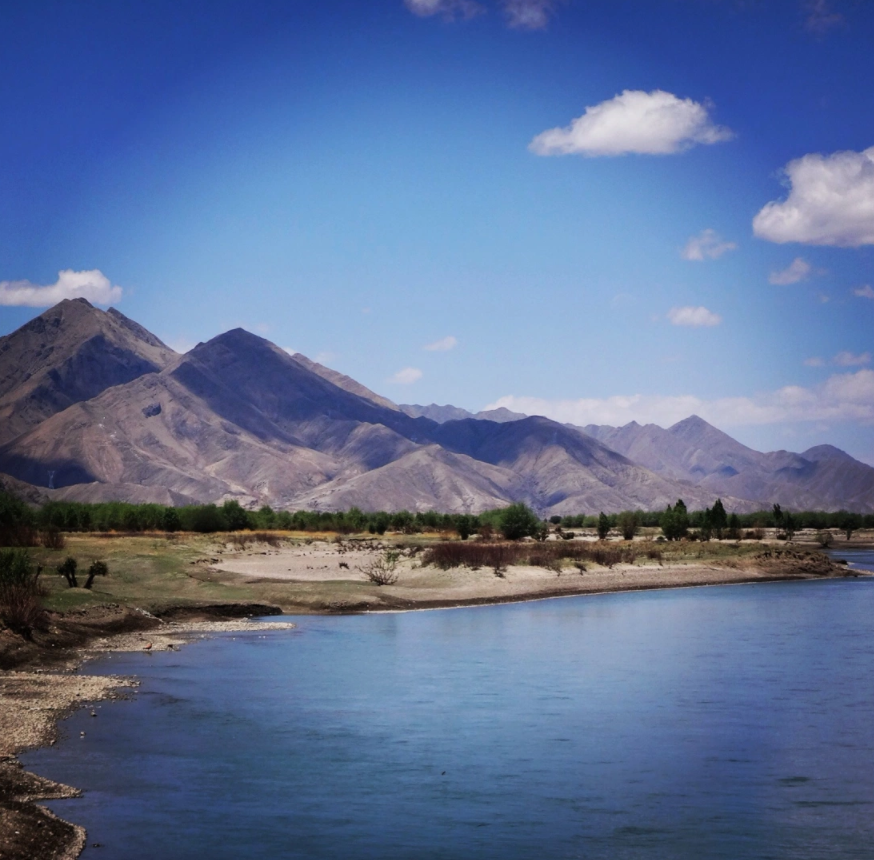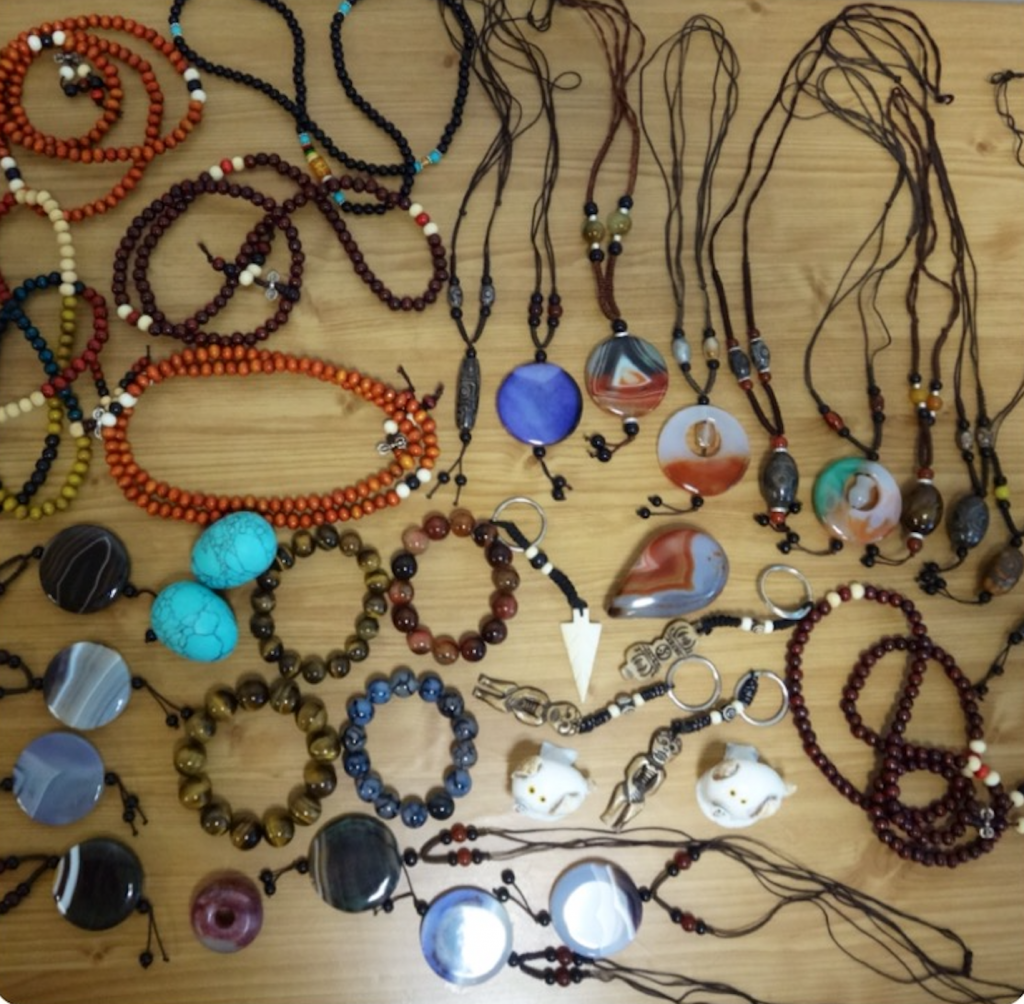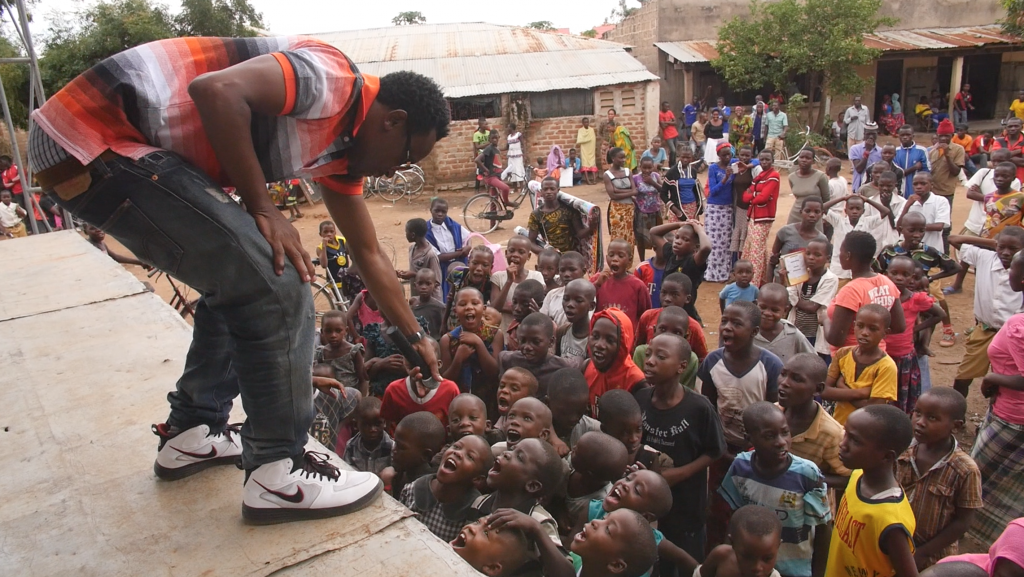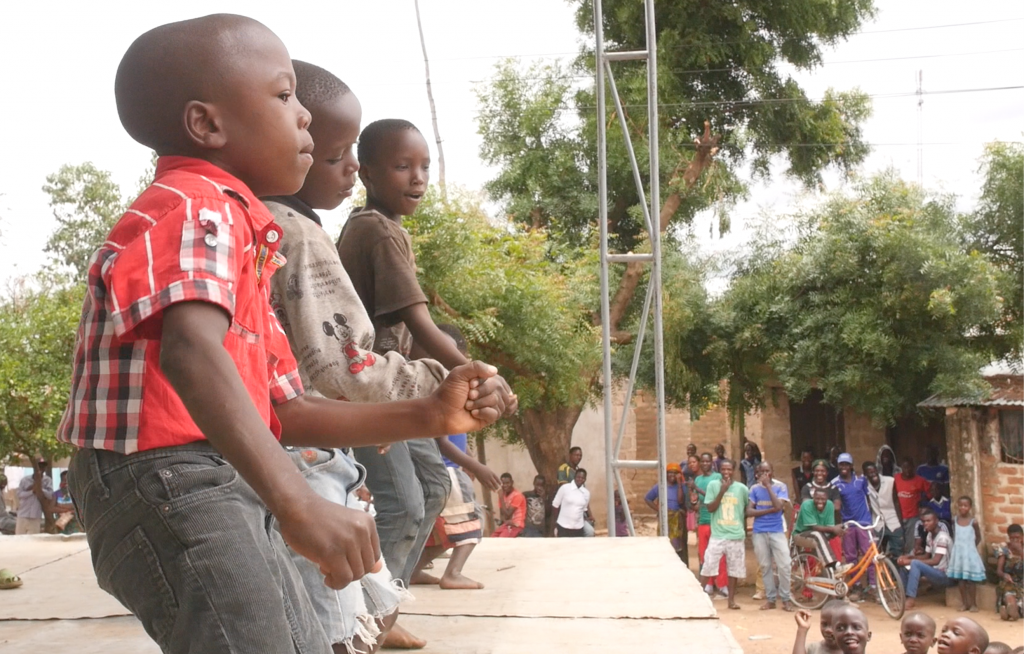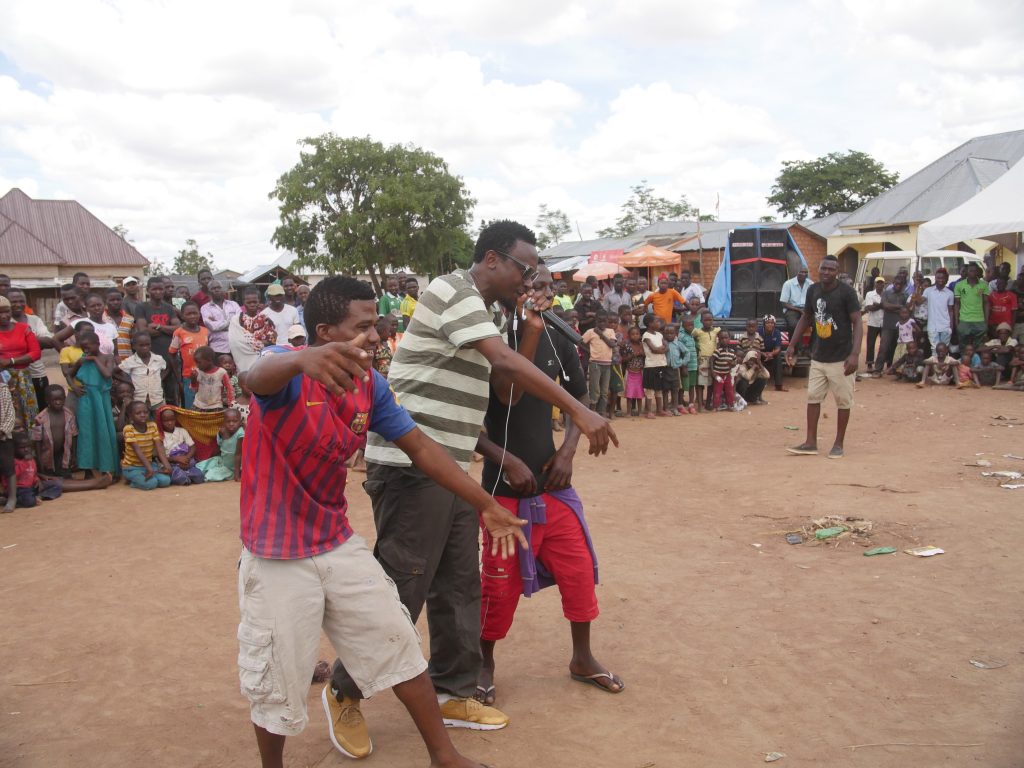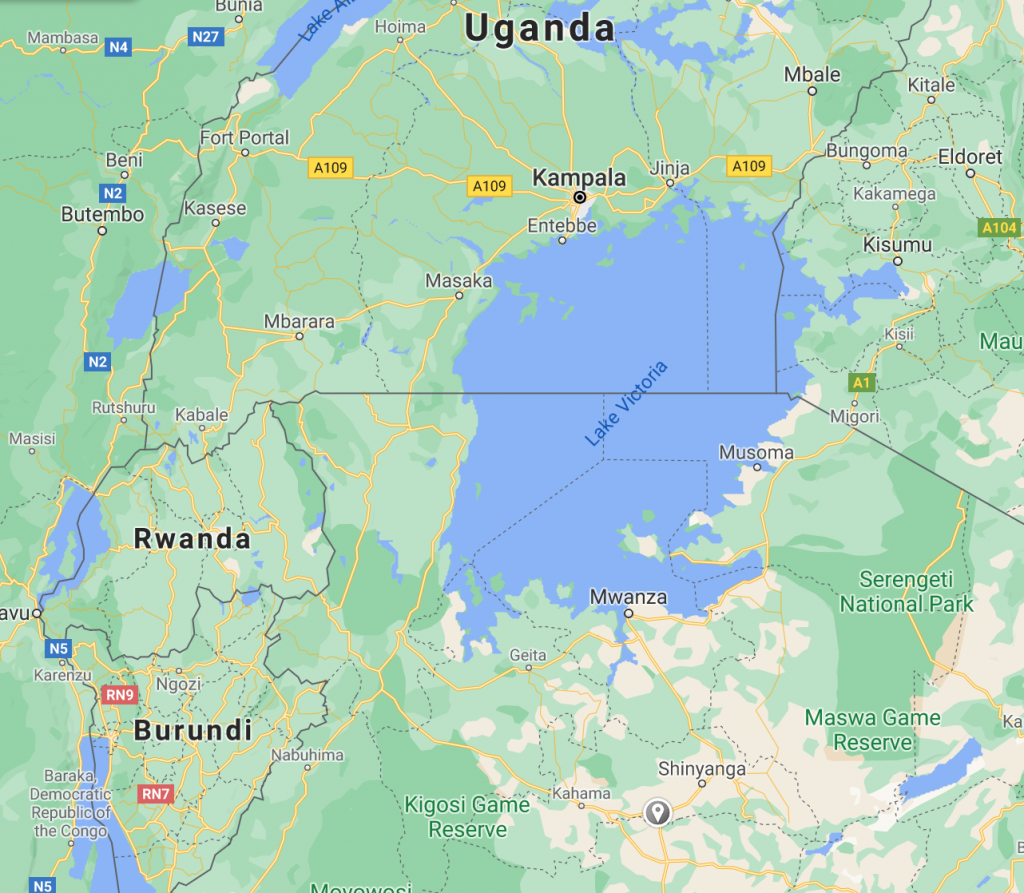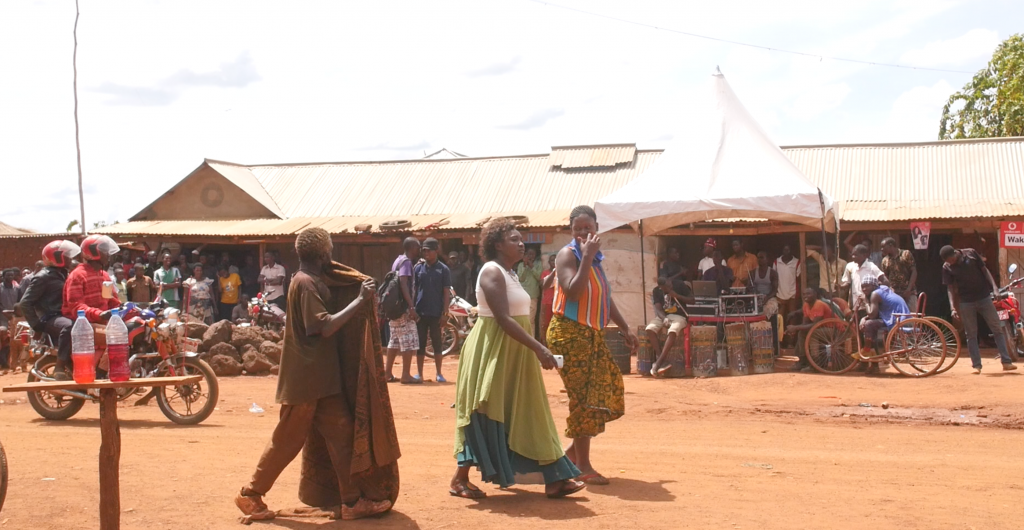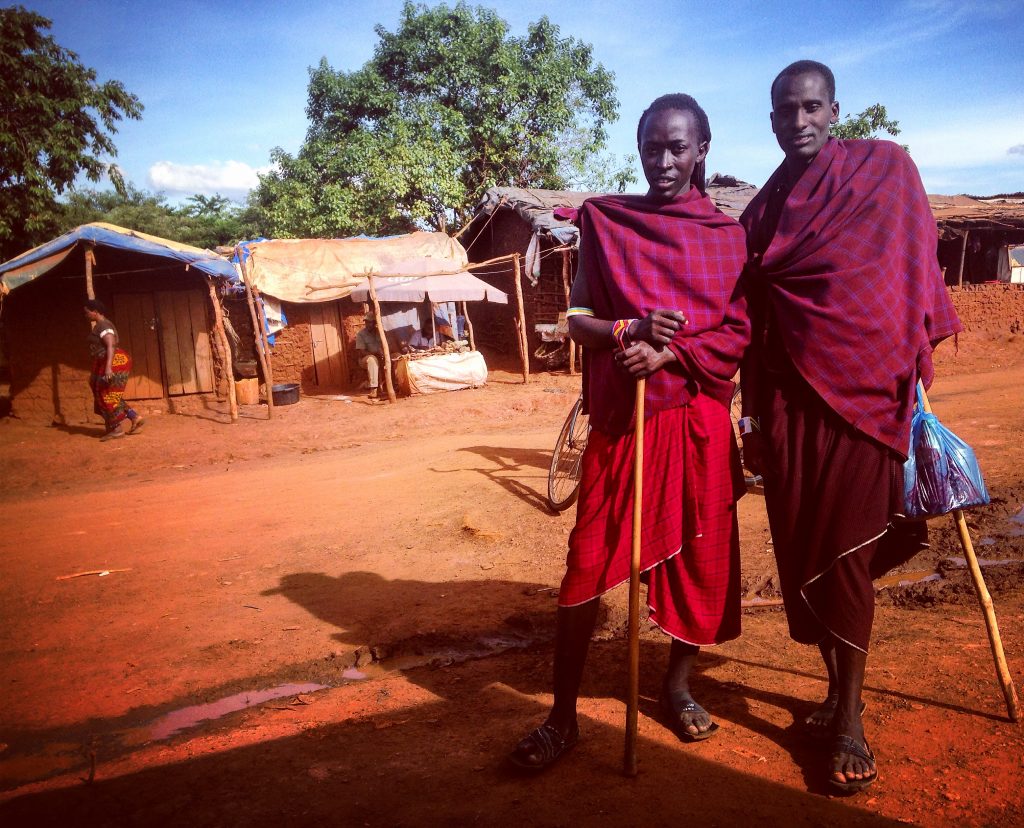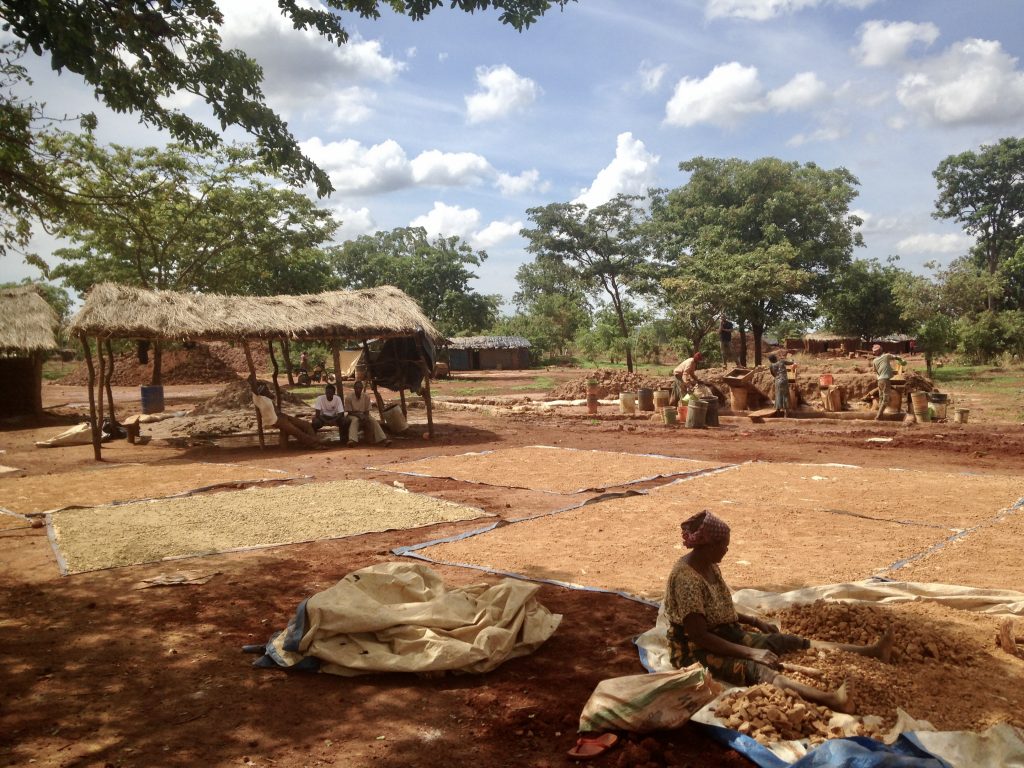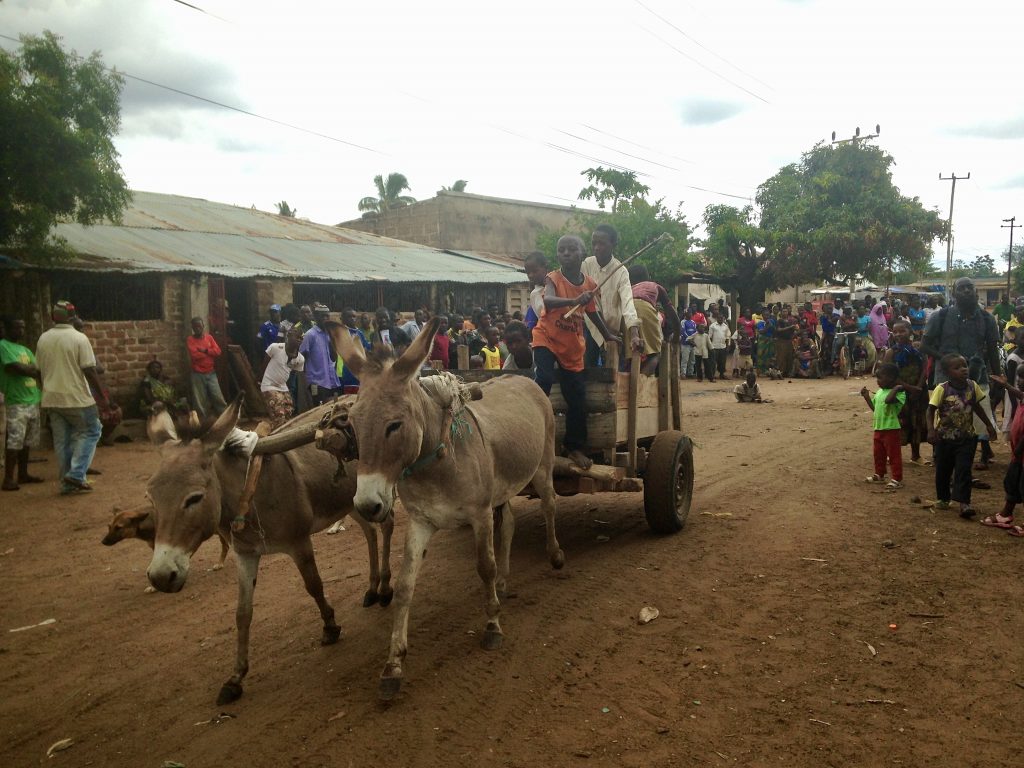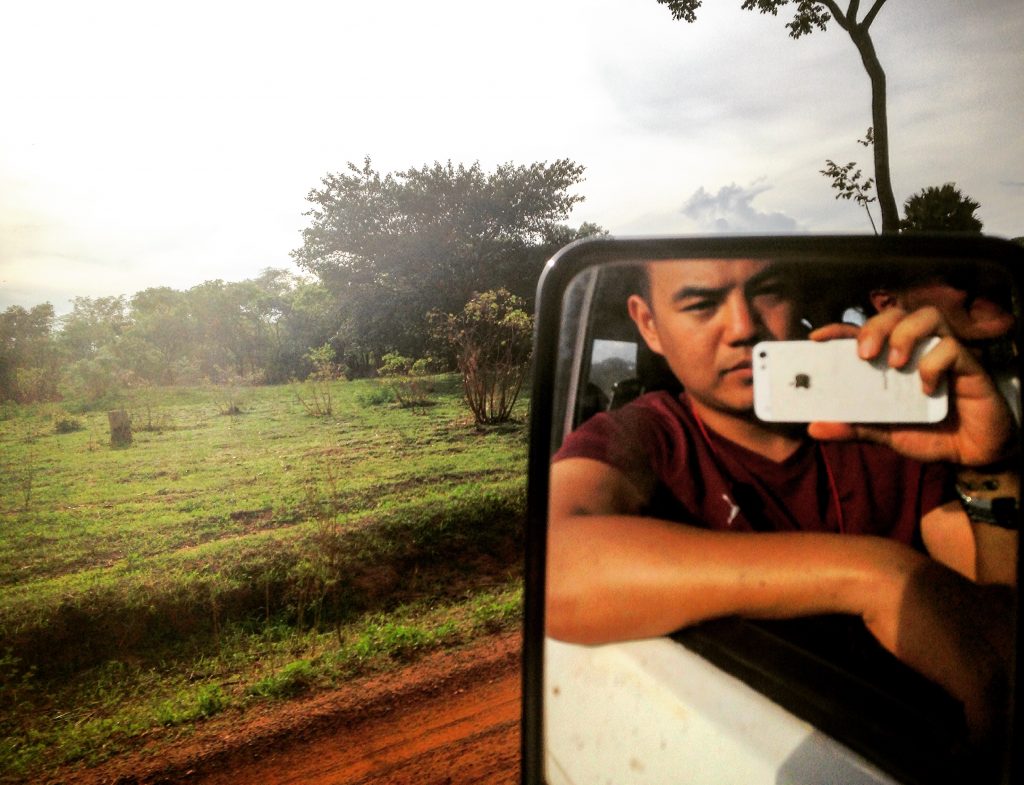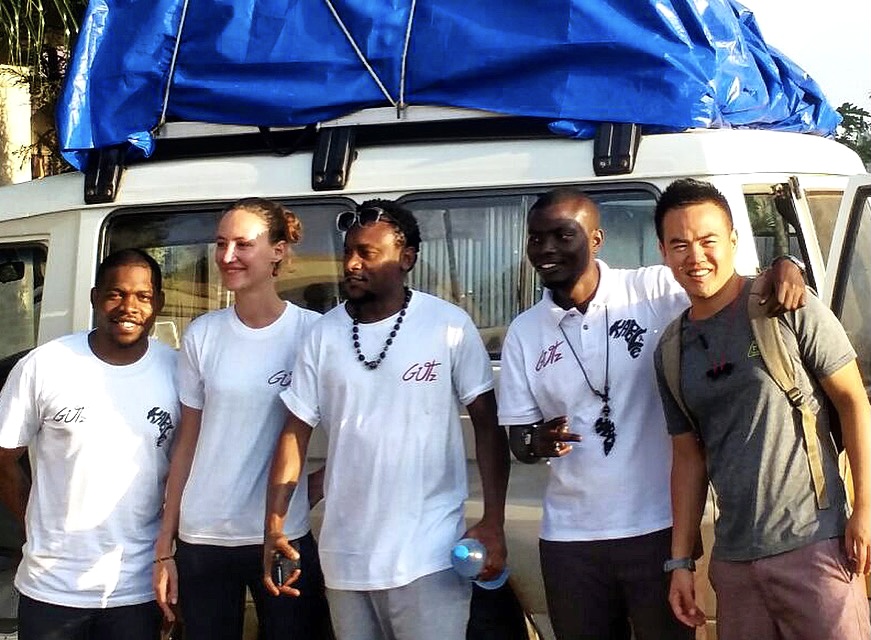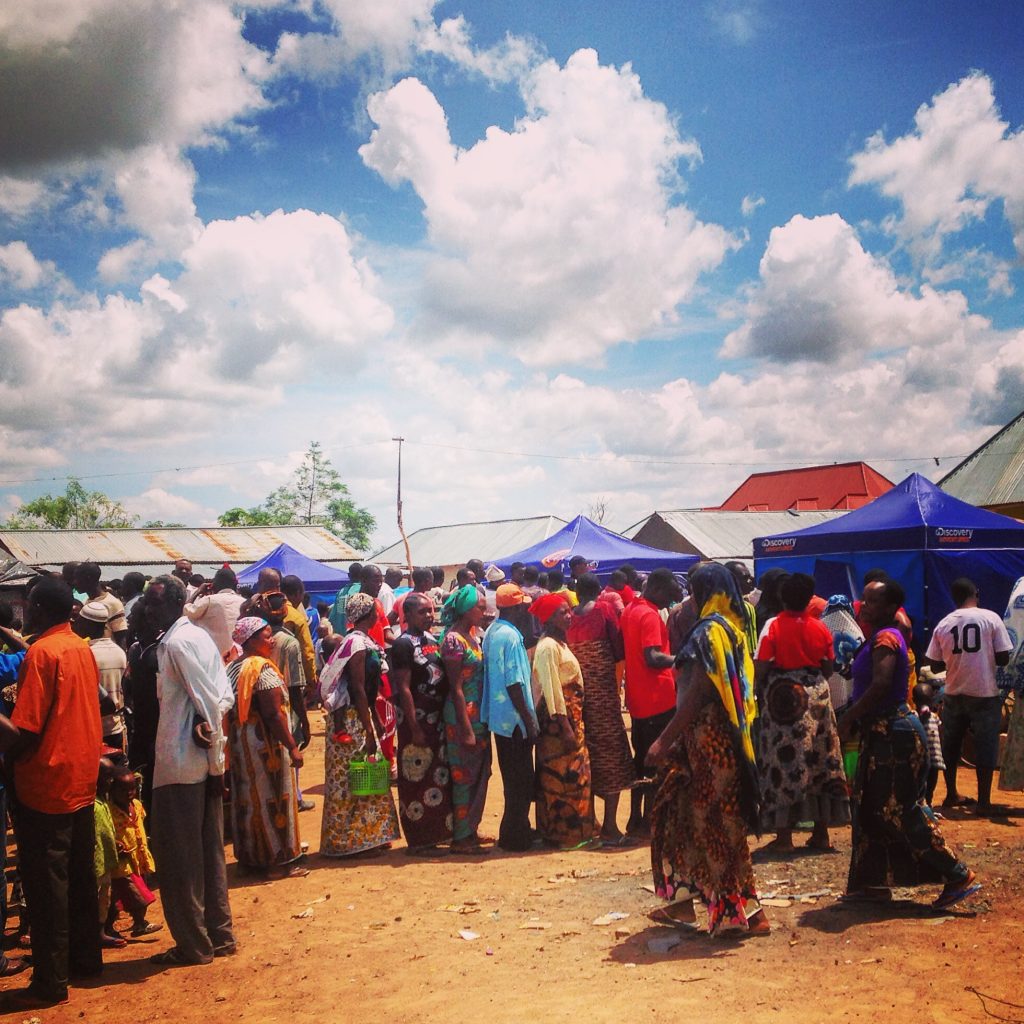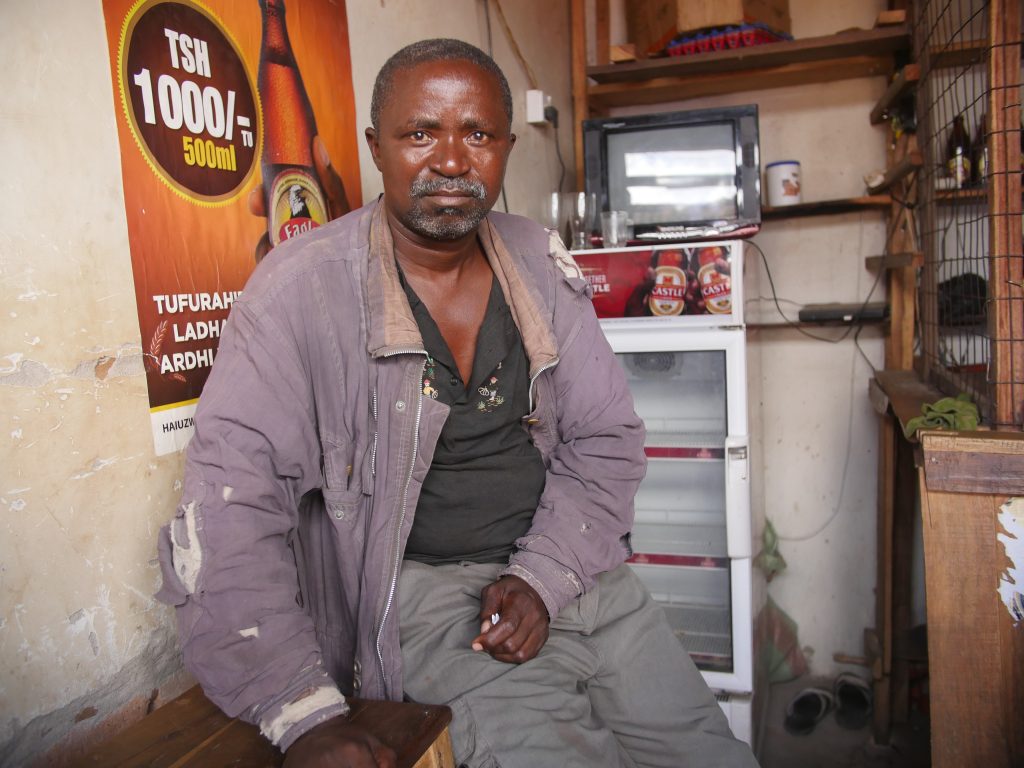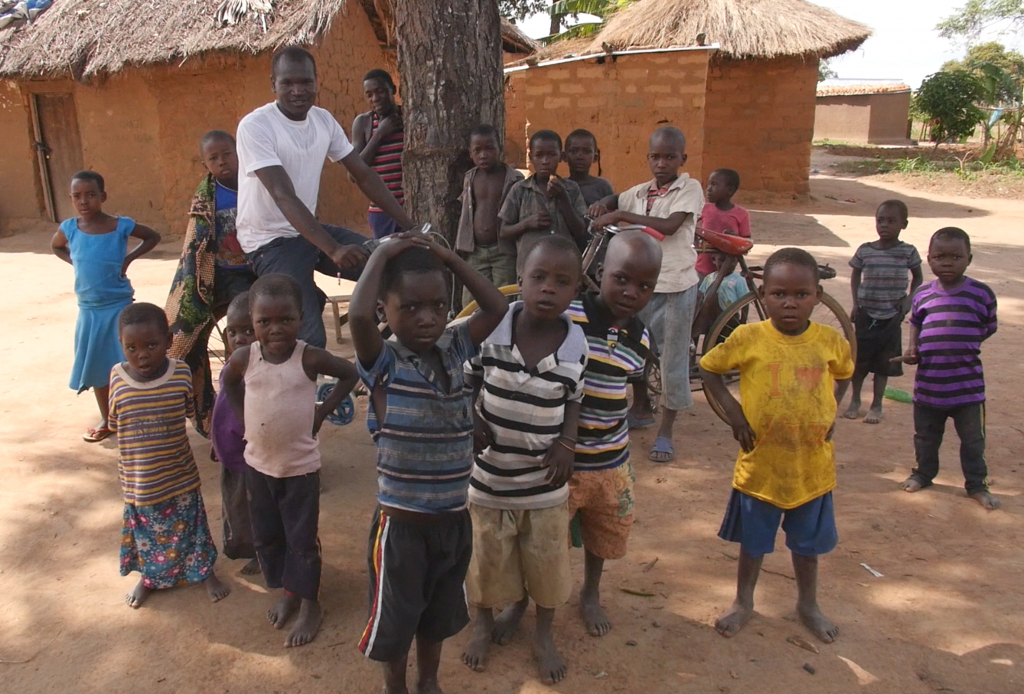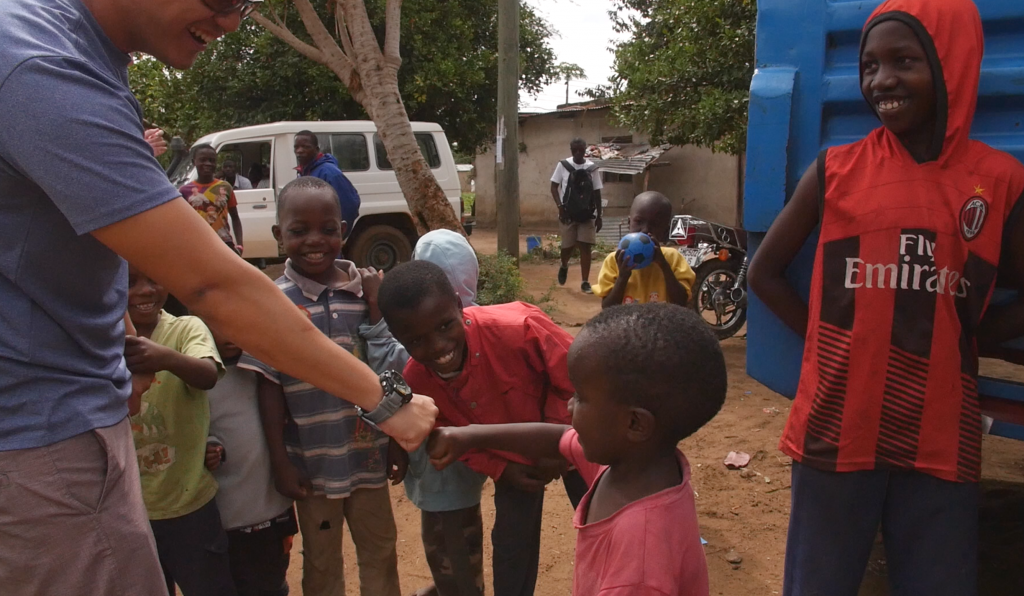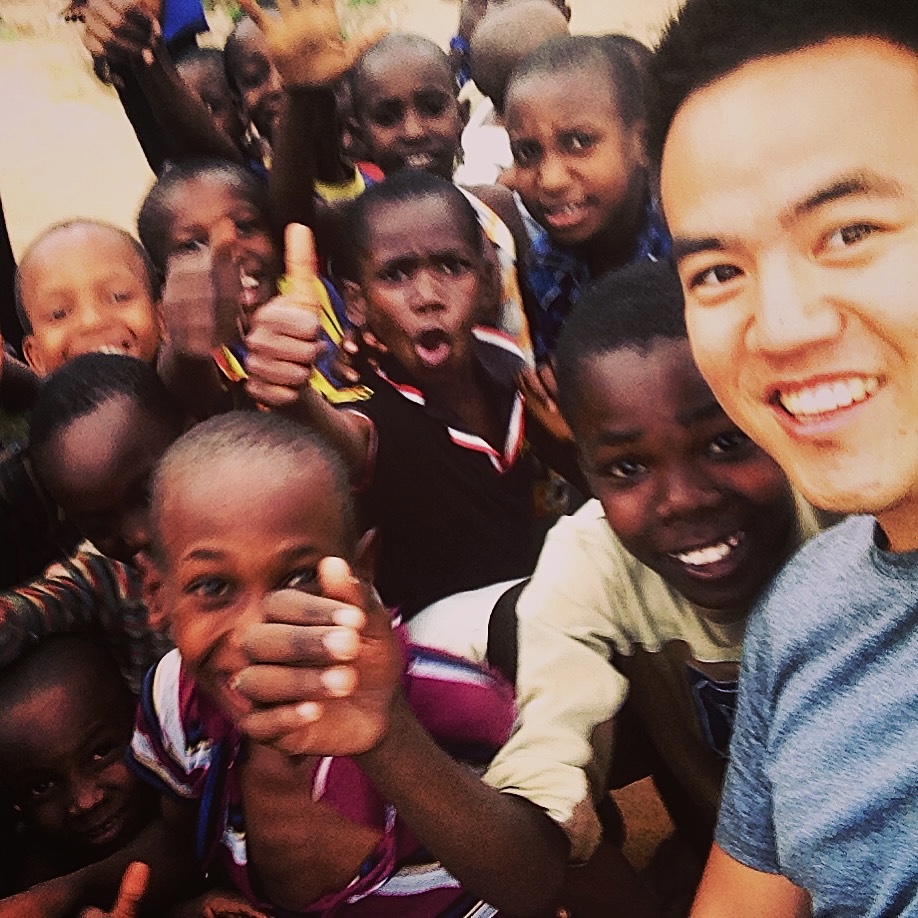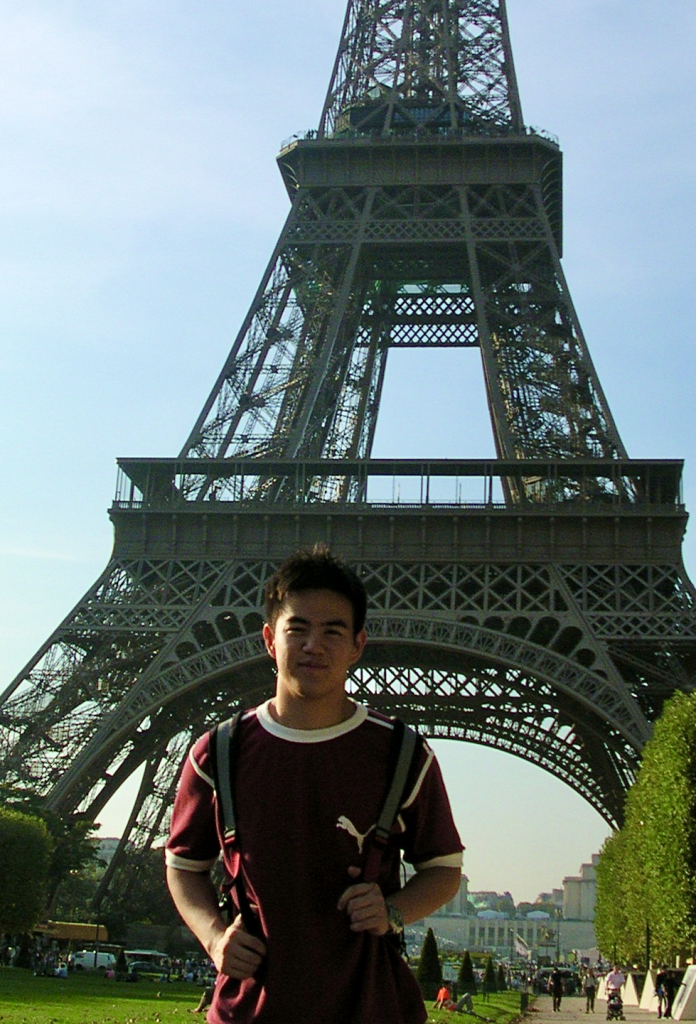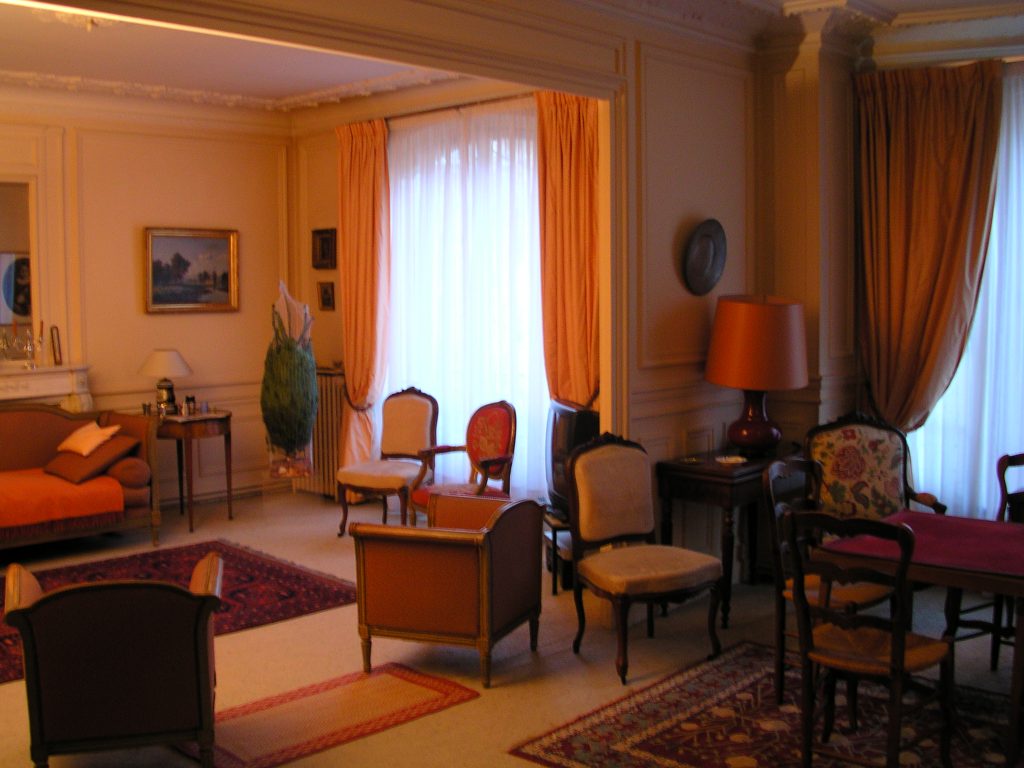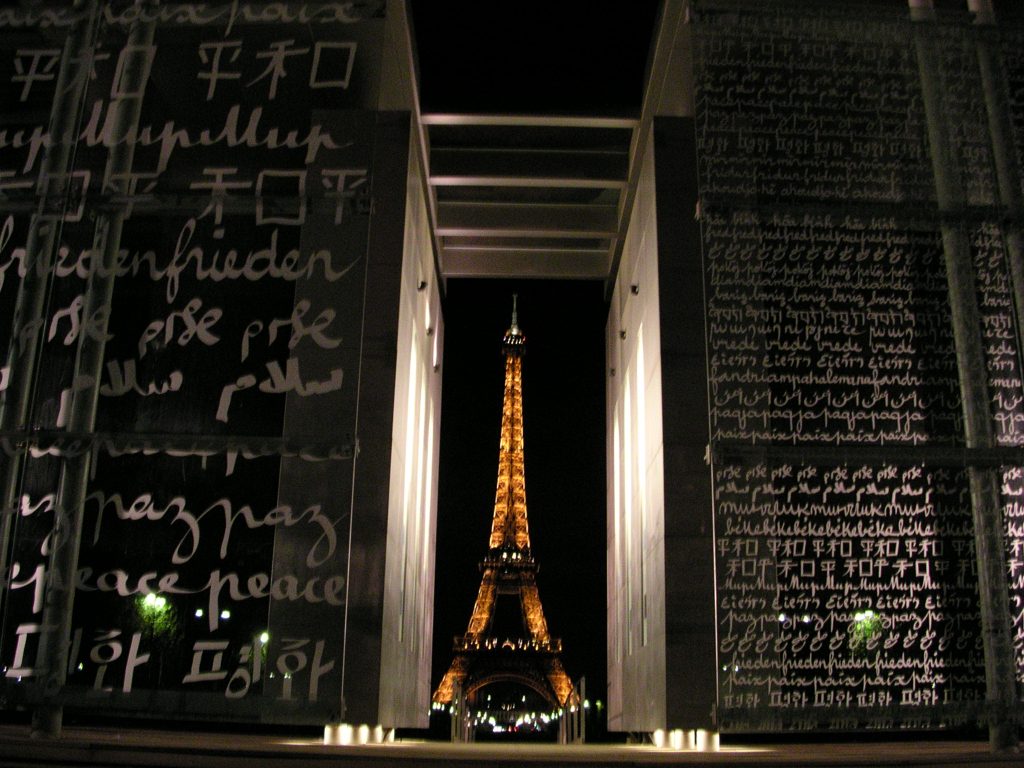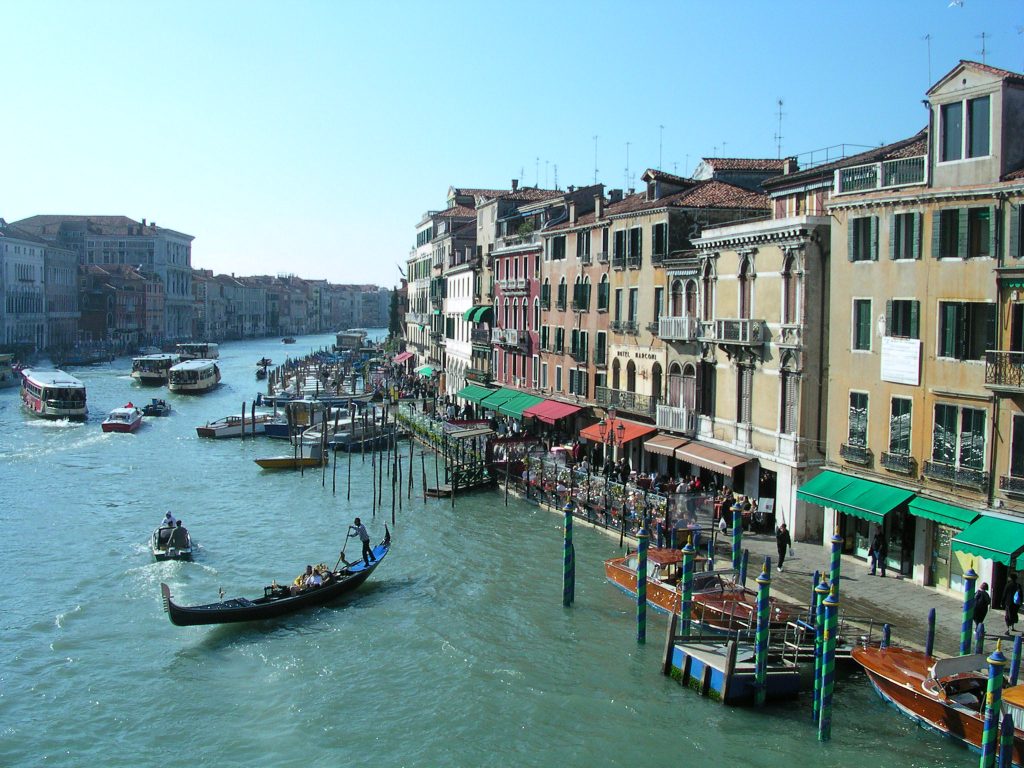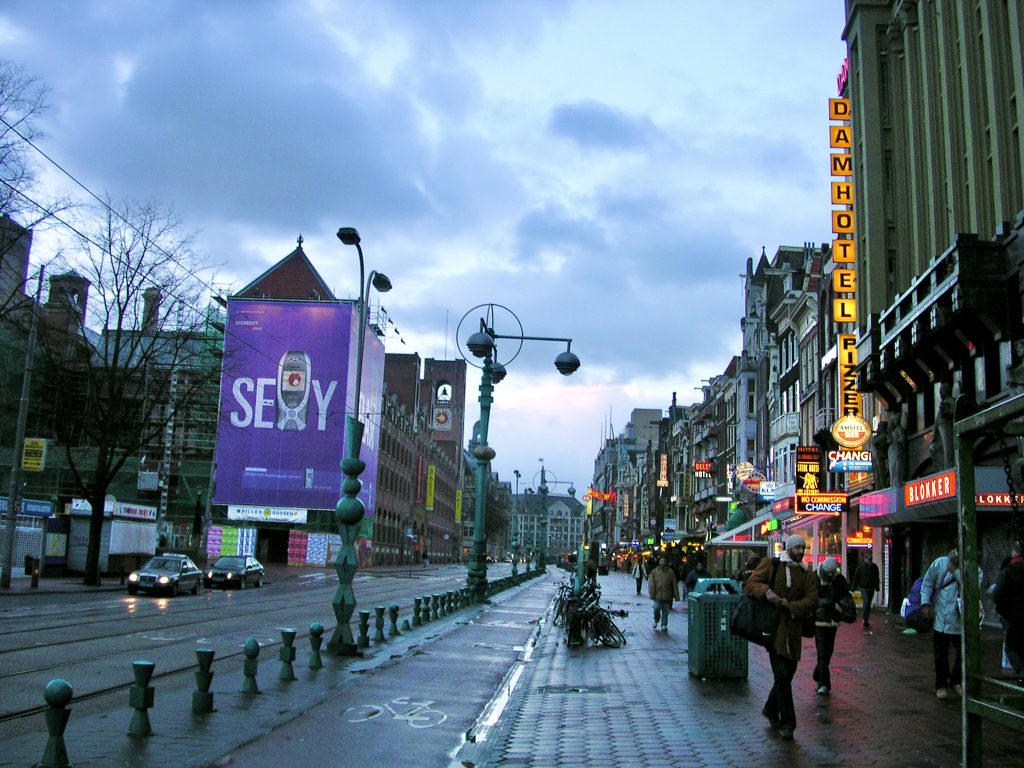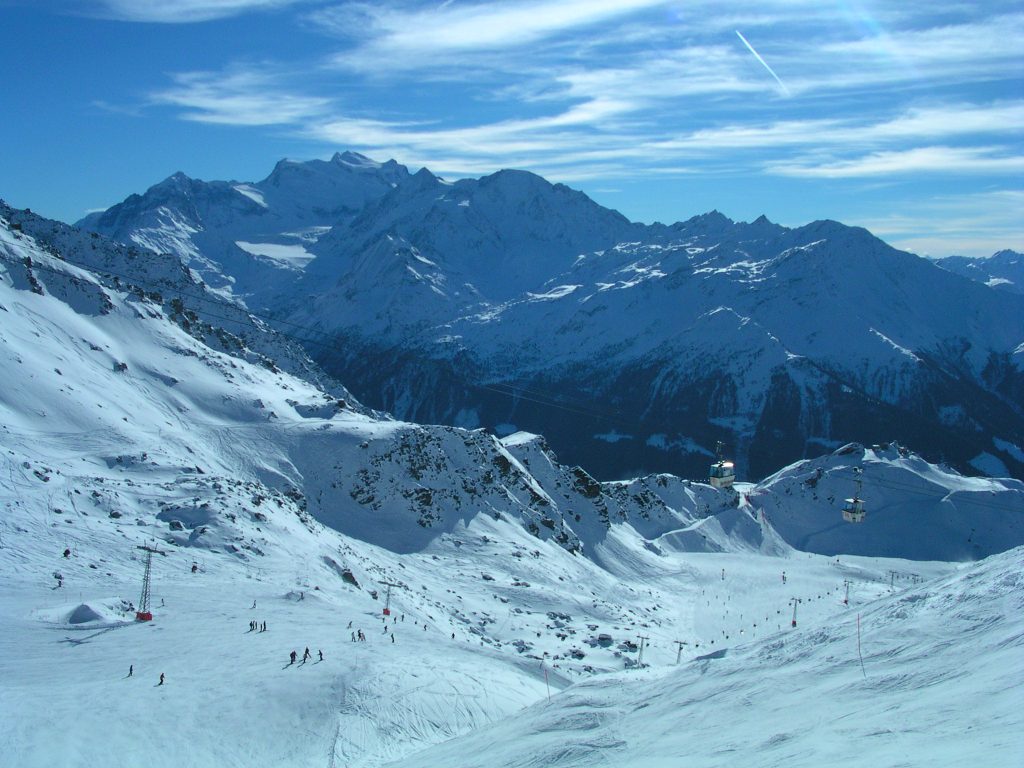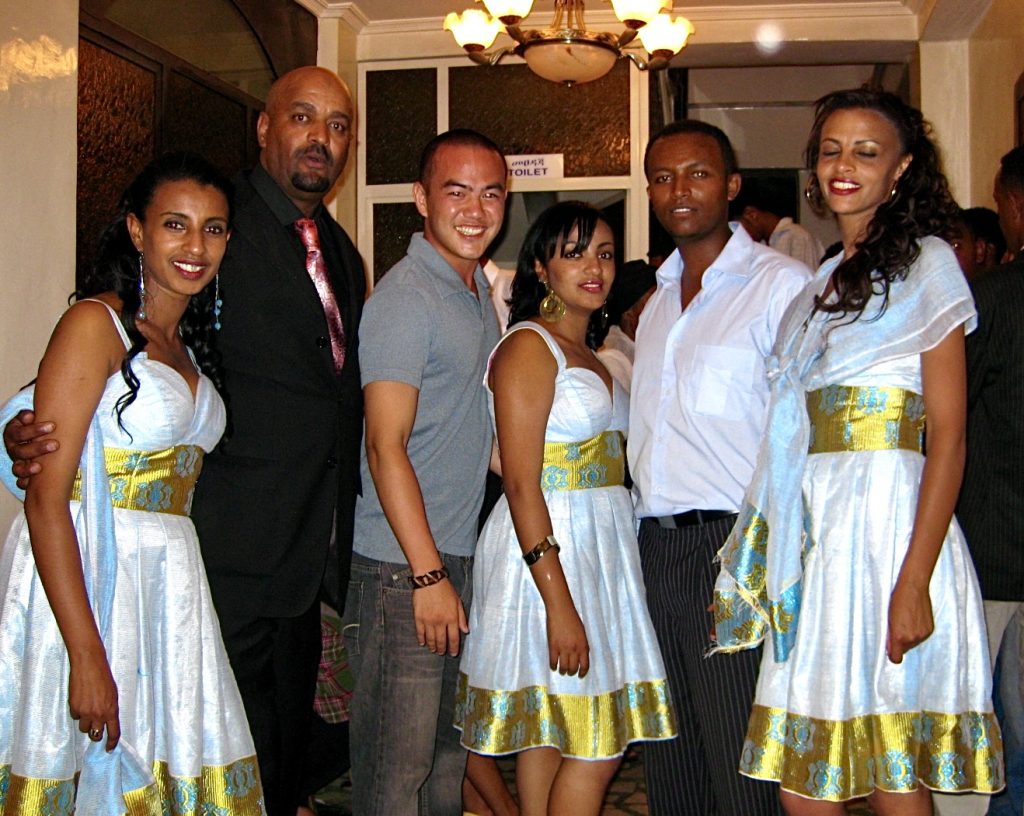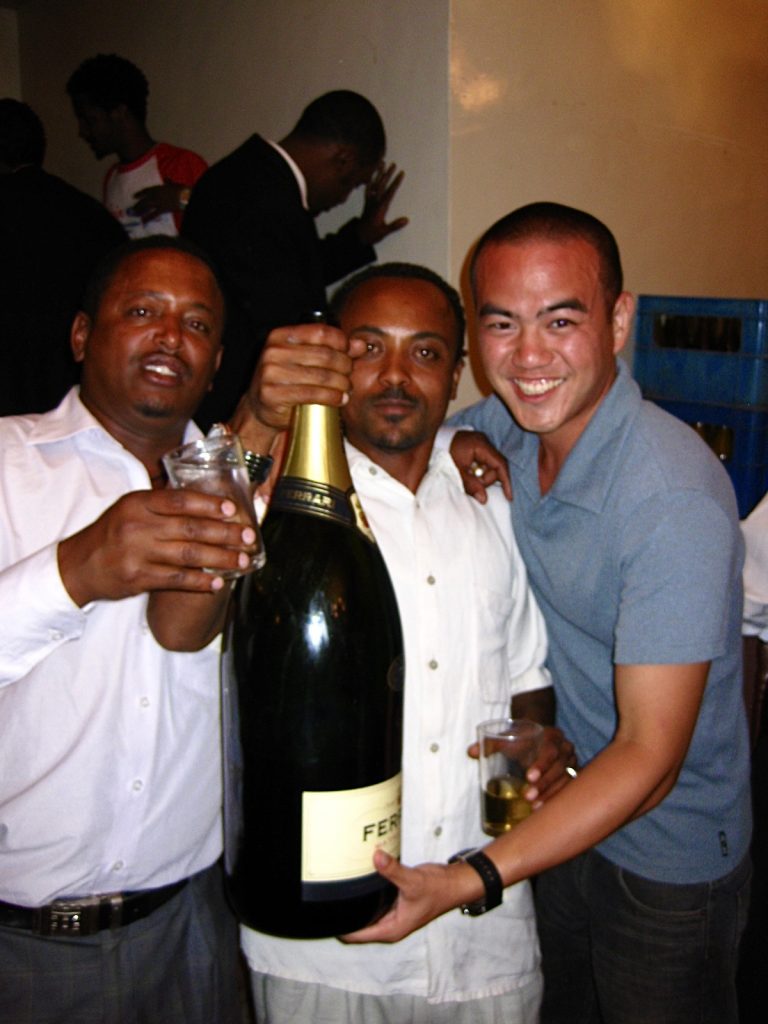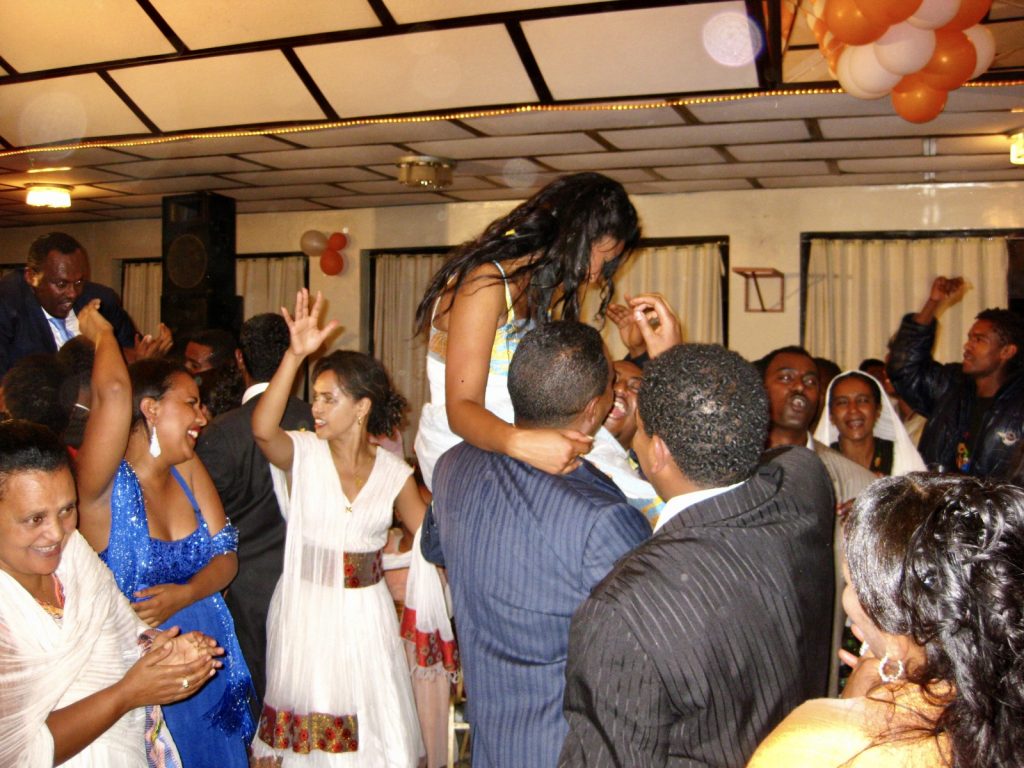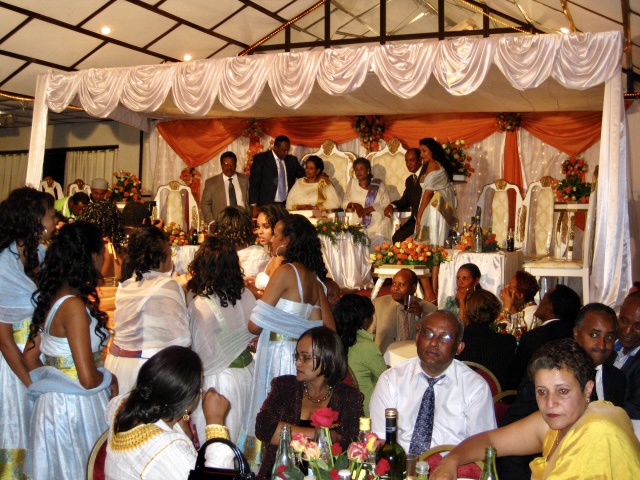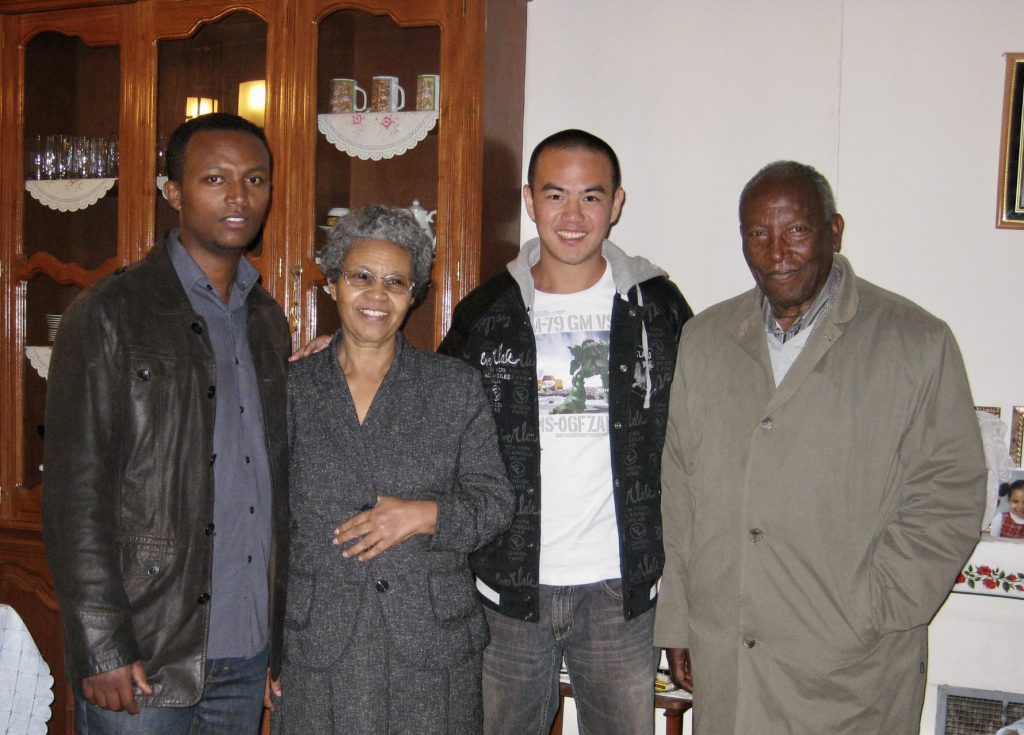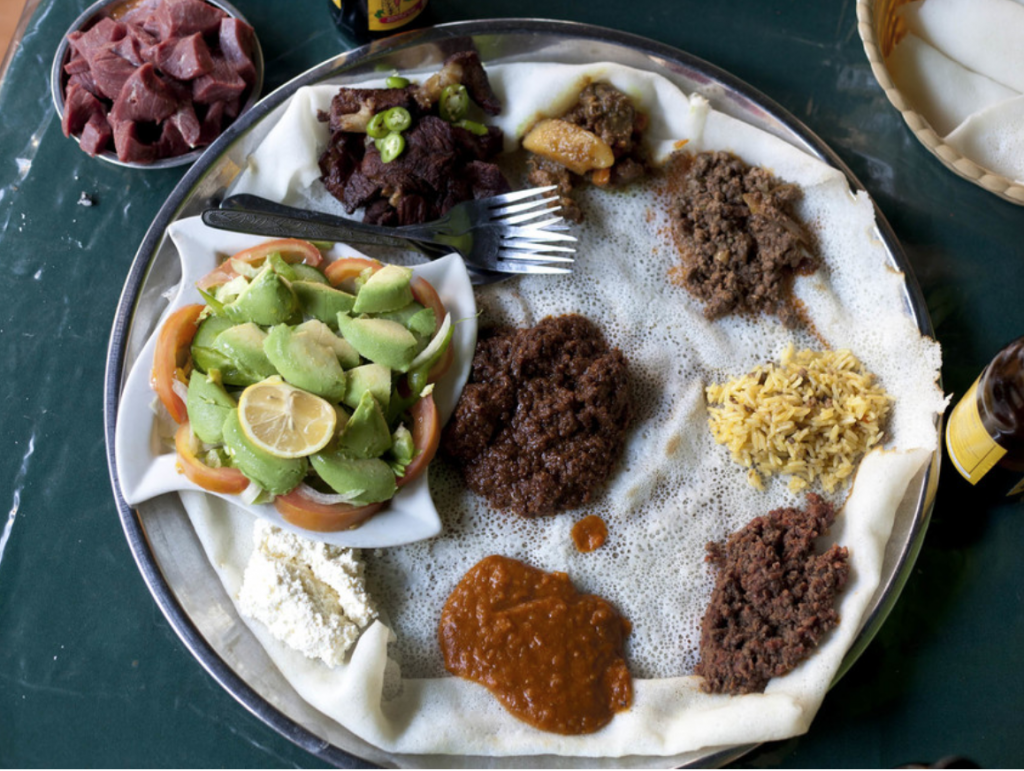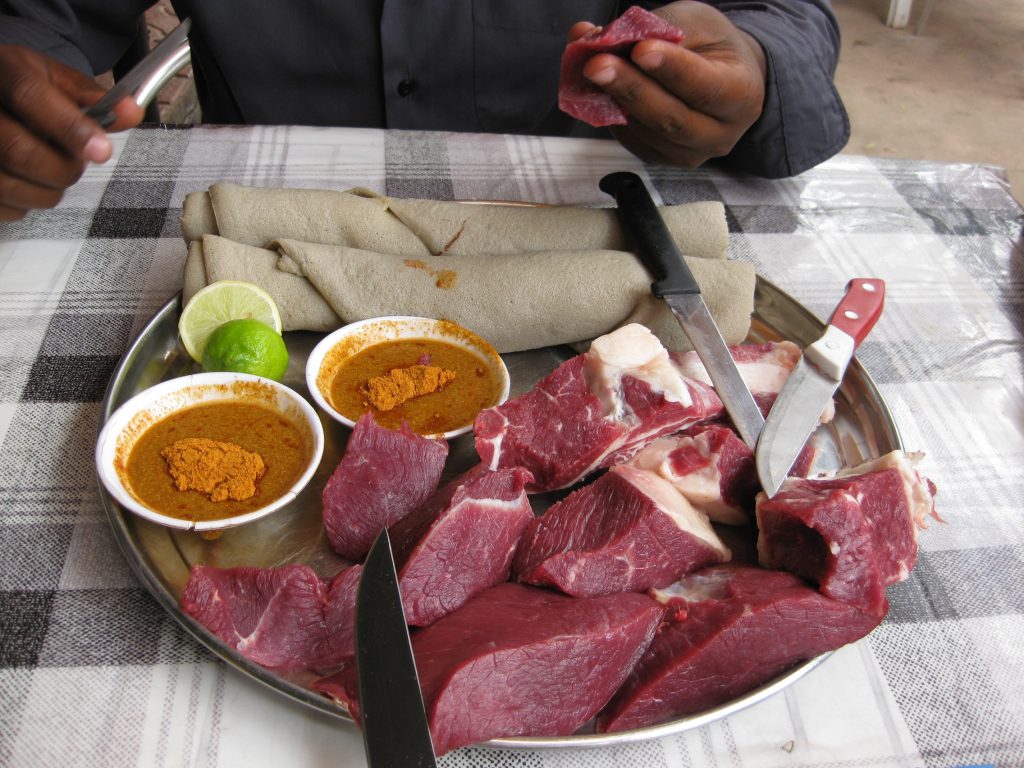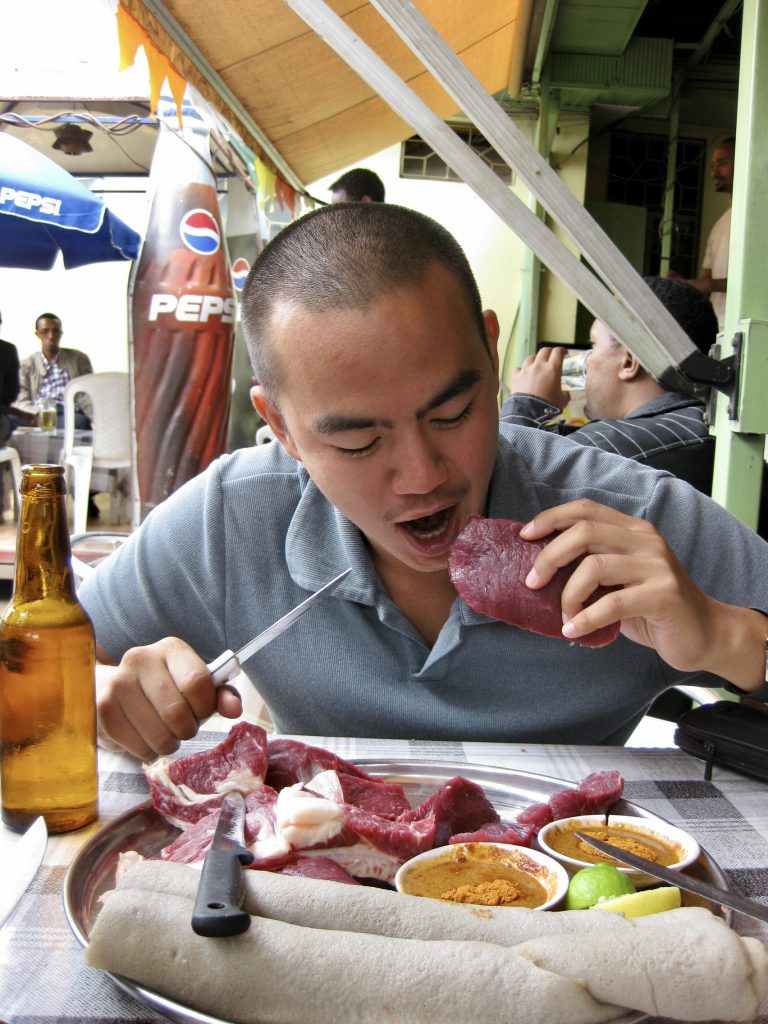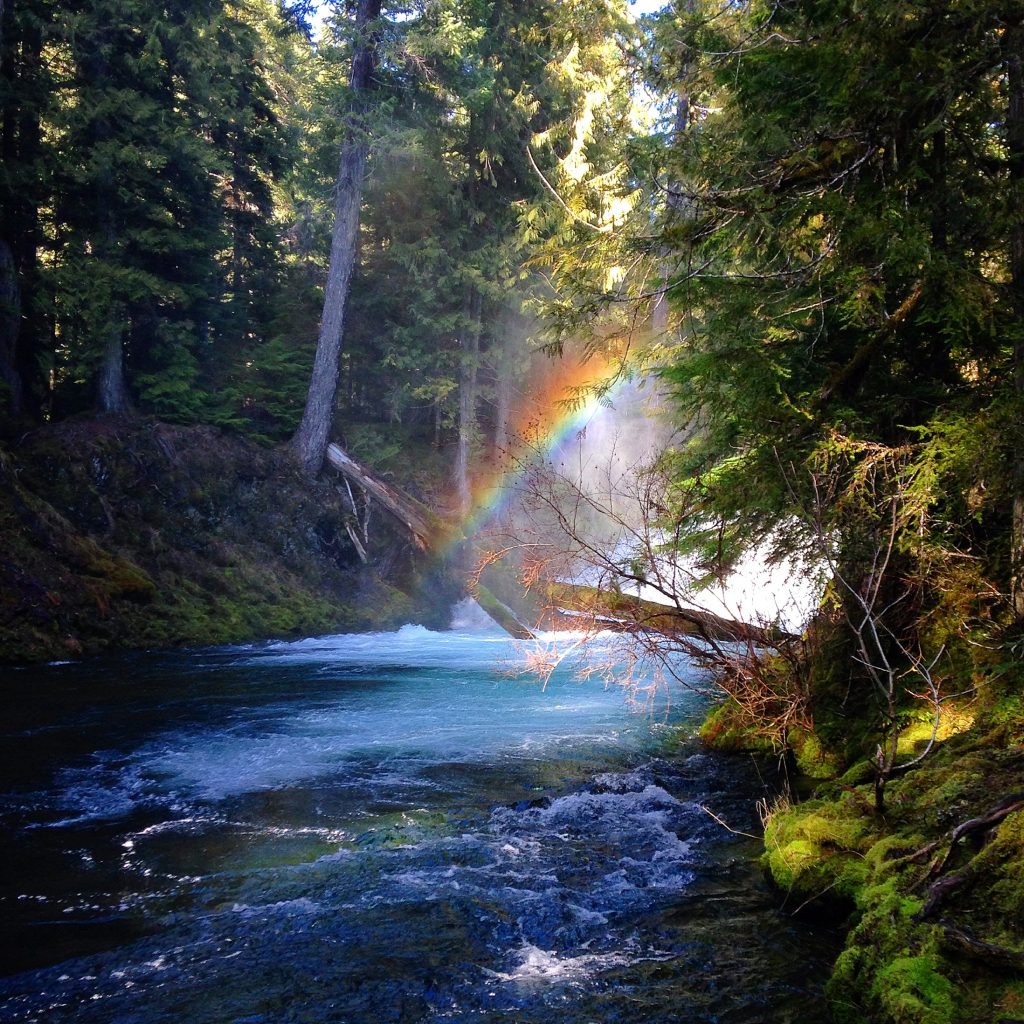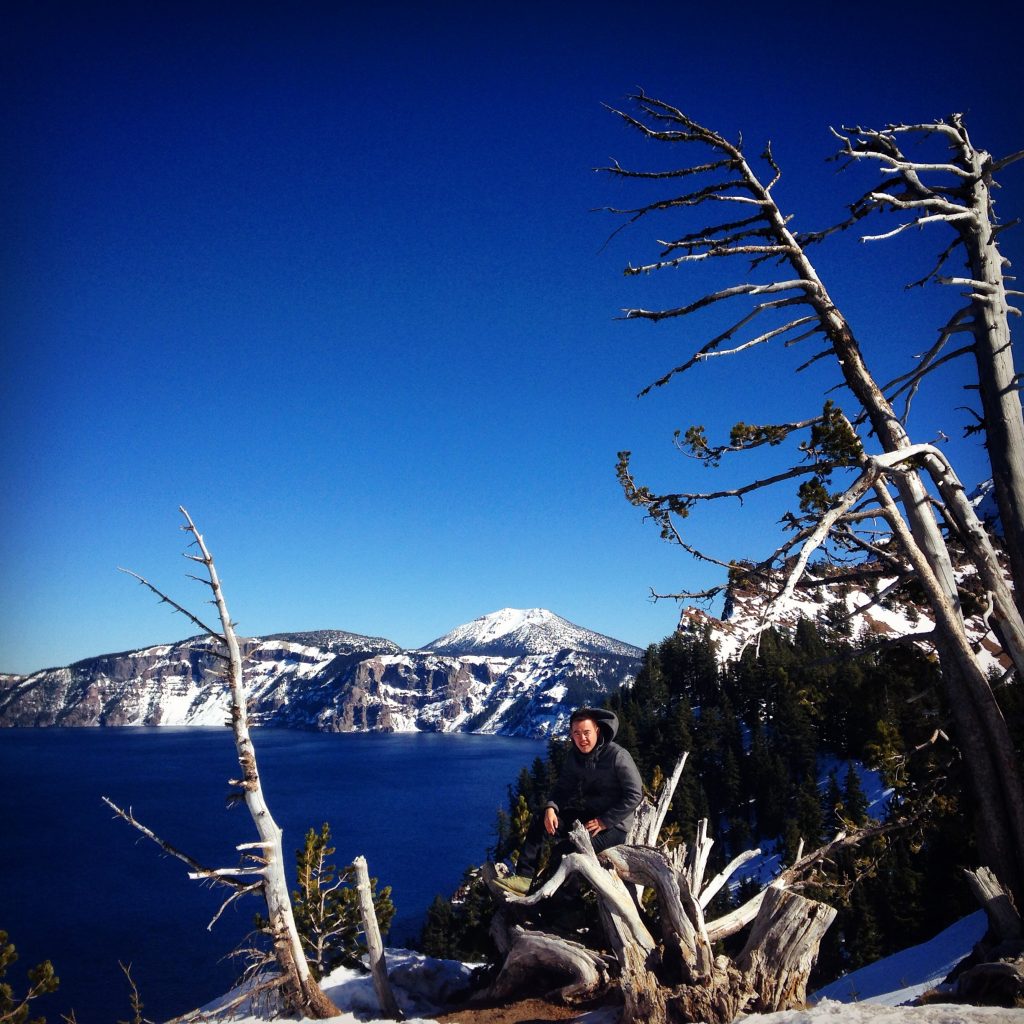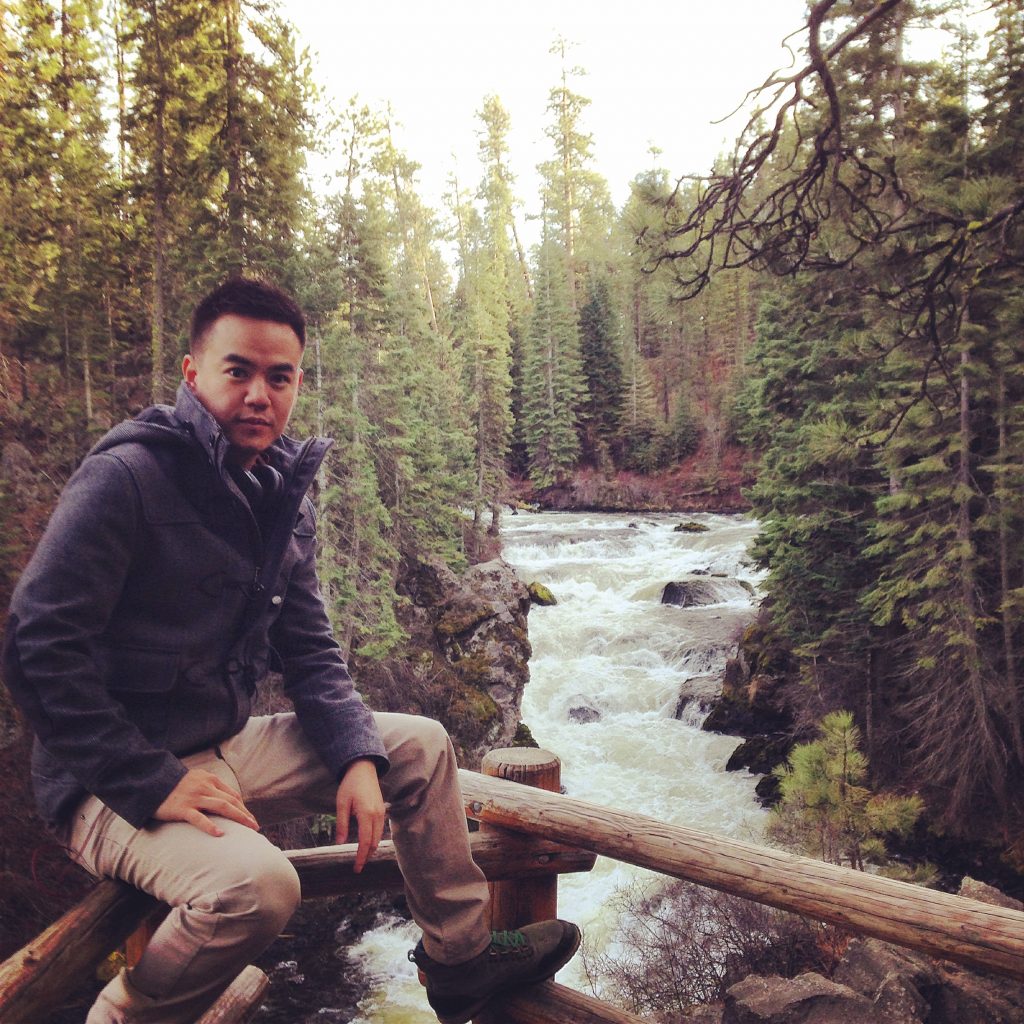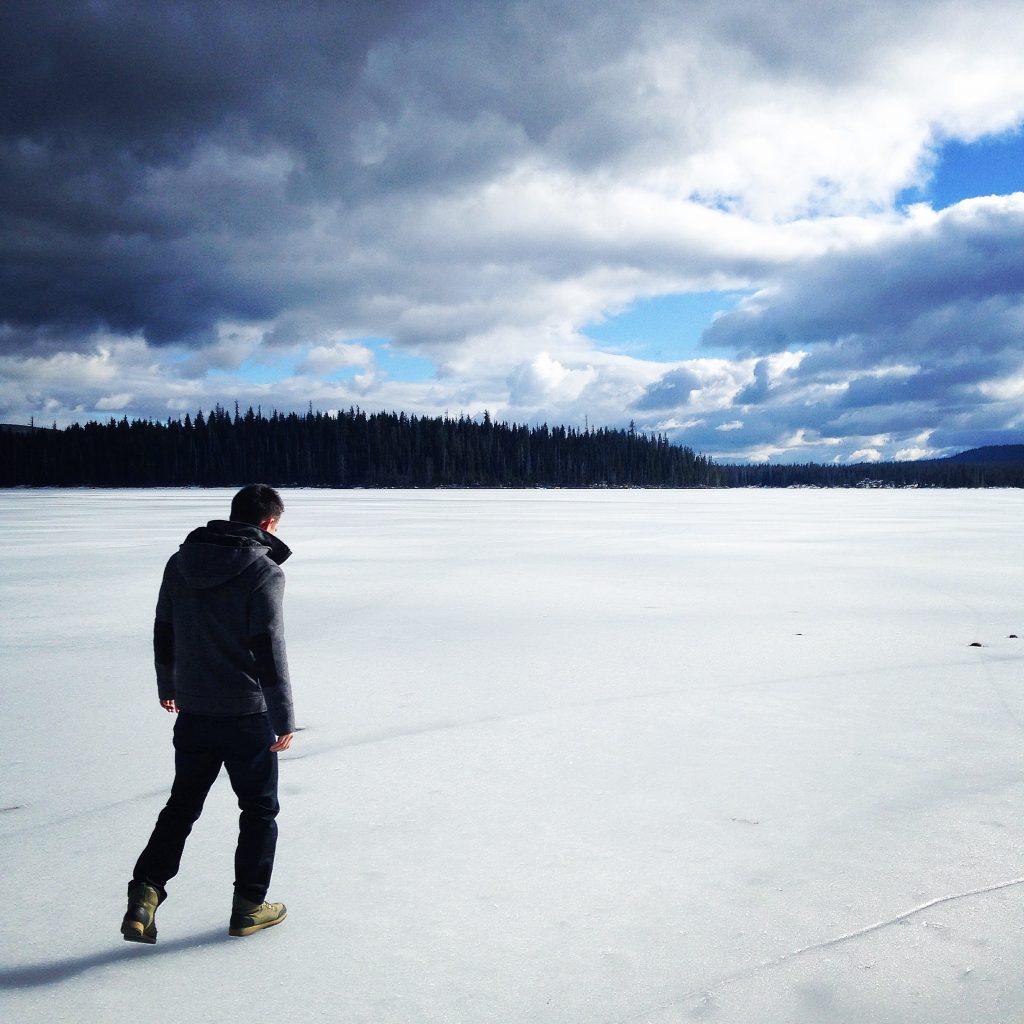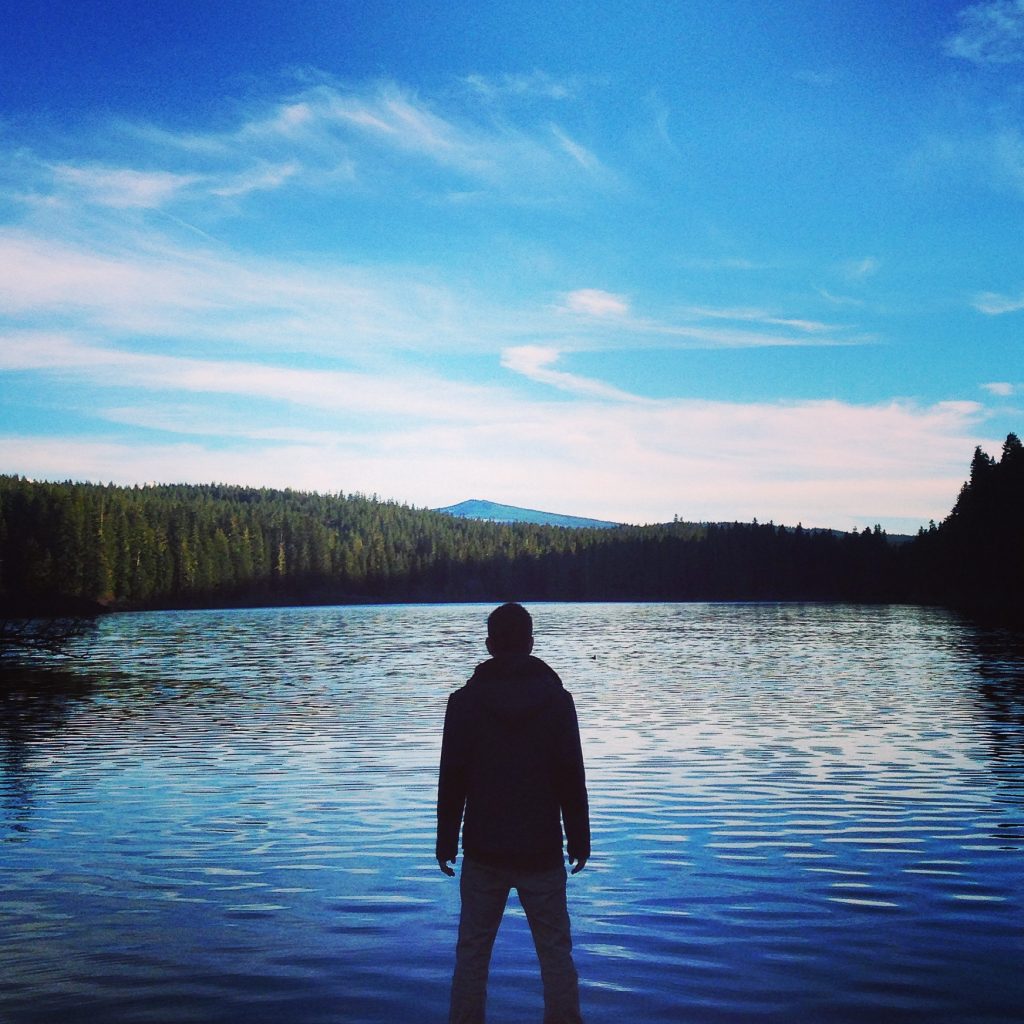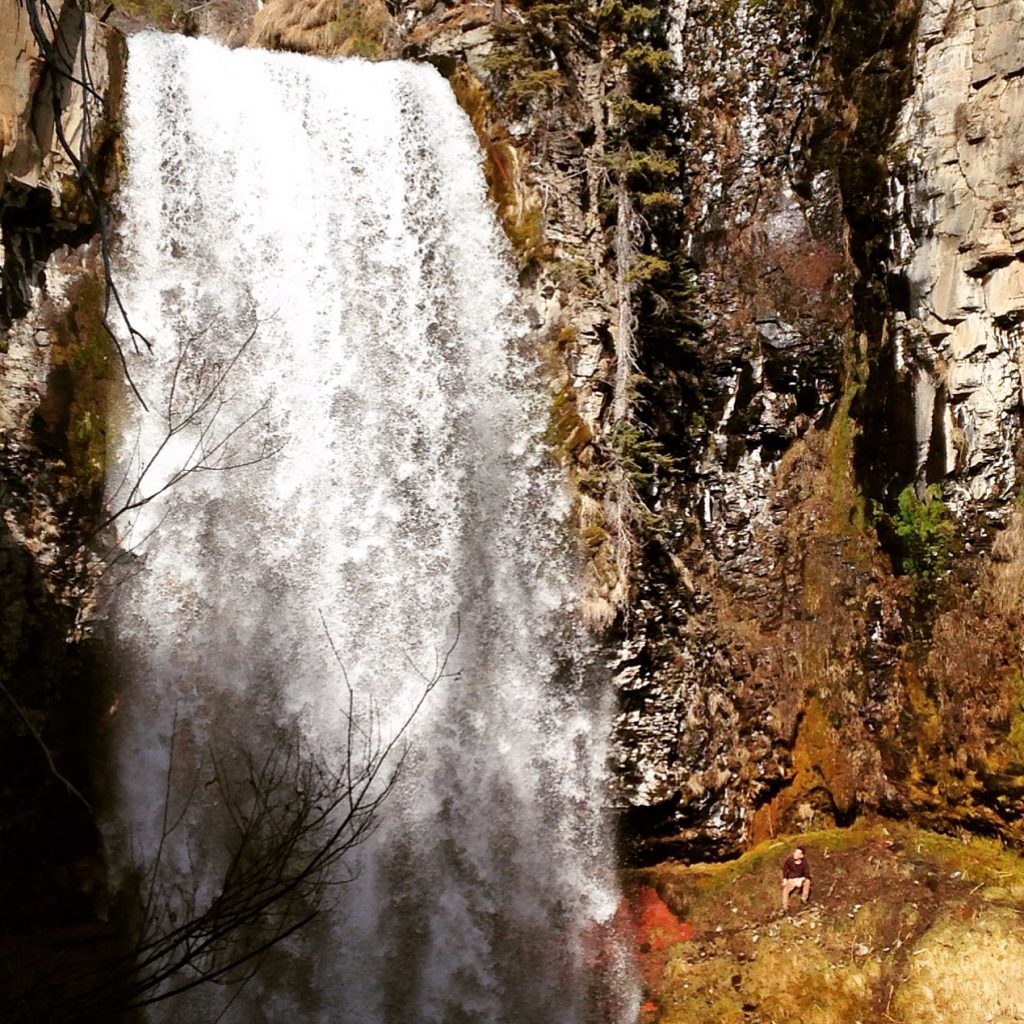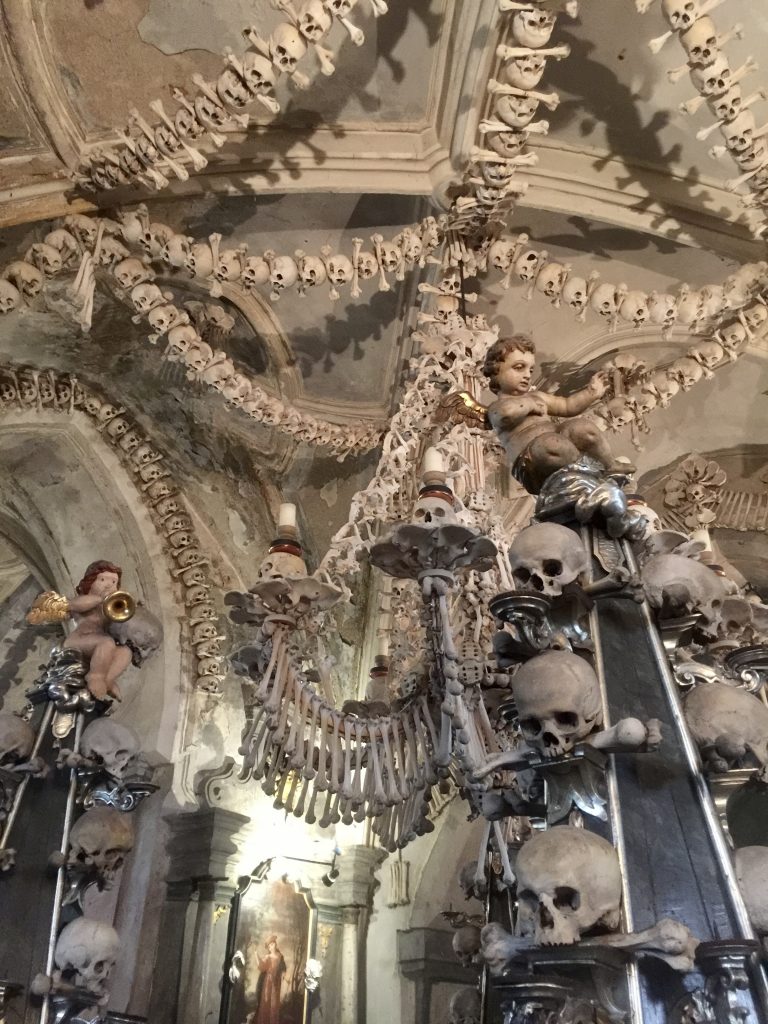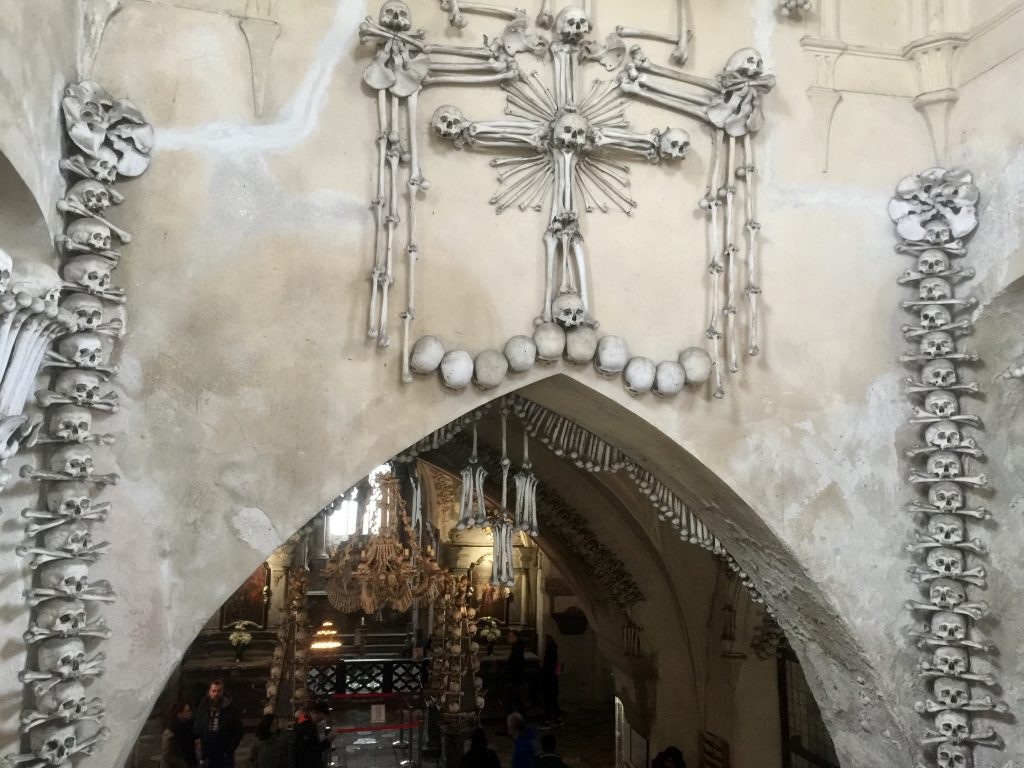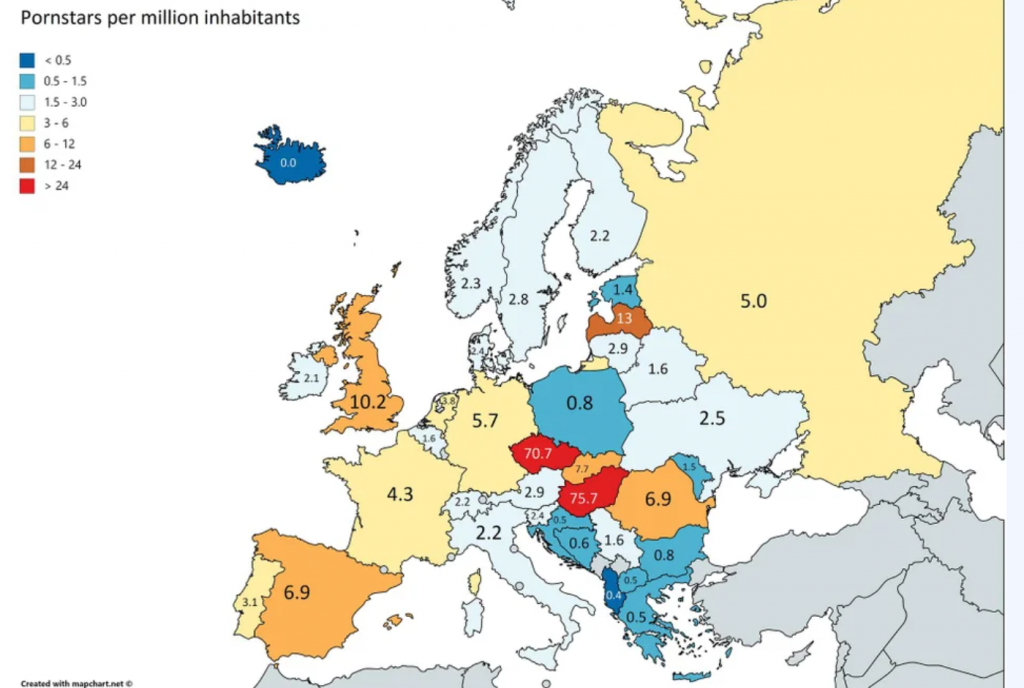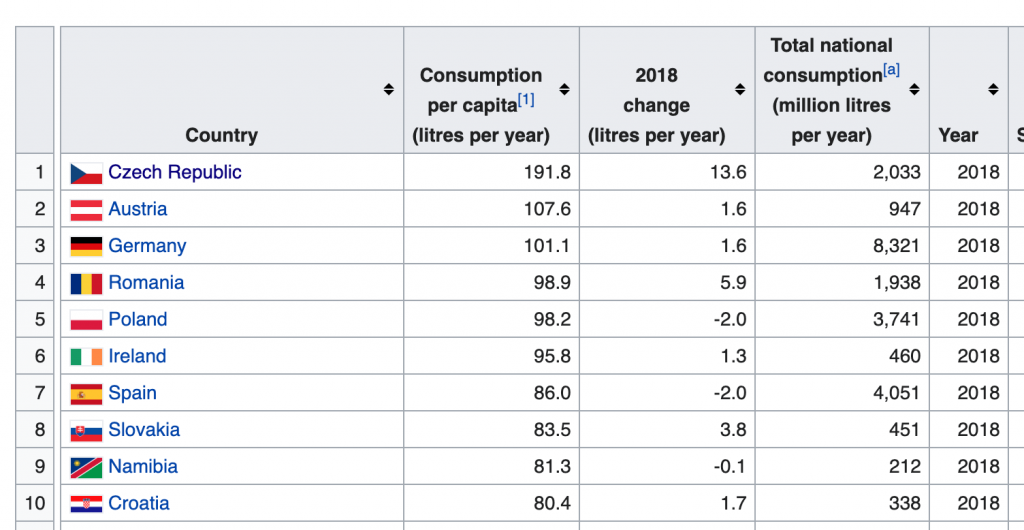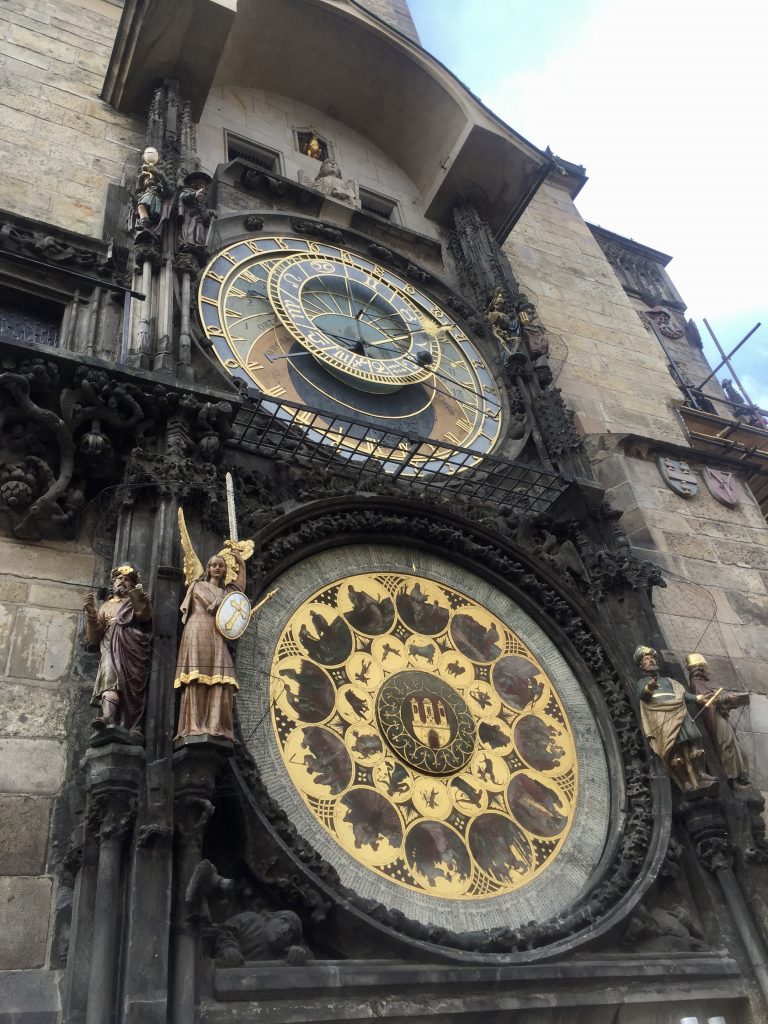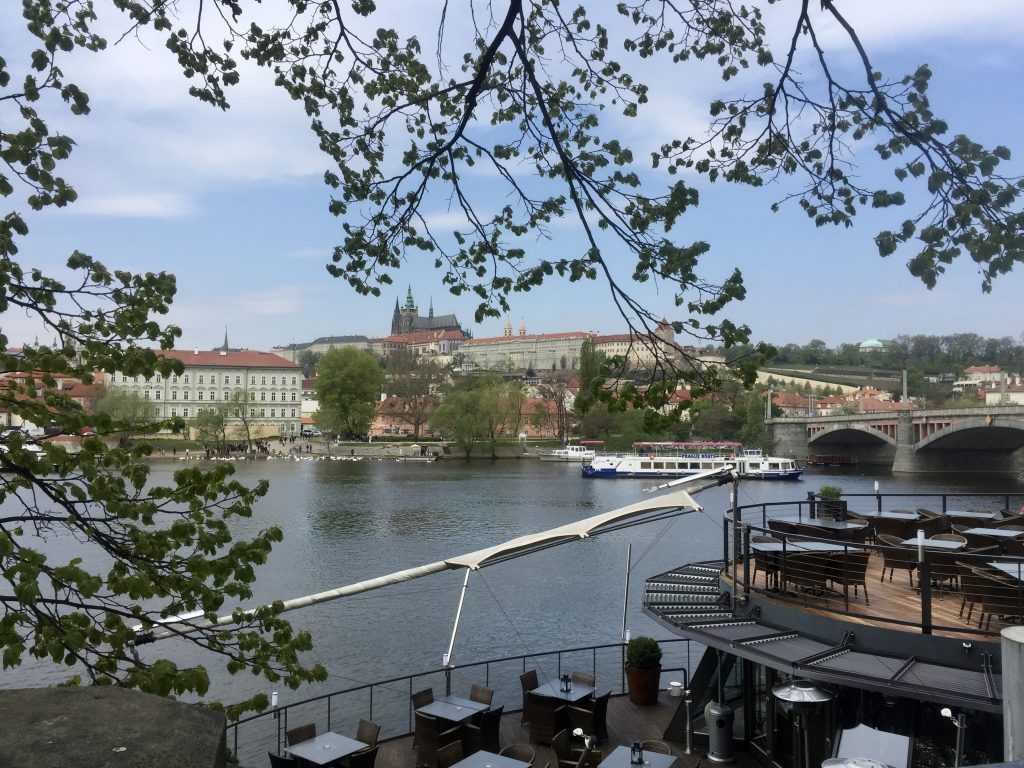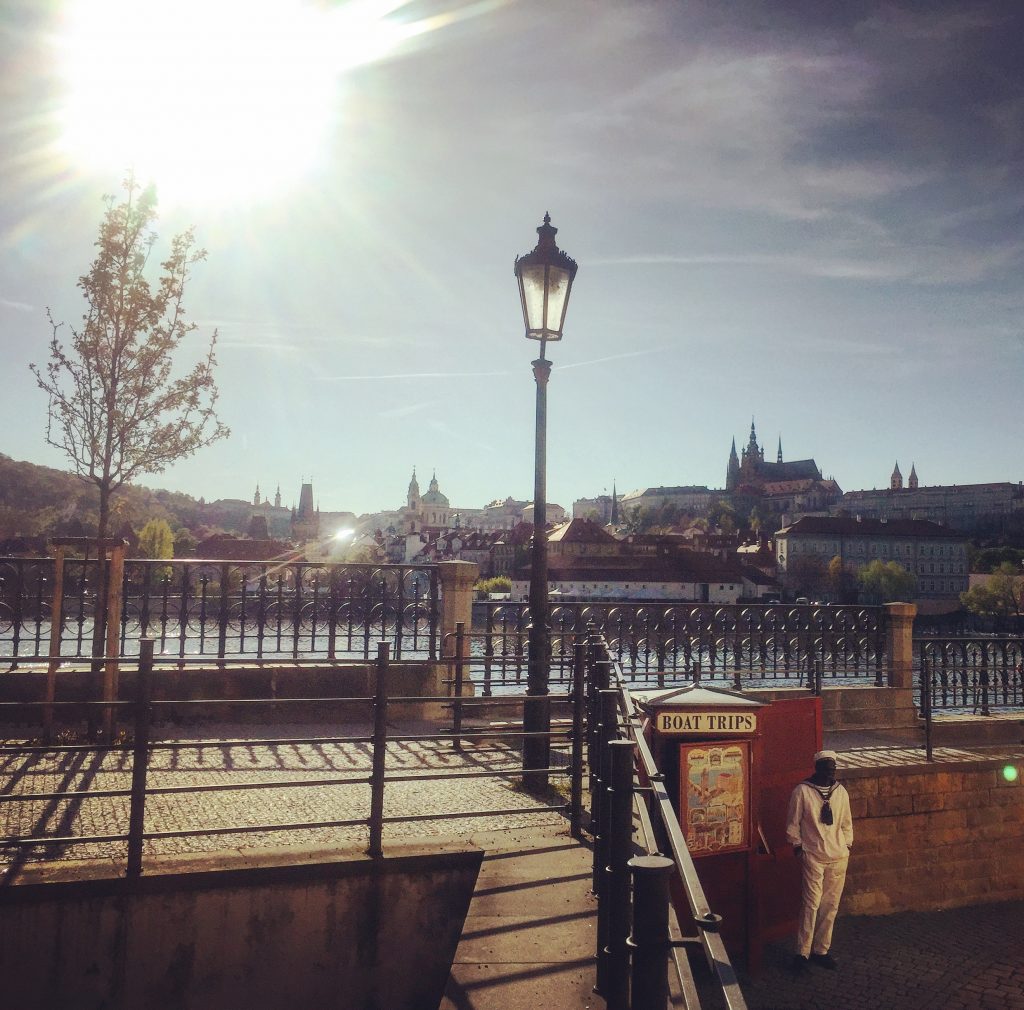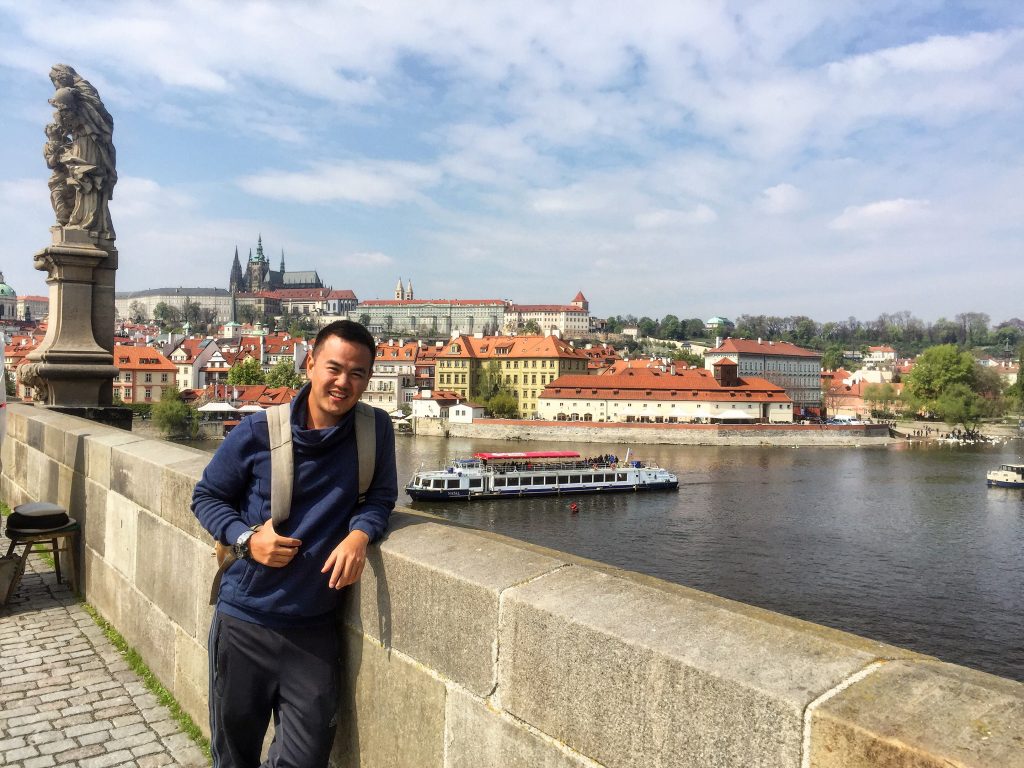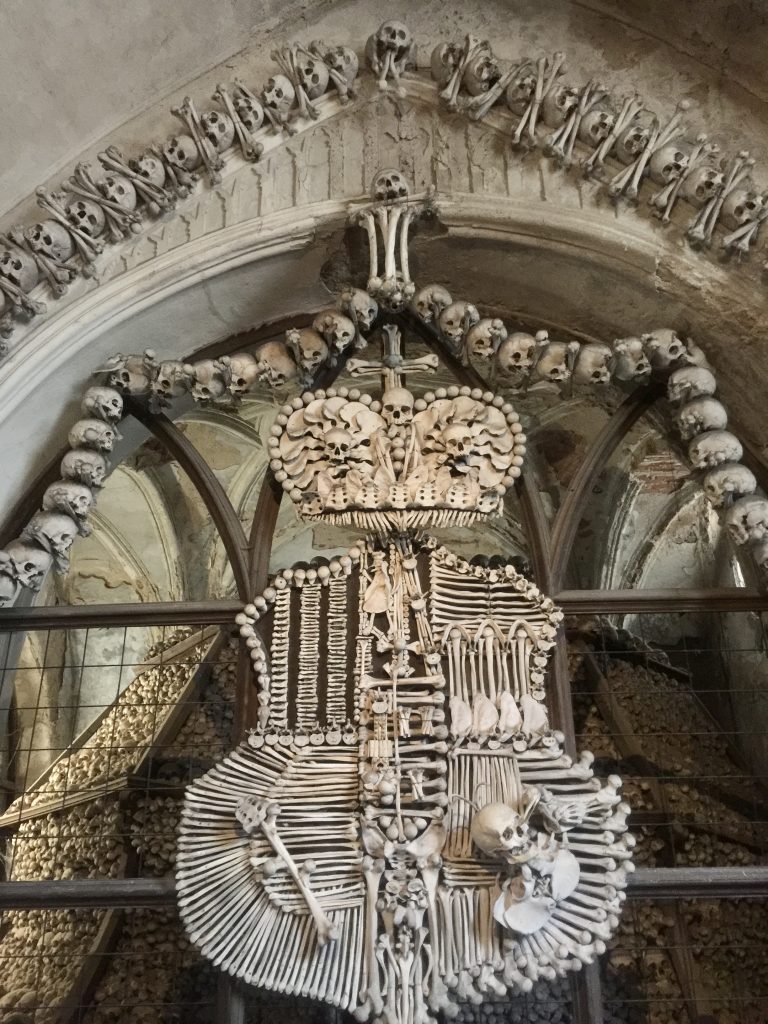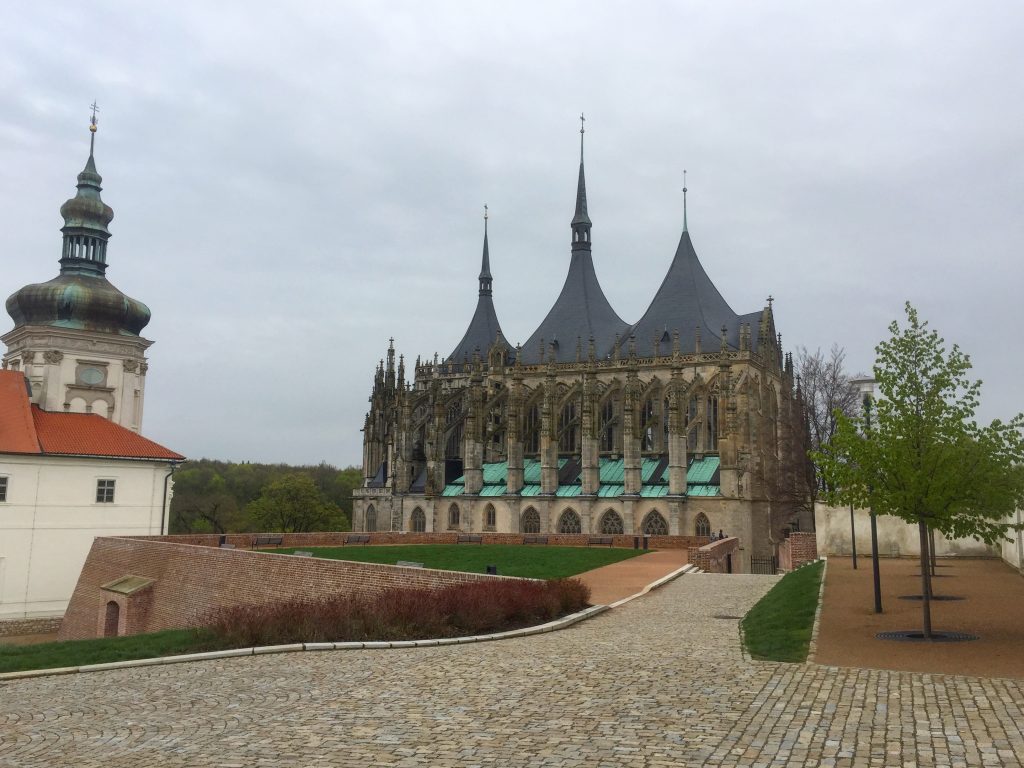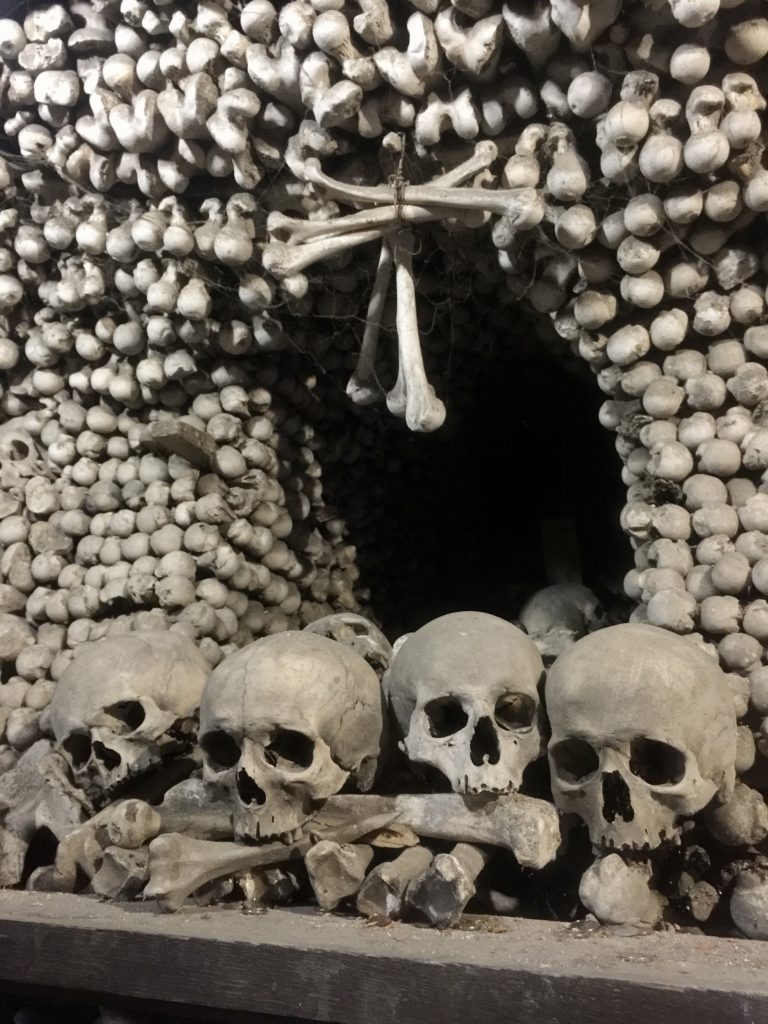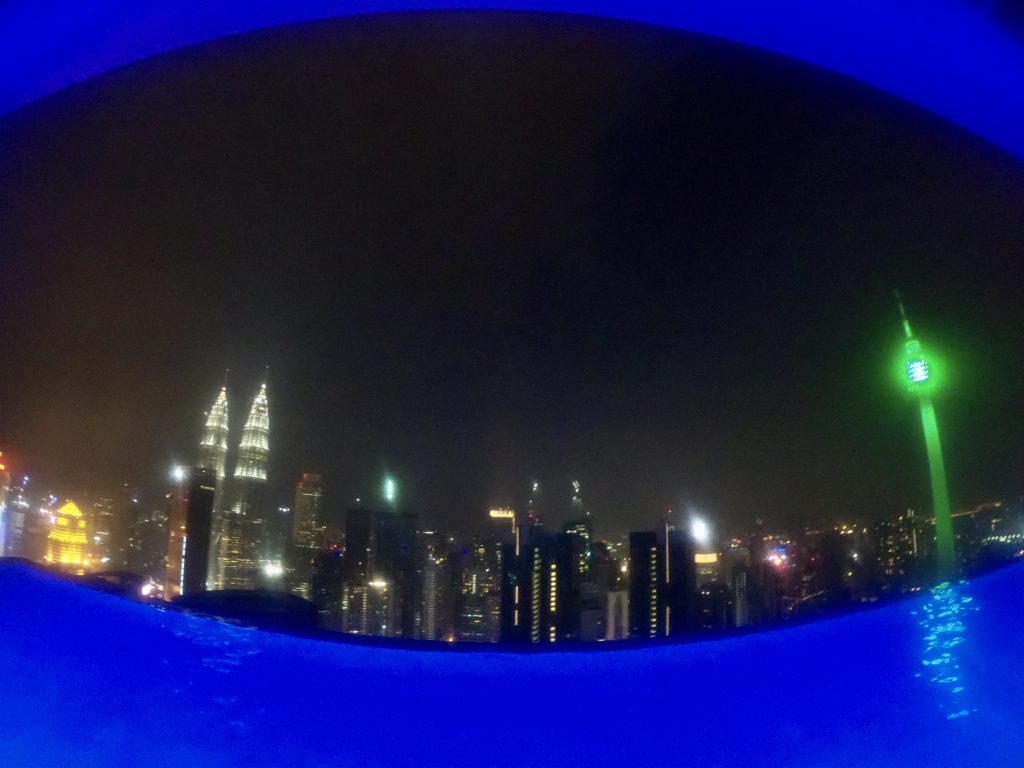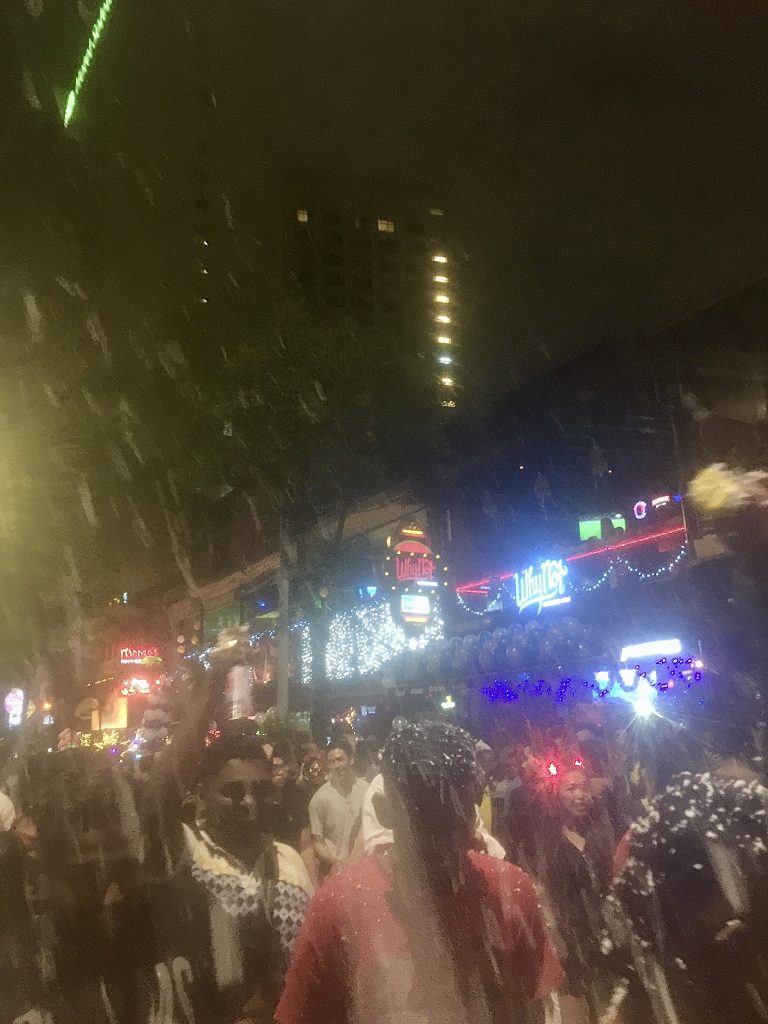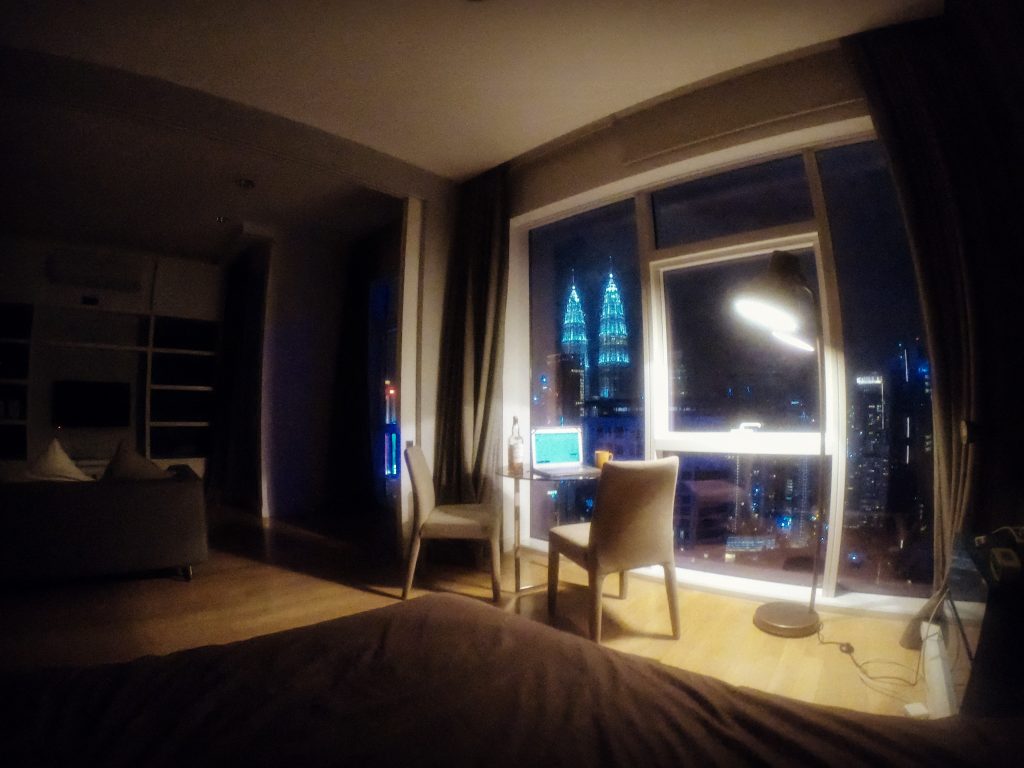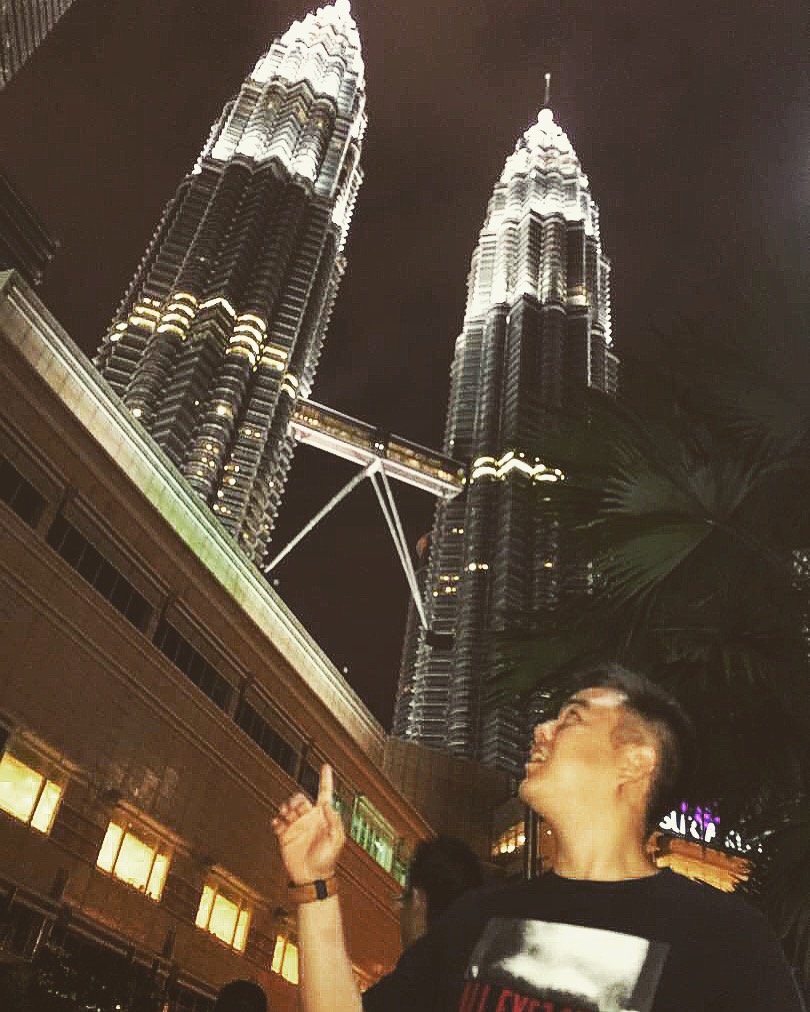“Istanbul: A city where two continents collide, a clashing of cultures effervescent as the tide.”
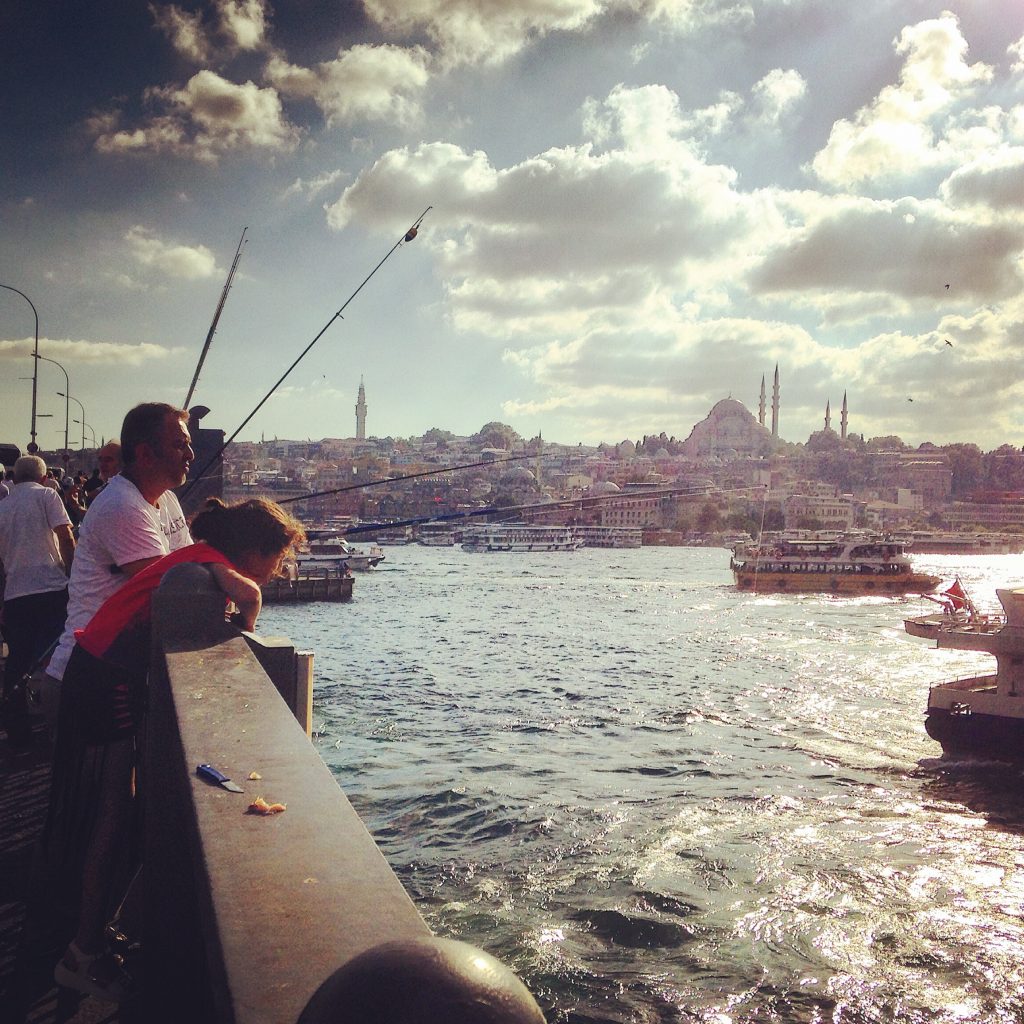
Separated by the Bosphorus strait, the world’s narrowest waterway for international navigation, Istanbul has the distinction of being the only major city located on two continents.
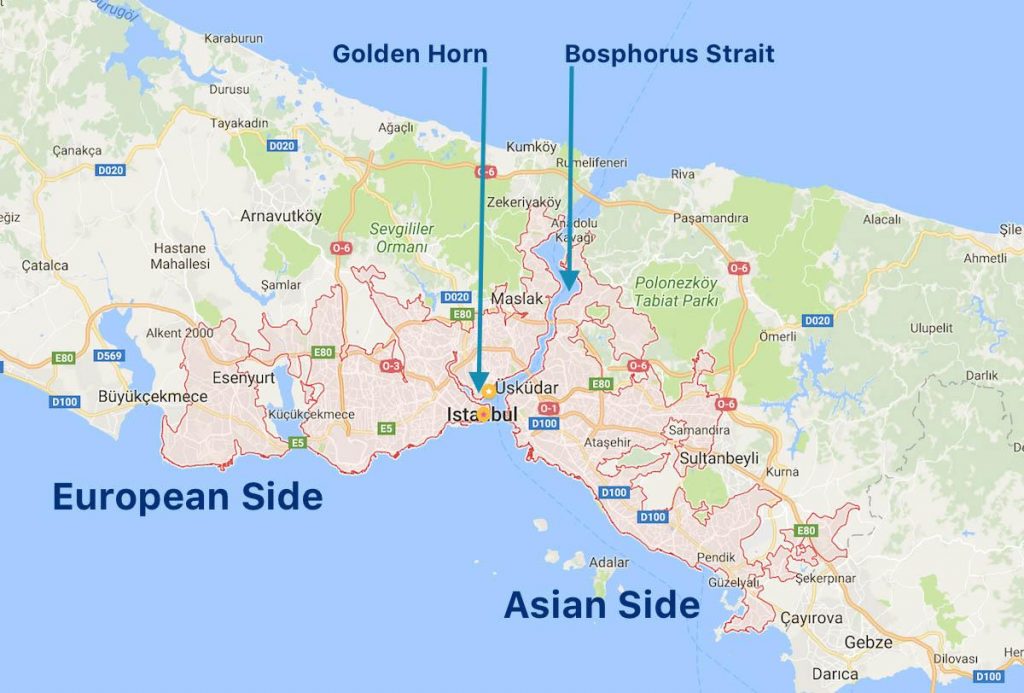
Speaking to the locals, you get a feeling that they’re culturally ambiguous — with some identifying as Asians, others Europeans, and the rest ambivalent. Though only 5% of Turkey’s landmass today is on the European continent, during the age of the Ottoman Empire, they extended far into modern-day Greece, Romania, Bulgaria, and Hungary — leading to inevitable ethnic mixing and a shared cultural history today.
Coming from a Korean background, which is one of the most ethnically homogenous countries in the world (at over 99% Korean), it’s always fascinating for me to travel to countries or cities that are more diverse in makeup. Plus, being raised in the contemporary suburbs of California, I’ve always possessed a profound intrigue to explore places that are more historic in nature, based on thousands of years of living cultural history.
So spending a month in Istanbul definitely met my criteria in terms of being a destination that would be otherworldly given my background.

Built in 537, the Hagia Sophia is emblematic of Turkey’s diversity. Originally designed as a Christian Cathedral by the Greeks, it transformed briefly to a Roman Catholic Church between 1204-1261 (when Christian crusaders placed a prostitute on its altar, raped all the women they could grab, and plundered all its gold, silver and jewelry). Then in 1453, the Turkish Islamic Sultan, Mehmet II, rode in by horse and declared it a mosque (killing more than 20,000 in its atrium who were seeking refuge). In 1935, the secular Turkish Republic converted the Hagia Sophia to a museum, and in 2020, it’s most recent president re-opened it as a mosque.
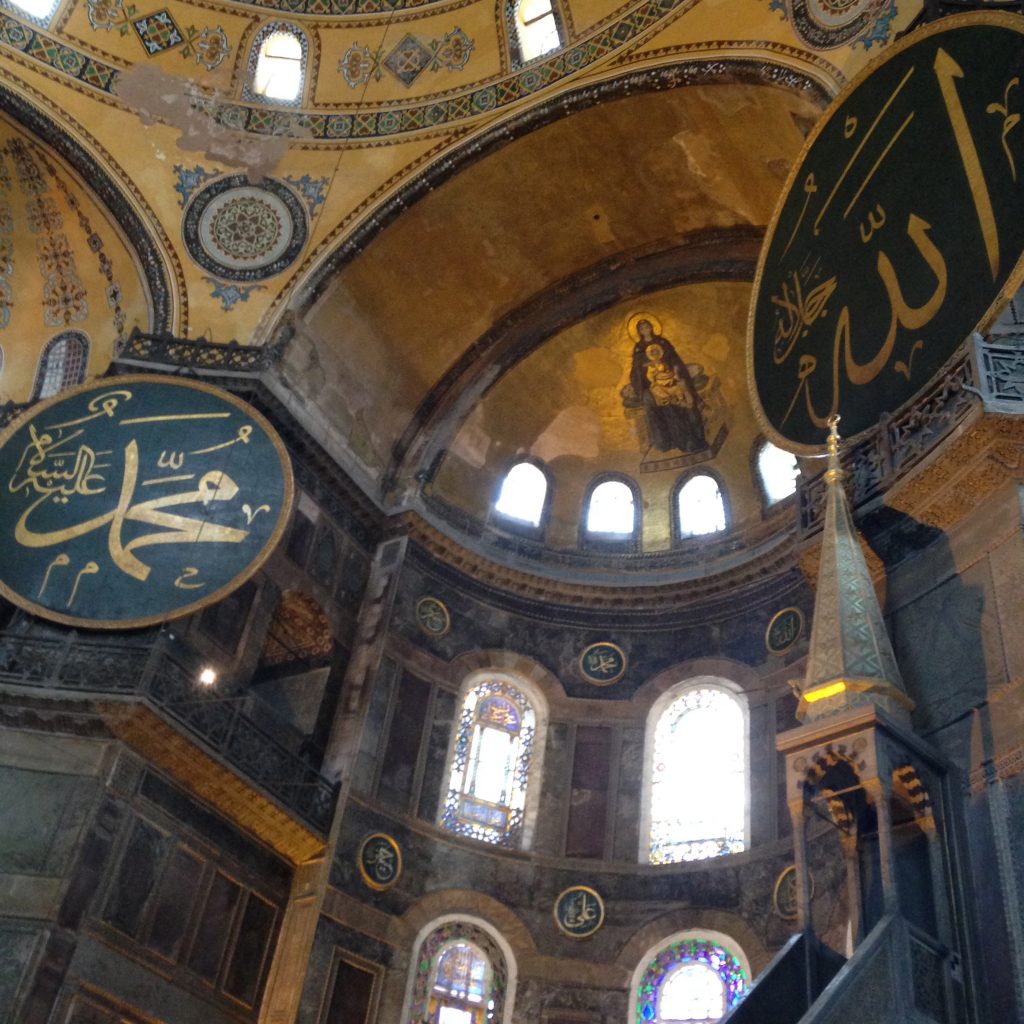
Quite a tumultuous history. I find it ironic that a house of worship was used for desecration, murder, and rape. It goes to show religions have more in common than we think, for, in the end, it is powerful men dictating their tenets.
It also goes to show that the world is much safer today than we think. In our current partisan climate, many people view the world as more divisive and violent than ever, to which my response is that they need to read a history book. At least today we’re not outright killing each other by the thousands in places of worship. To me, that’s progress.
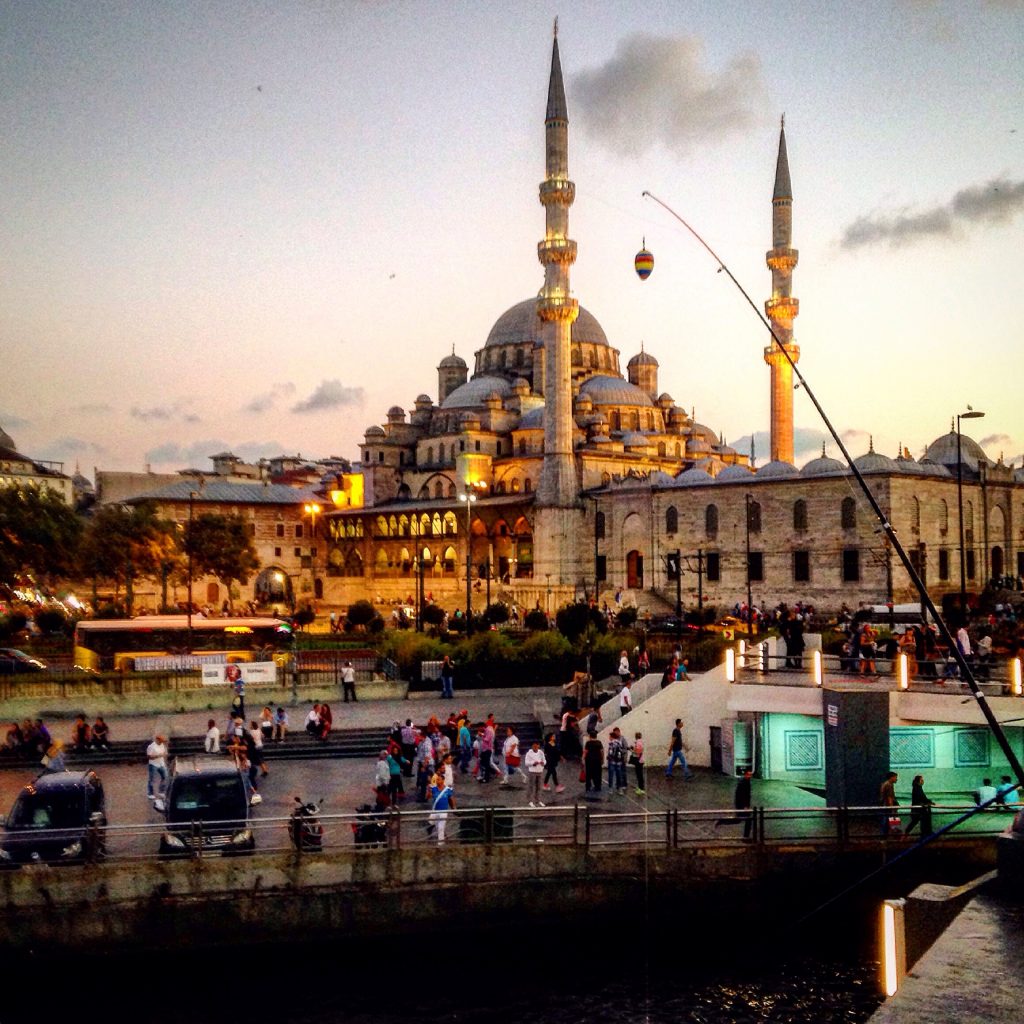
There are several other landmarks of interest dotting around Istanbul, including the Blue Mosque, Topkapi Palace, and Grand Bazaar. Istanbul has a great number of tourist attractions to see, and I’d say a weekend trip would be too short to get a feel for the city.
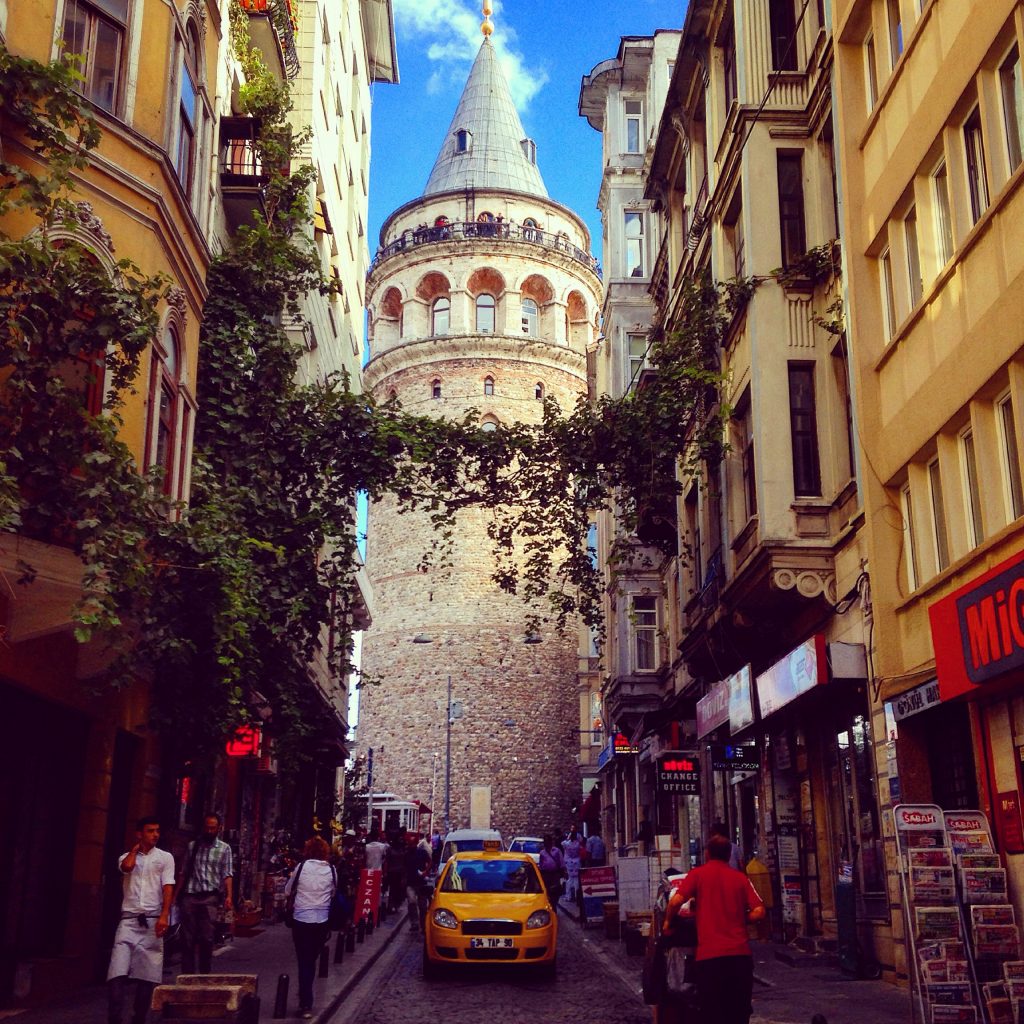
The Galata Tower rises over the skyline on the other side of the mosques, and its narrow pathways are cool to walk through. As a person who prefers walking as opposed to taking a car when sightseeing, Istanbul is one of those cities in which you can get lost in its streets, each corner providing you a different view.
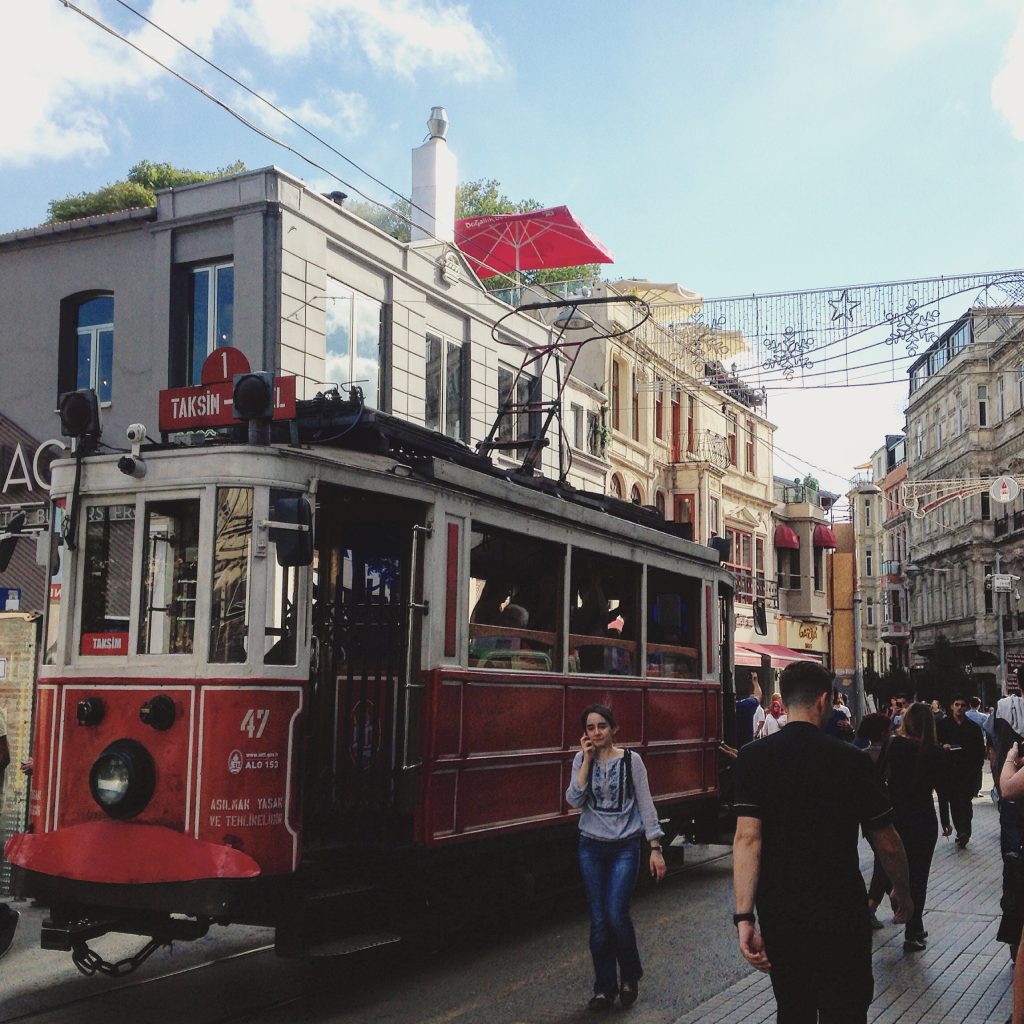
Taksim Square above is a leisure district famous for its shopping, restaurants, and hotels. The Asian side of Istanbul houses more of its nightlife and, contrary to what you may think being in a Muslim country, the bars and clubs stay open late.
On a random night out with Saudis, I think I got drugged by one of them and awoke to a $800 bill from a club I don’t remember visiting. The next night, I went into the place with two policemen and my Airbnb host to act as my translator. It’s one of those peculiar cultural moments where you realize you’re no longer in Kansas. I negotiated with the boss for over an hour in his private room and, fortunately, secured a refund.
Do I regret the encounter? Not really. Experiences like the above make your travels memorable. And I got to know my Airbnb host, a guy around my age, much better after the experience.
As a solo traveler, you end up in the oddest of scenarios at times, adding a touch of the surreal to a life filled with routine.
And to get out of your comfort zone, spending your time in Istanbul will be an eye-opening experience. It’s a city that offers a conglomeration of history, modernity, cuisine, nightlife, and activities, making it difficult to summarize in a brief word or two. Even my memories are getting vague as the years pass.
Overall, I’d say it’s what you were expecting but different too, adding a touch of the familiar with a different view.
